The Sunshine State Hawaii - travel planning and arrival:
The trip to Hawaii was planned for 17 days. The journey was made by flight from Frankfurt, with a stopover in Seattle on the island of Maui. After five wonderful days on Maui, curiosity about the Big Island was great. I was curious what the main island of Hawaii had to offer.
The arrival on the Big Island:
For the duration of my stay, I have also booked a standard rental car with pick-up and drop-off at the airport.
After arriving in Hilo and picking up the rental car, we went to Pahoa and further to the Leilani Estates, to the reserved accommodation.
The accommodation on the Big Island:
Tour to Kilauea Volcano, the most active volcano on the Big Island:
Kilauea's summit elevation of 1.247m isn't particularly impressive, in contrast to its activity. When you arrive in the national park, you can see smoke rising in the volcano's summit crater from afar.
At the roadside you can find rows of so-called steam vents. These are steam vents that allow warm to hot steam from the volcano to escape.
From the Jaggar Museum on the edge of the Kilauea caldera, you have a fantastic view. From here you can see over the volcanic plateau, the Halemaʻumaʻu Summit crater and the lava lake.
Depending on the day, the lake was filled with lava to different heights and sometimes not even visible. That day it was almost filled to the brim.
The Chain of Craters Road through the Kilauea crater landscape:
Underneath the caldera, where the lava has already turned into fertile soil, the road is surrounded by untouched tropical forest.
The first stop on the way to the sea is at the Thurston Lava Tube, a gigantic lava tube from an earlier eruption.
As everywhere on the Hawaiian Islands, the route is well signposted and therefore easy to find.
The interior of the tunnel, which is more than two meters high, is sparsely lit. Sometimes water drips through the ceiling and the roots of the plants make their way inside the tube.
Fascinating the force with which the hot lava eats its way through the earth. The Thurston Lava Tube is a short loop trail with parking right off the Chain of Craters Road. It takes about 20 minutes to walk through.
When looking over the cliff, one can discover the Hōlei sea arch, which arose naturally from the cooling lava.
The Chain of Craters Road and the Crater Rim Drive are ideal places to watch breathtaking sunsets.
The smoke drawn down from the active eruption craters Halemaʻumaʻu and Puʻu ʻŌʻō creates a very special color effect.
At the Maku’u Farmer’s Market:
The next morning started slightly cloudy. Ideal to mingle with the locals at the Farmer's Market in the morning and watch the sales.
Every sale is viewed critically and very carefully here ...
After a tour around the market, a detour to the airport in Hilo was planned. I wanted to inquire about the conditions at the providers for sightseeing flights.
Helicopter flight over the Big Island and Kilauea:
The start was already planned in 20 minutes, so the sightseeing flight could be integrated into the day's program without wasting time and so much in advance:
It was an absolutely fantastic and unforgettable experience.
As soon as we have left the Iki crater behind us, the view of the caldera at the summit of Kilauea becomes clear. An explosion mushroom escapes from the Halemaʻumaʻu crater, which unfortunately obscures the view a little.
Puʻu ʻŌʻō crater. From here the lava flowed off into the ocean at Kalapana.
Through the open side window on the helicopter, one could feel the escaping heat of the eruption while flying over it.
Akaka Falls State Park:
After a few hundred meters you have a clear view onto the 135 meter high Akaka waterfall, which thunders down into the depths.
Drive on the Mauna Kea:
After discussing it with the owner of the accommodation, you can also go solo on the highest mountain in Hawaii at 4205 meters. If you measure the mountain from the sea floor, it is at an impressive 10,203 meters, even the highest mountain on earth.
The island of Maui can be seen in the background.
After a short walk around the summit, it was time to descend. I wanted to at least be back at the Visitor Information Station before the excursion vehicles that set off for the summit in the afternoon.
Hard braking or swerving is not a good idea on the Mauna Kea Summit Access Road.
Once at the bottom, the gigantic volcano shows itself again from its most impressive side.
From Mauna Kea the way led back to the accommodation via Kailua-Kona and Kilauea.
The next day sank in the tropical rain, so that the time could be used to plan the next few days in advance.
Hawaii Tropical Bioreserve & Garden:
Hike to Kalapana Lava Ocean Entry:
For the afternoon and evening, the hike to the Kalapana Lava Ocean Entry was on the program. The way from the parking lot is just about three kilometers long. You can either rent a bike or walk for the route along the gravel path.
When the hot lava comes into contact with the sea water, a gigantic, poisonous cloud of steam, a so-called laze, is created.
Despite the safety distance, the heat is clearly noticeable.
Devastation Trail and drive to Southpoint, the southernmost point of the USA:
Although the entire landscape was devastated, new life is gradually returning and plants are conquering the new habitat.
After the short but interesting circular route, we went to the southern tip of Hawaii, the southernmost point of the USA.
The ecosystem at Kipuka Puaulu is a particularly protected area. Here you can observe rare animals and plants on a short circular route.
The Kau coffee factory also invites you to take a break on the way. Here, right next to the coffee plantation, the Hawaiian coffee is made and you can taste a wide variety of products.
Lava Tree State Park, Kilauea Iki Crater and Jaggar Museum visit:
Here are tree stumps covered in lava, some of which sprout again after several years or decades and awaken to new life.
After walking through Lava Tree State Park, the next goal was to cross Kilauea Iki Crater.
The last eruption at Kilauea Iki Crater so far took place in 1959.
At the start of the hike you have a great view, both of the Iki crater and over to the active Halemaʻumaʻu crater at the top of the summit.
Again and again one finds holes and crevices from which the hot gases of the volcano escape. The activity of Kilauea can also be clearly felt in the Iki Crater. Nevertheless, plants also occasionally use the faults in the Iki crater as a new habitat.
After crossing the Iki, it was time for lunch at Vulcano House. After the snack there was the opportunity to learn more about volcanic activity and its connections on the Big Island in the Jaggar Museum and along the caldera.
Along the caldera there are numerous crevices, the steam vents, from which steam and gas escape from the interior of the earth.
Despite the fumes, the Kilauea caldera is littered with grasses and bushes. The steaming plants in particular make for a mystical sight. Especially in gloomy weather.
A last look towards the Halemaʻumaʻu crater. After that we drive back towards the accommodation.
Waipiʻo Valley and drive to Maniniʻōwali Beach (Kua Bay):
From the Waipiʻo Valley Outlook the route continued south to Maniniʻōwali Beach.
Maniniʻōwali Beach is a great place to end the last day on the Big Island slowly and calmly. The return flight to Germany is due the next afternoon.
Return to the accommodation via Kailua-Kona:
Drive to Hilo and return flight via Maui and Seattle to Frankfurt:
Then it was time to return the rental car and fly to Maui Kahului. From there it went on to Seattle overnight and, after a 12-hour stay, on to Frankfurt again overnight.
Conclusion:
The 17 days on the islands of Maui and Big Island have passed incredibly quickly. For me it was one of the most entertaining vacations ever.
Despite the fact that the area around Hilo is among the wettest in the world, the weather has almost always played a role. All projects could be implemented without exception.
In particular, the exploration of the Kilauea volcano and the connections between volcanic activity on the Big Island were unique and fascinating.
The perfect contrast to this was the stay on Maui. The time there was shaped more by Hawaiian life in Lahaina or while surfing.
Unfortunately, the journey from Europe is not exactly easy and short. Nevertheless, a trip to Hawaii is a dreamlike and unforgettable experience.

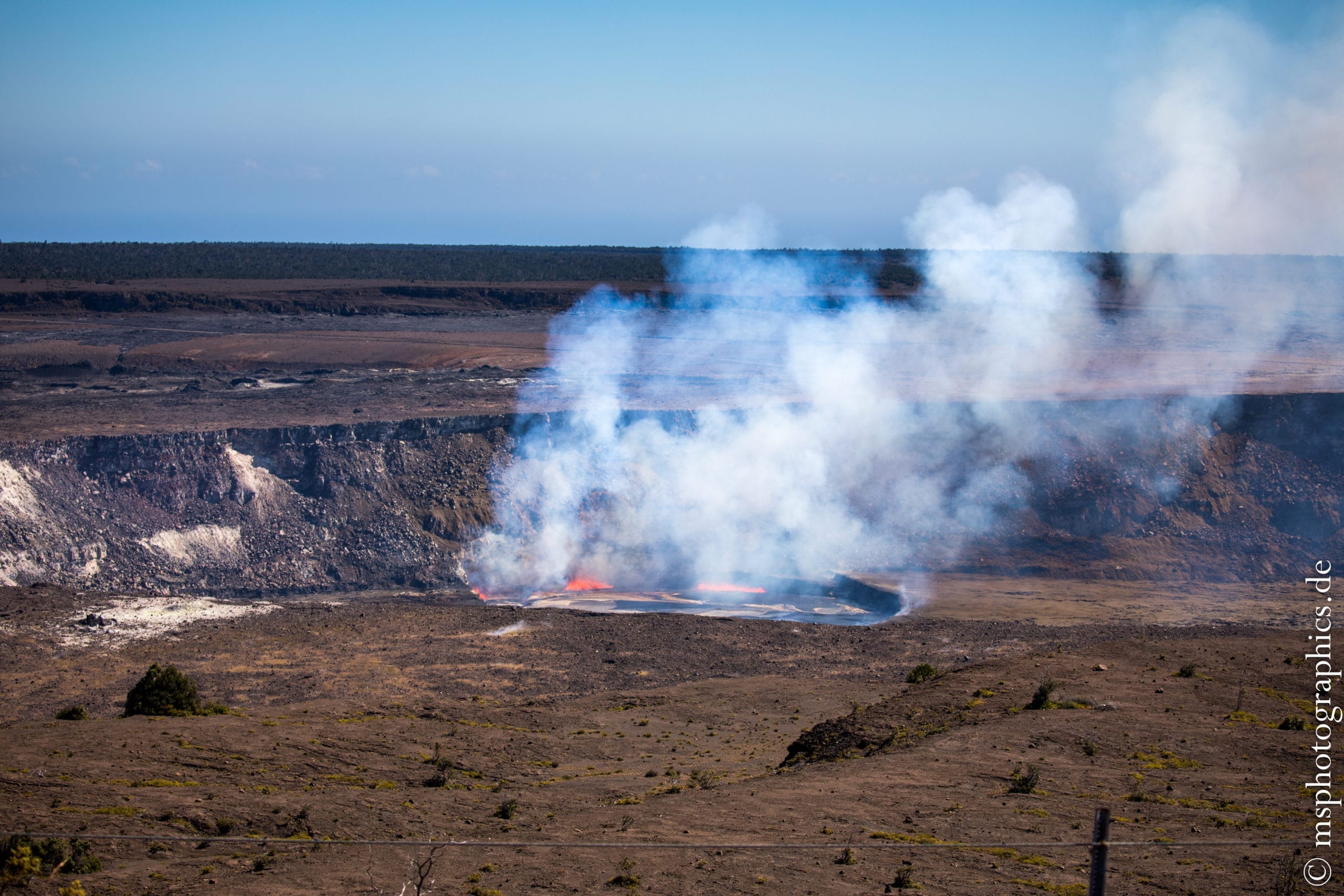
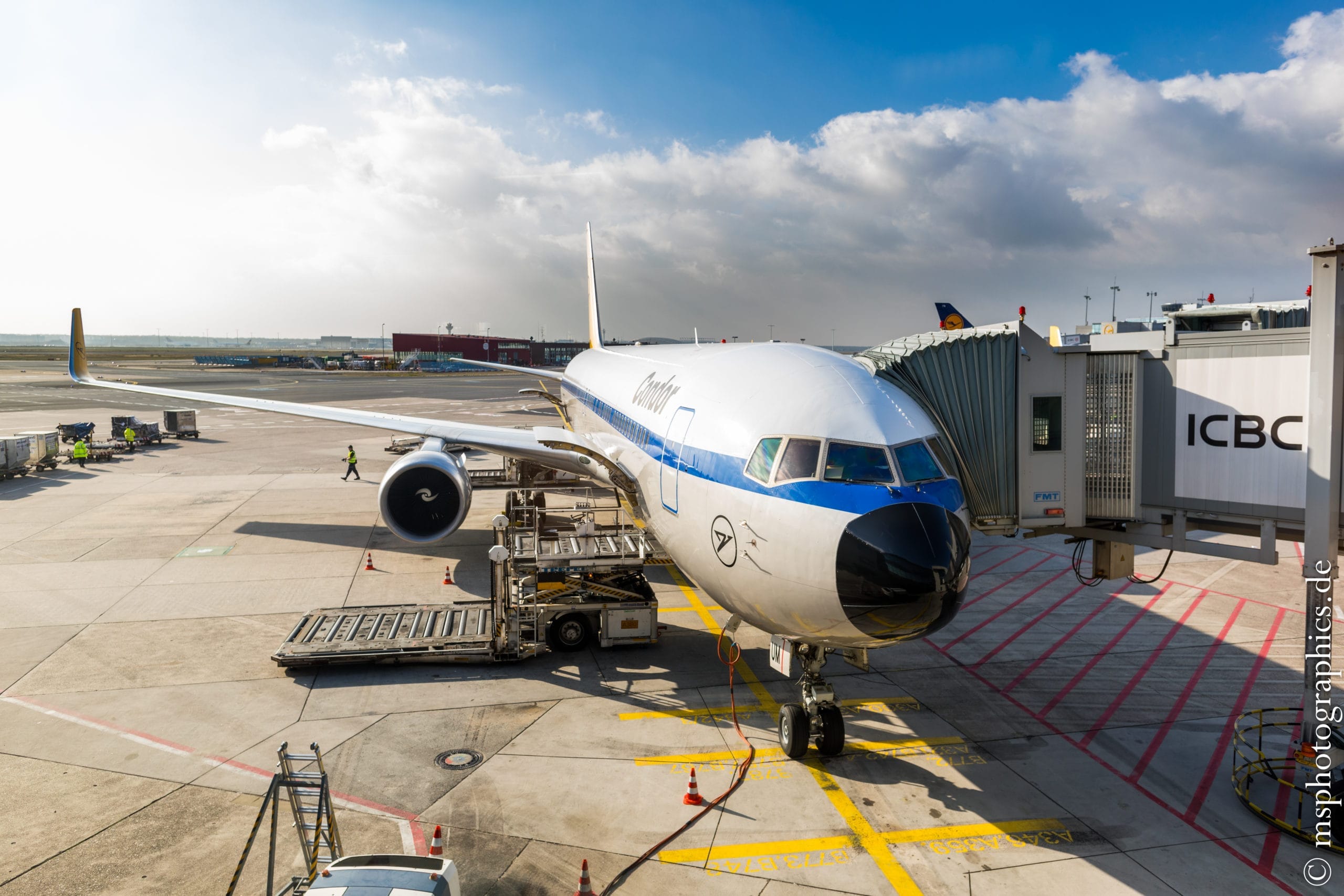
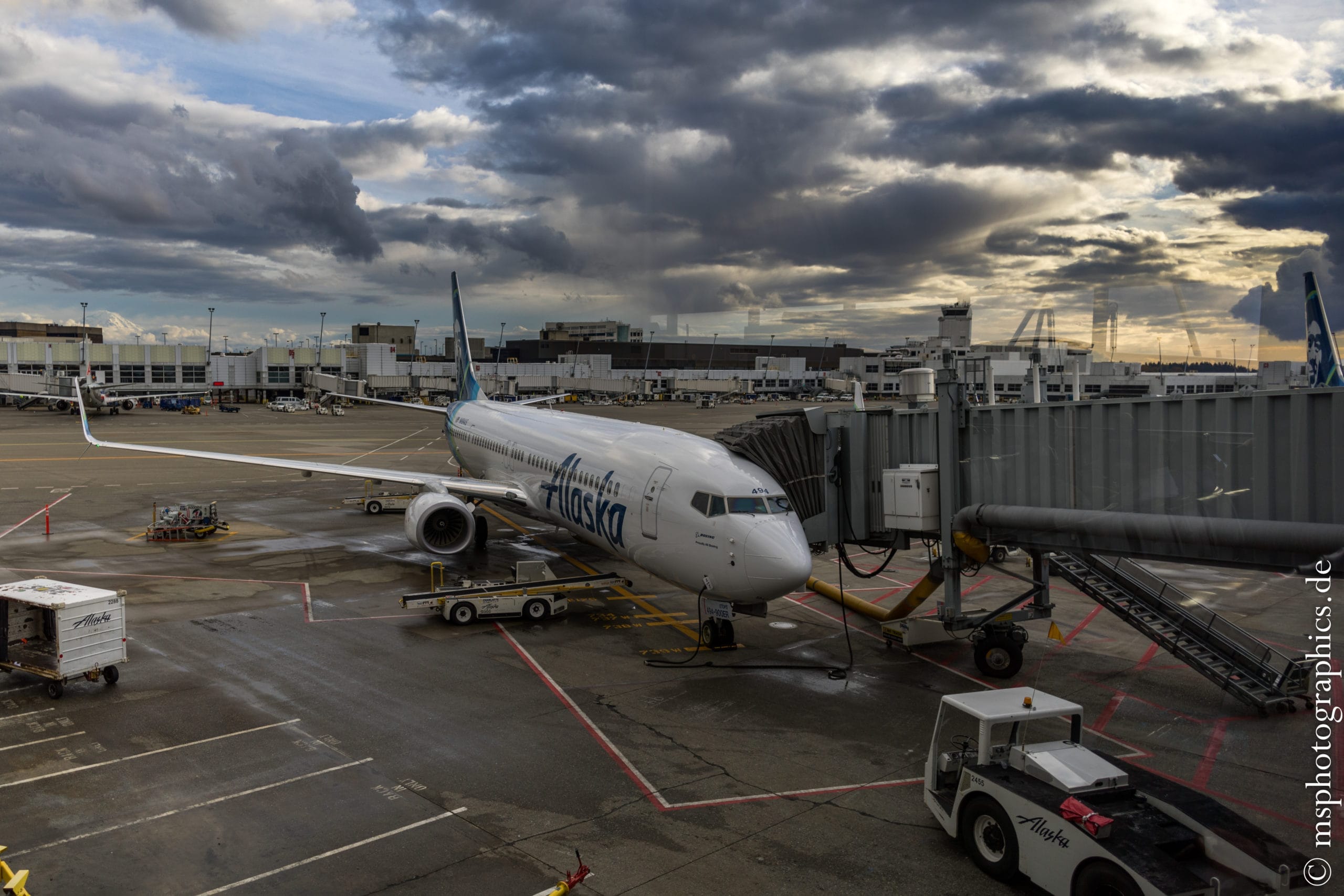
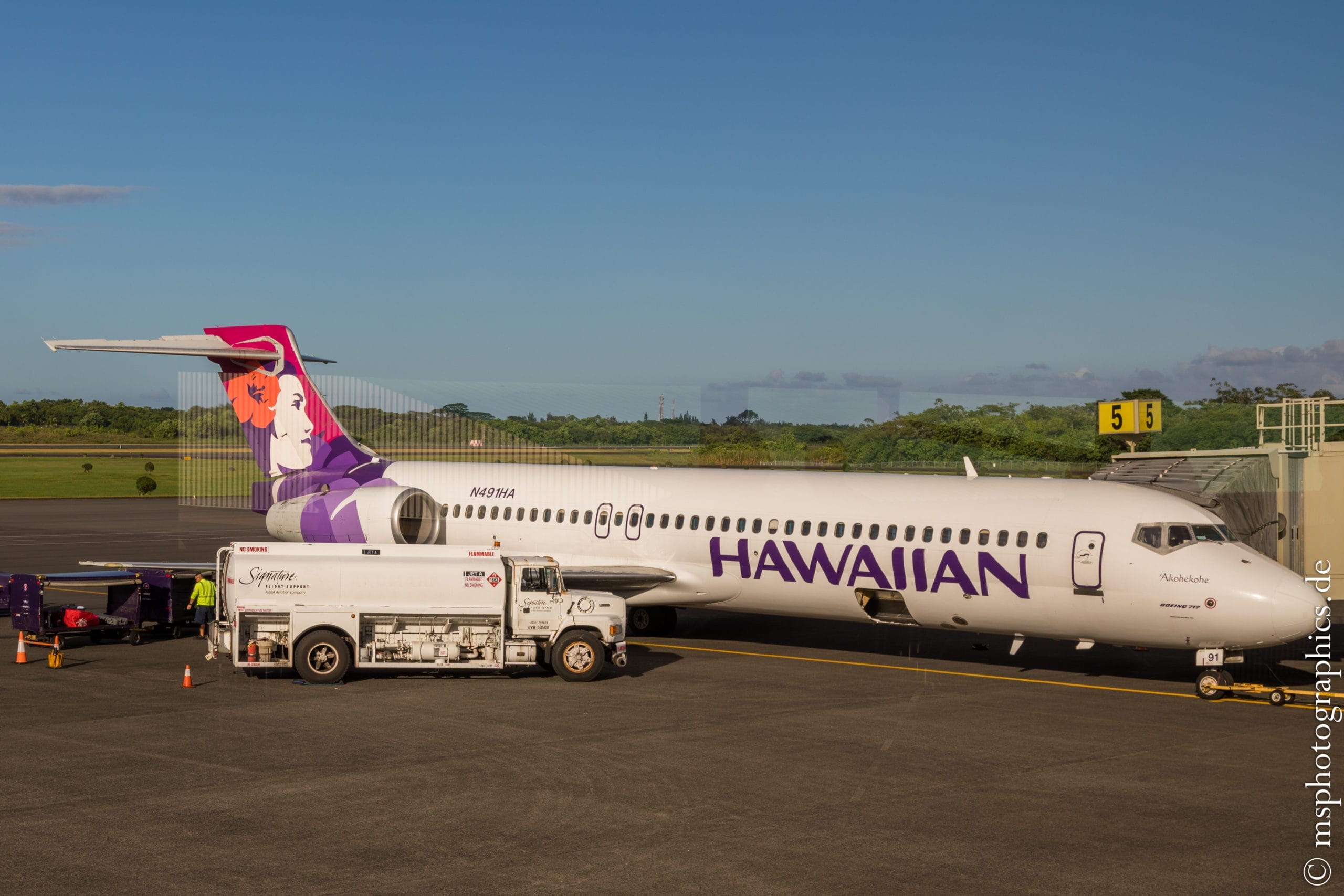
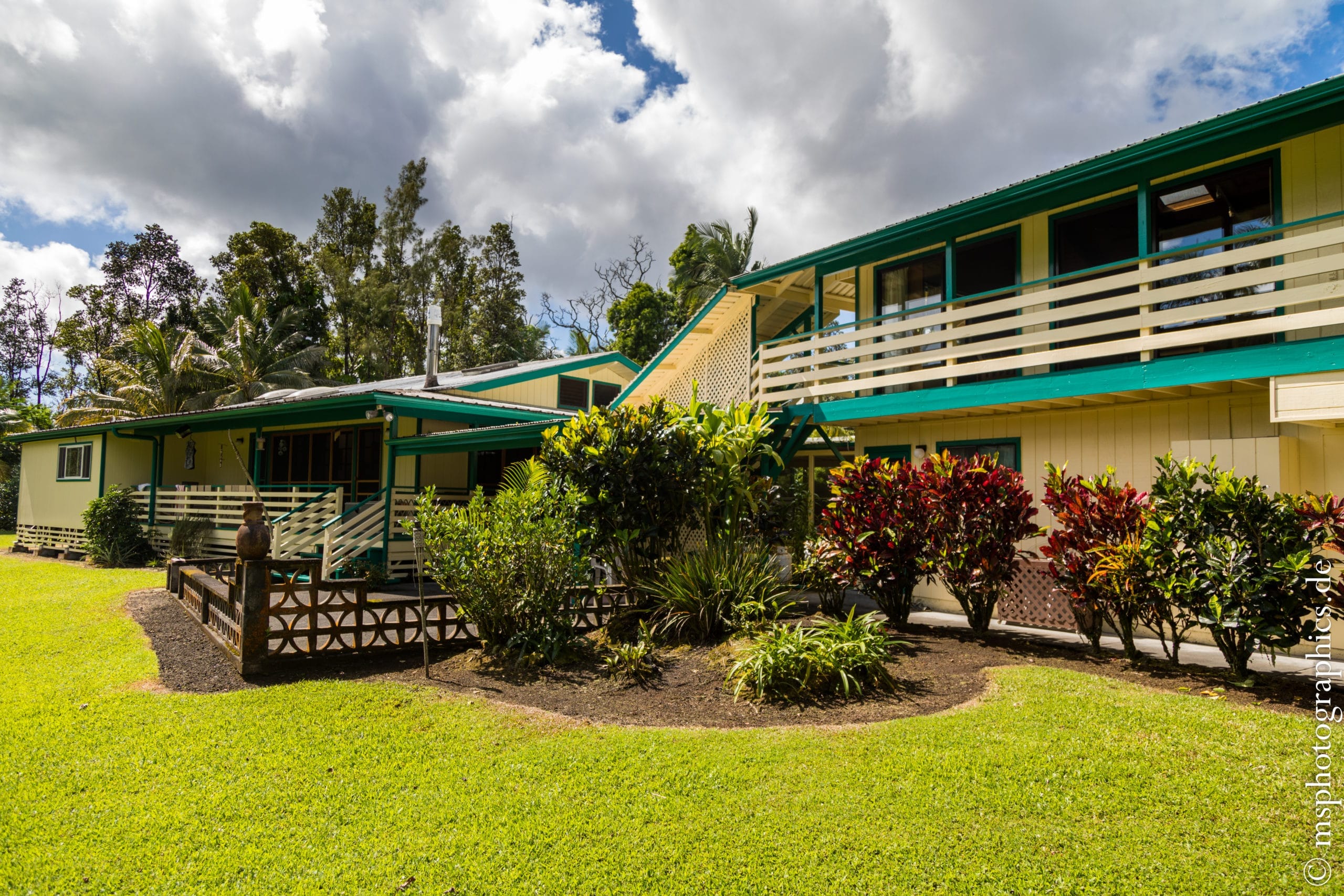

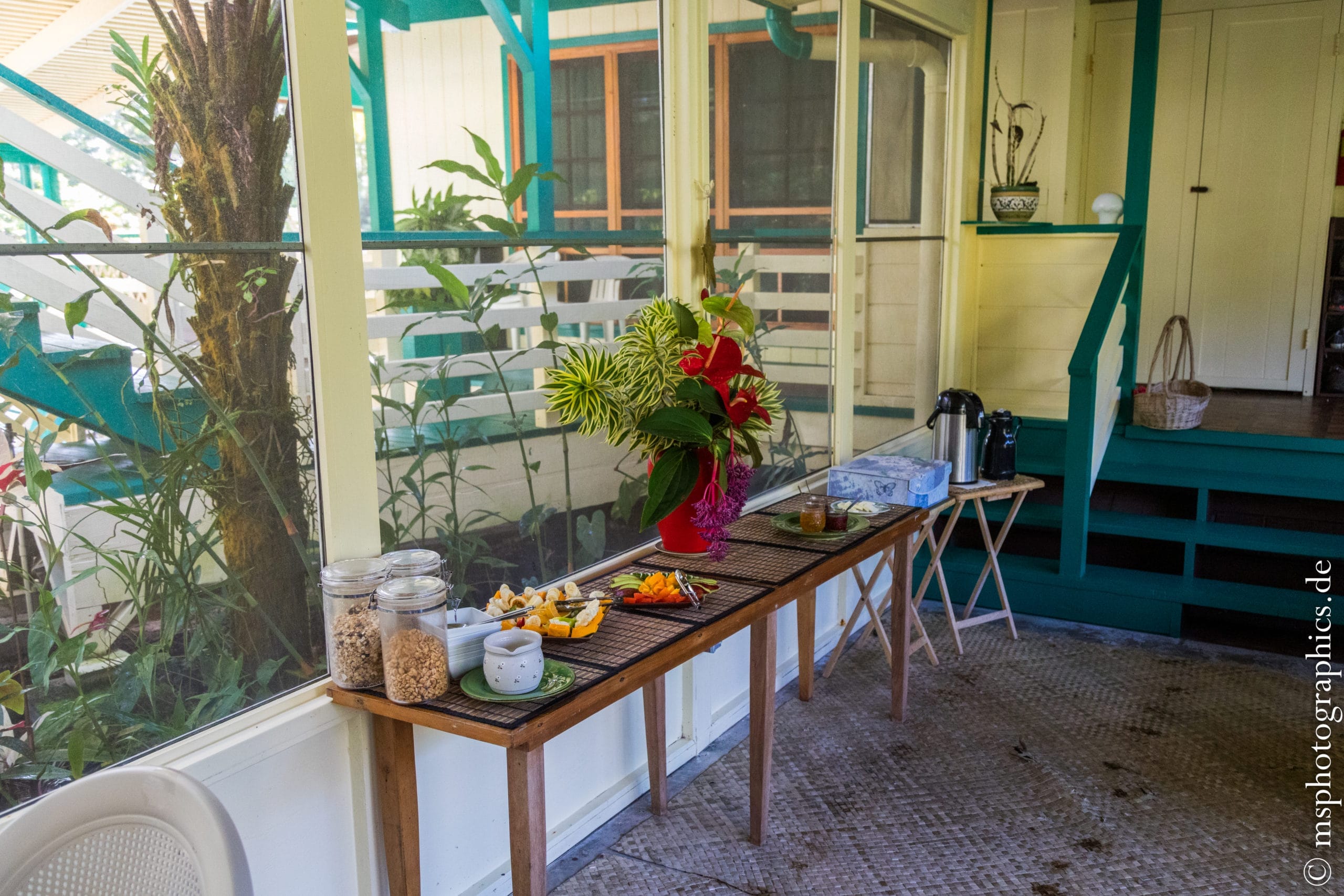
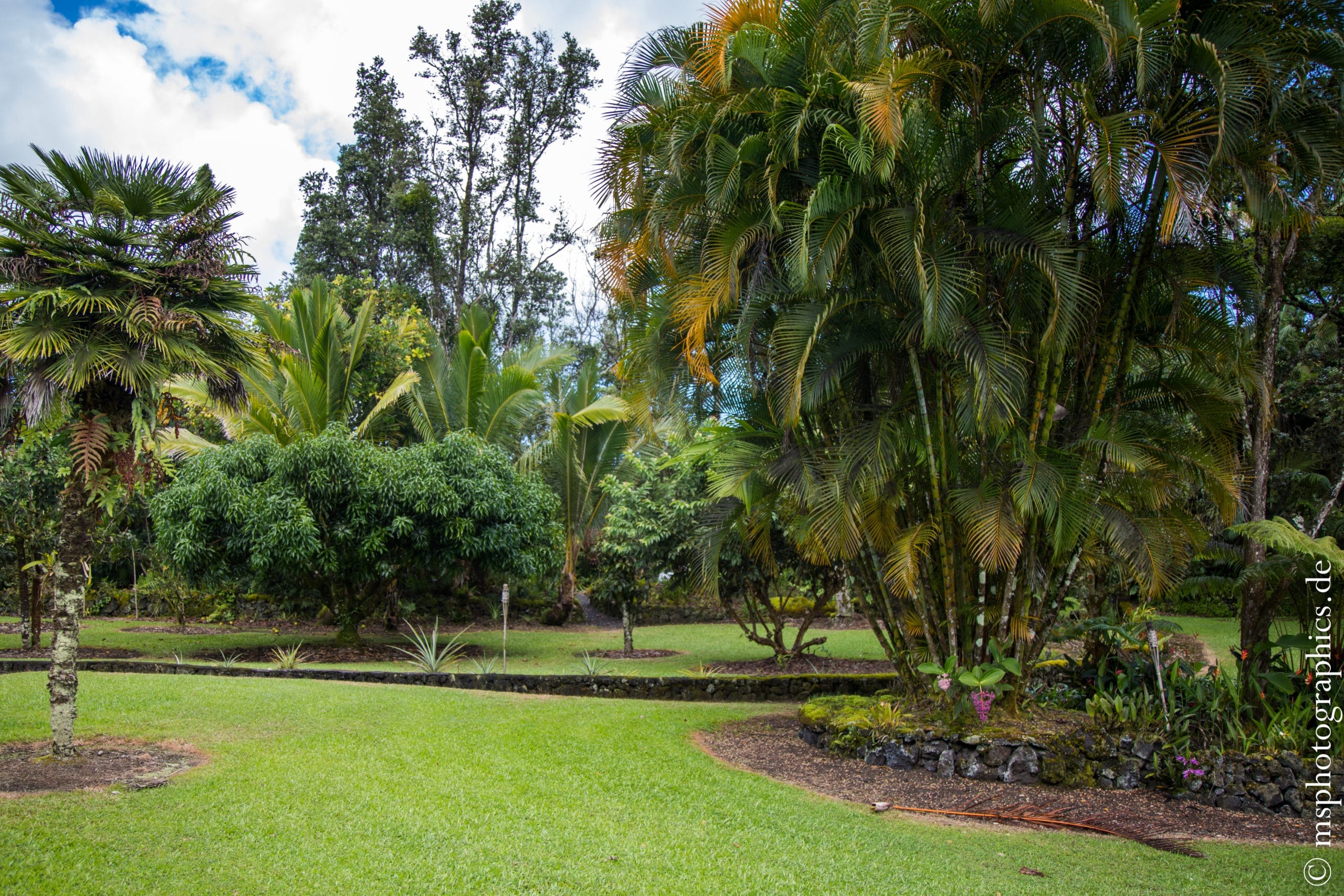
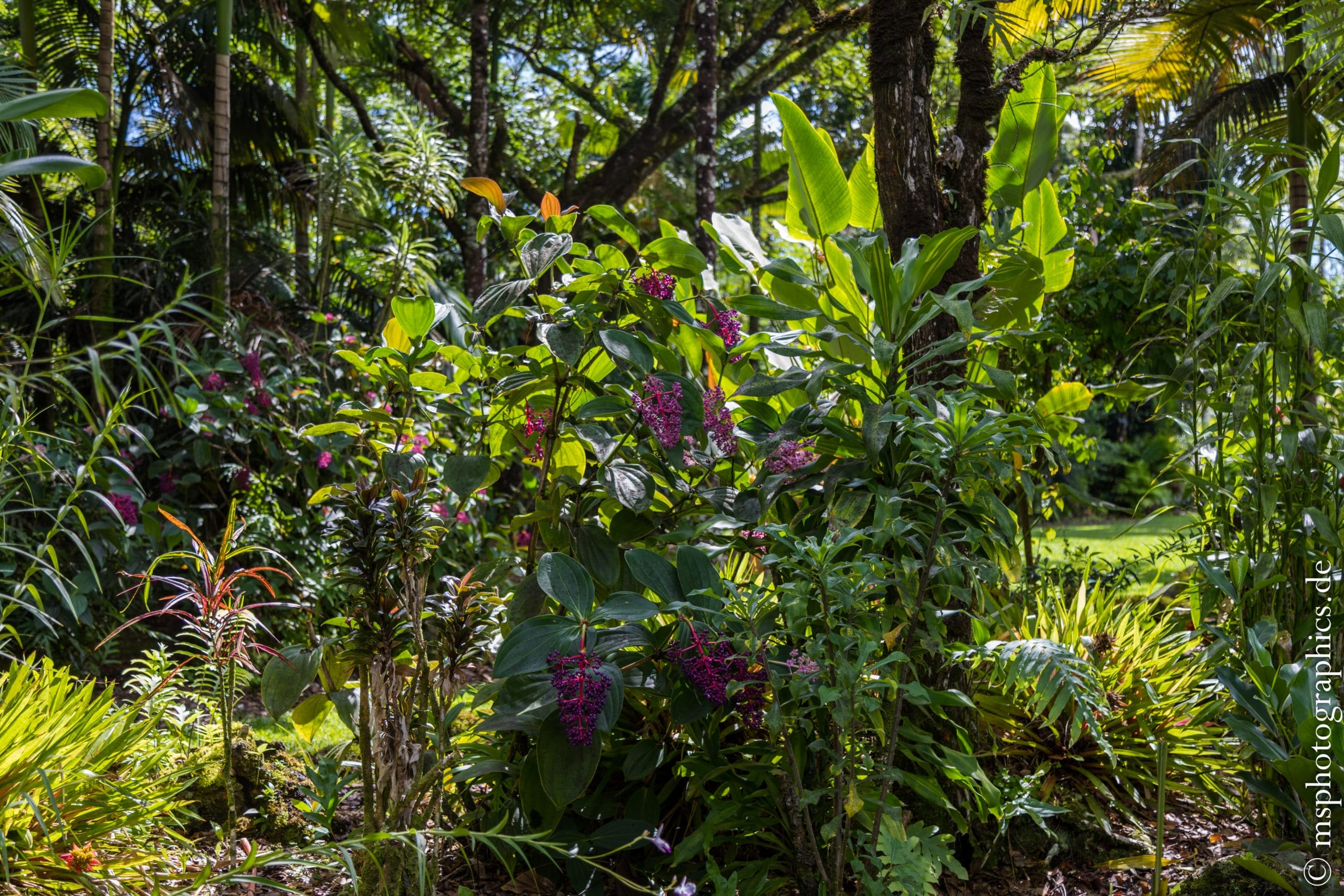
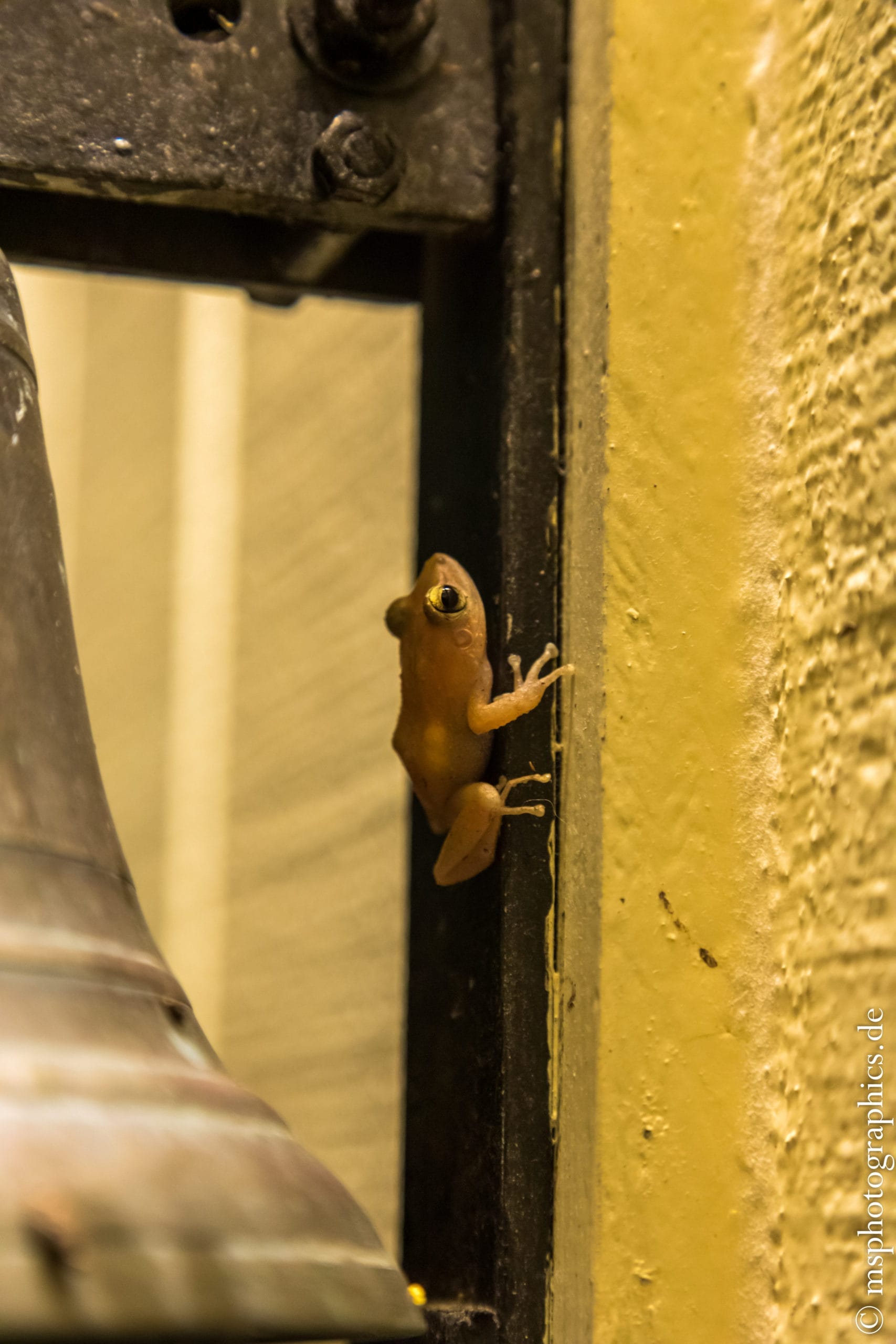
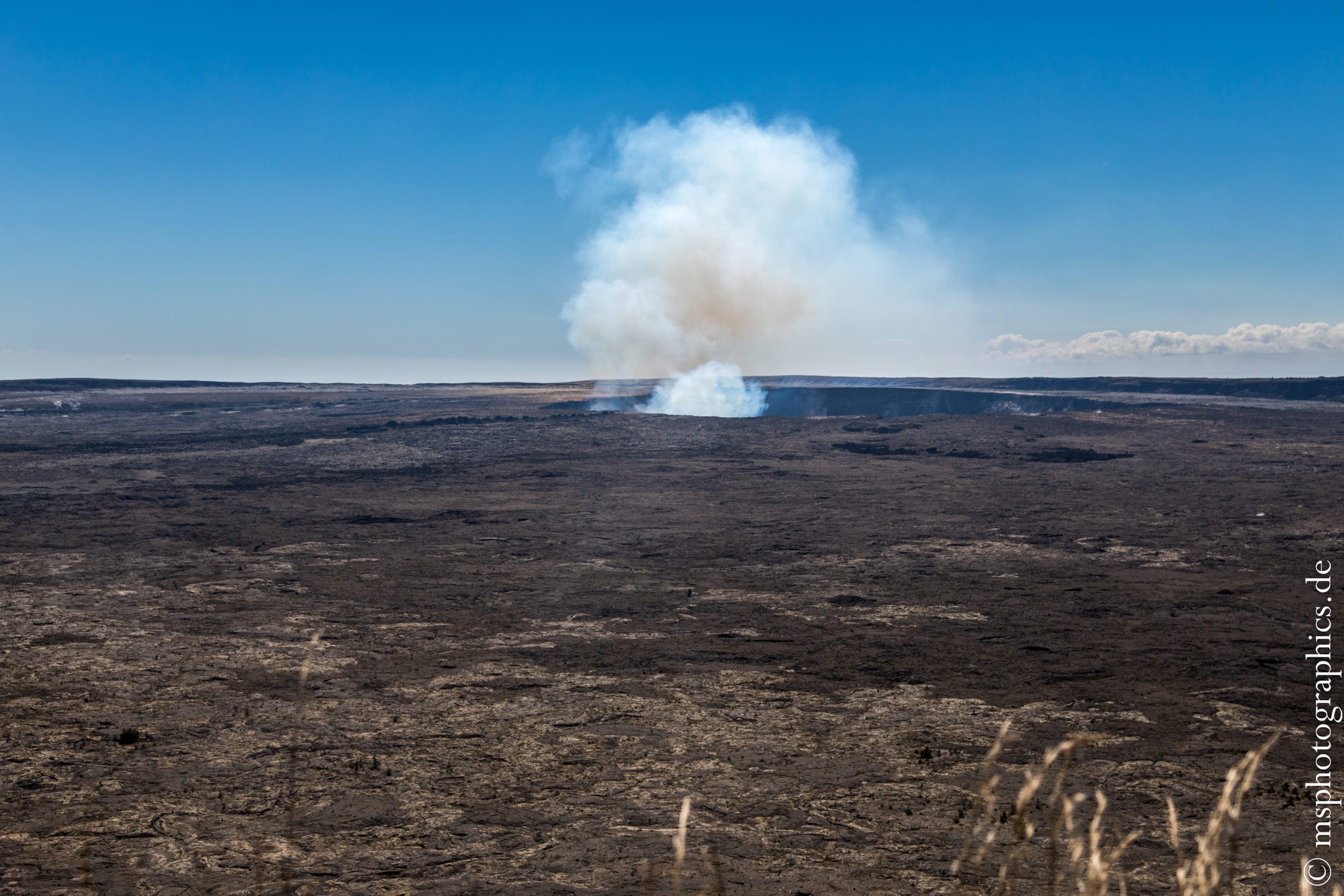
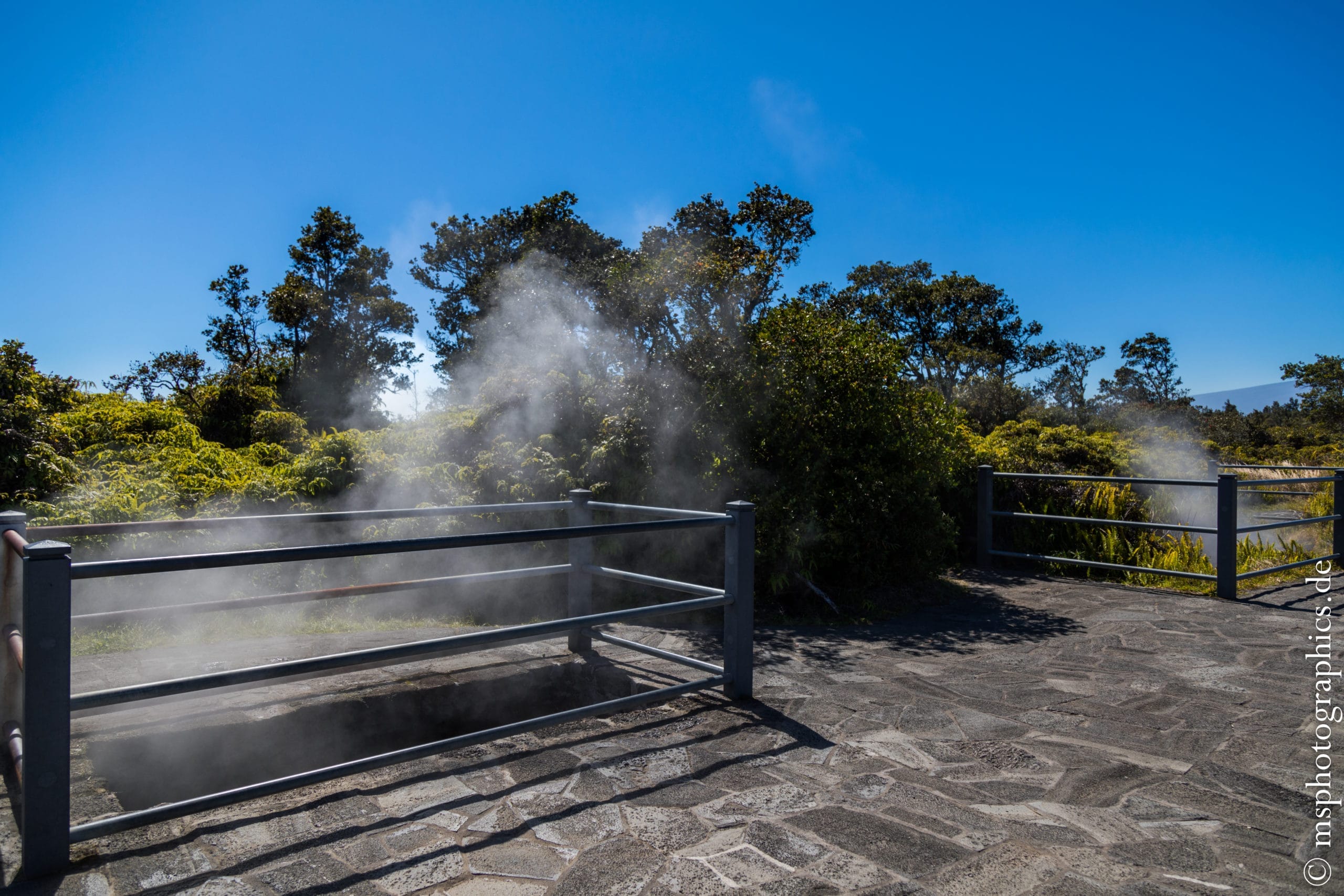
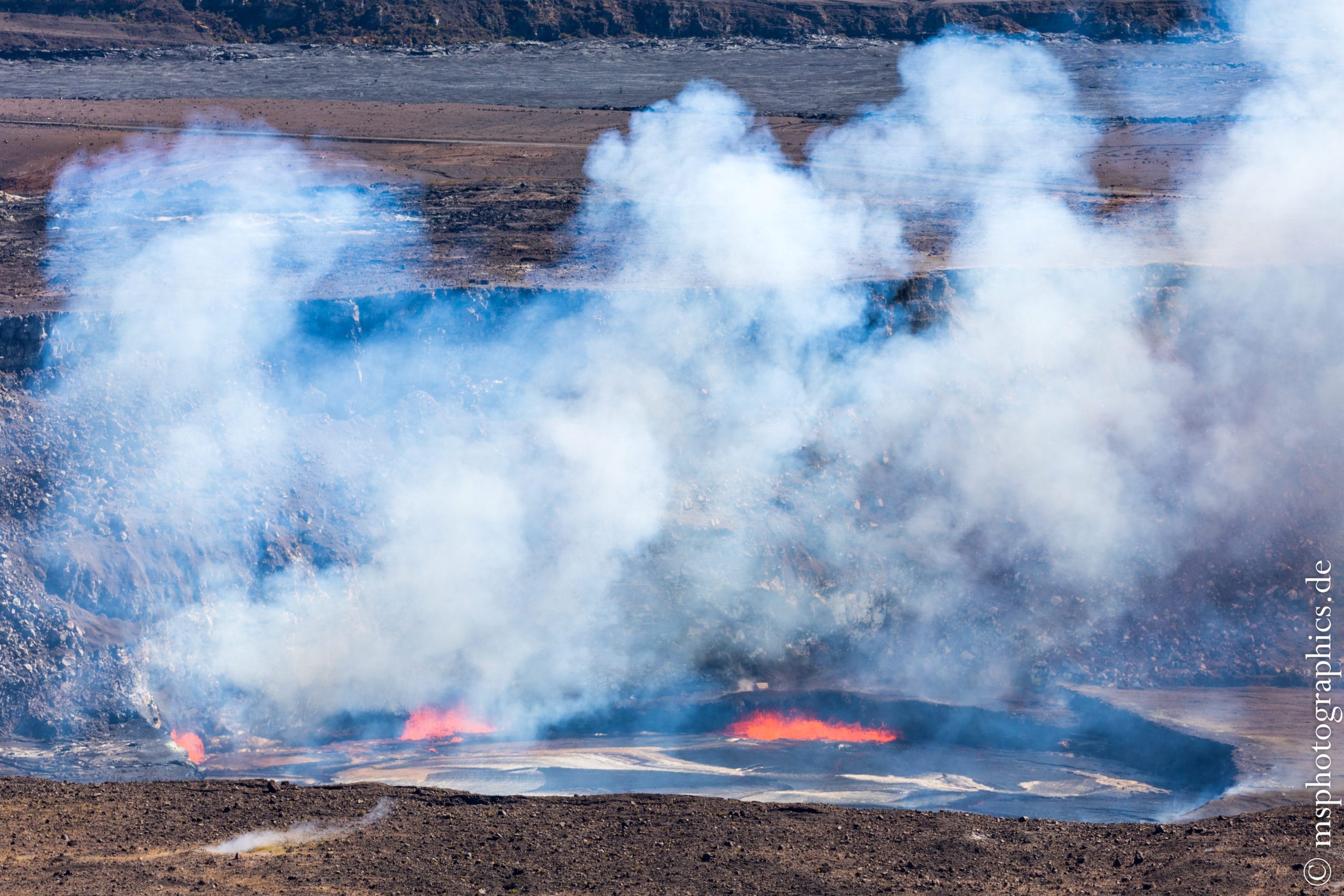
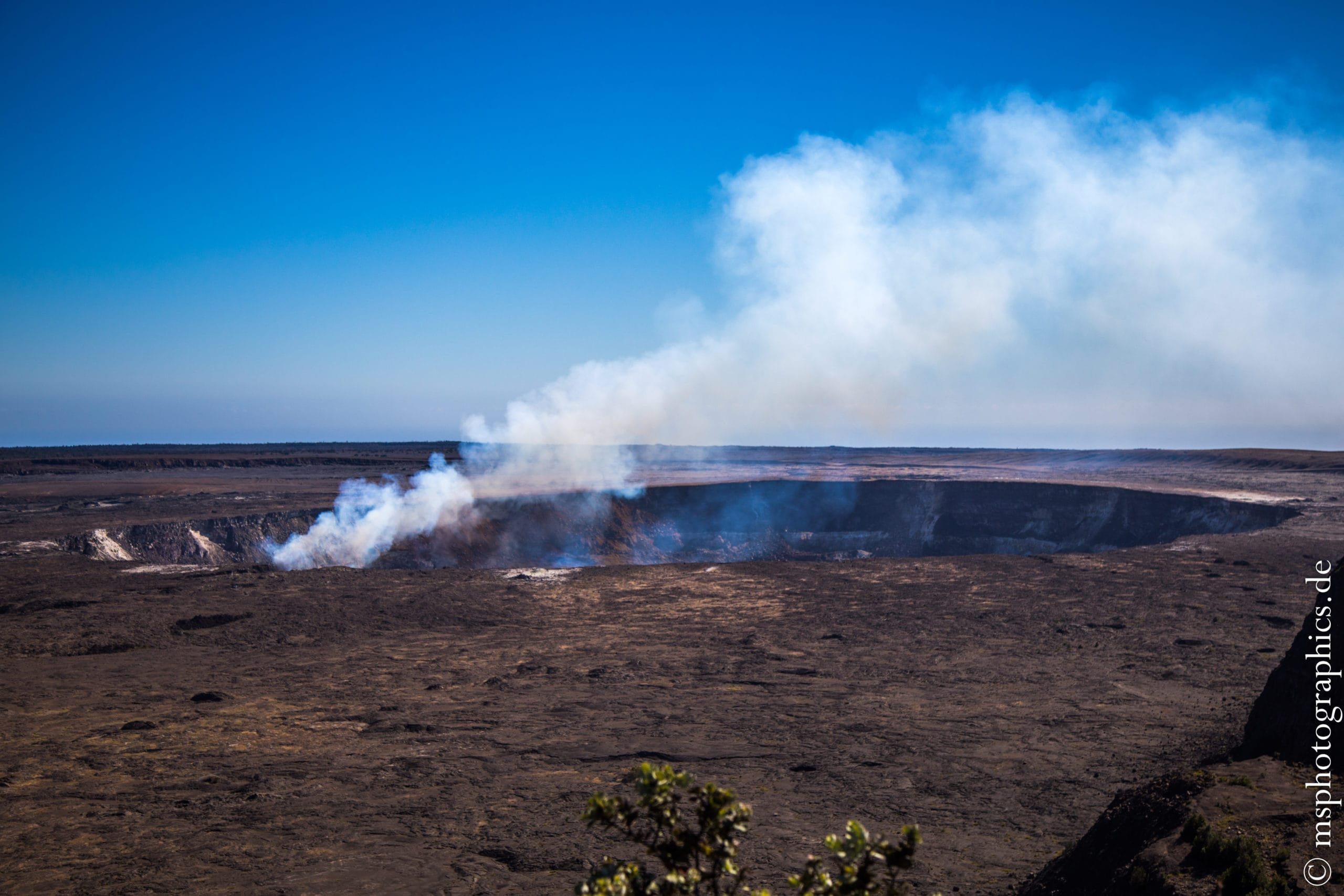
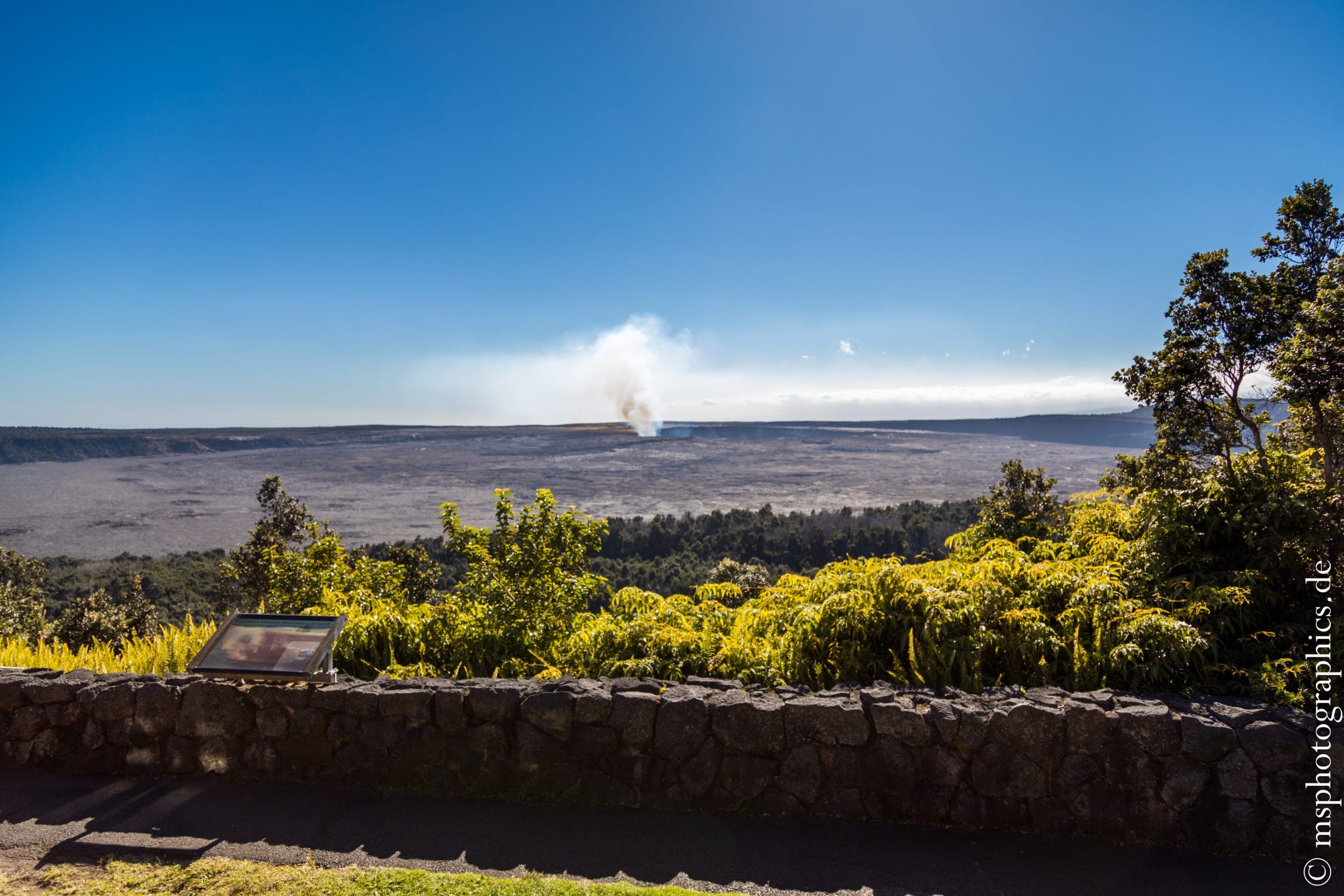

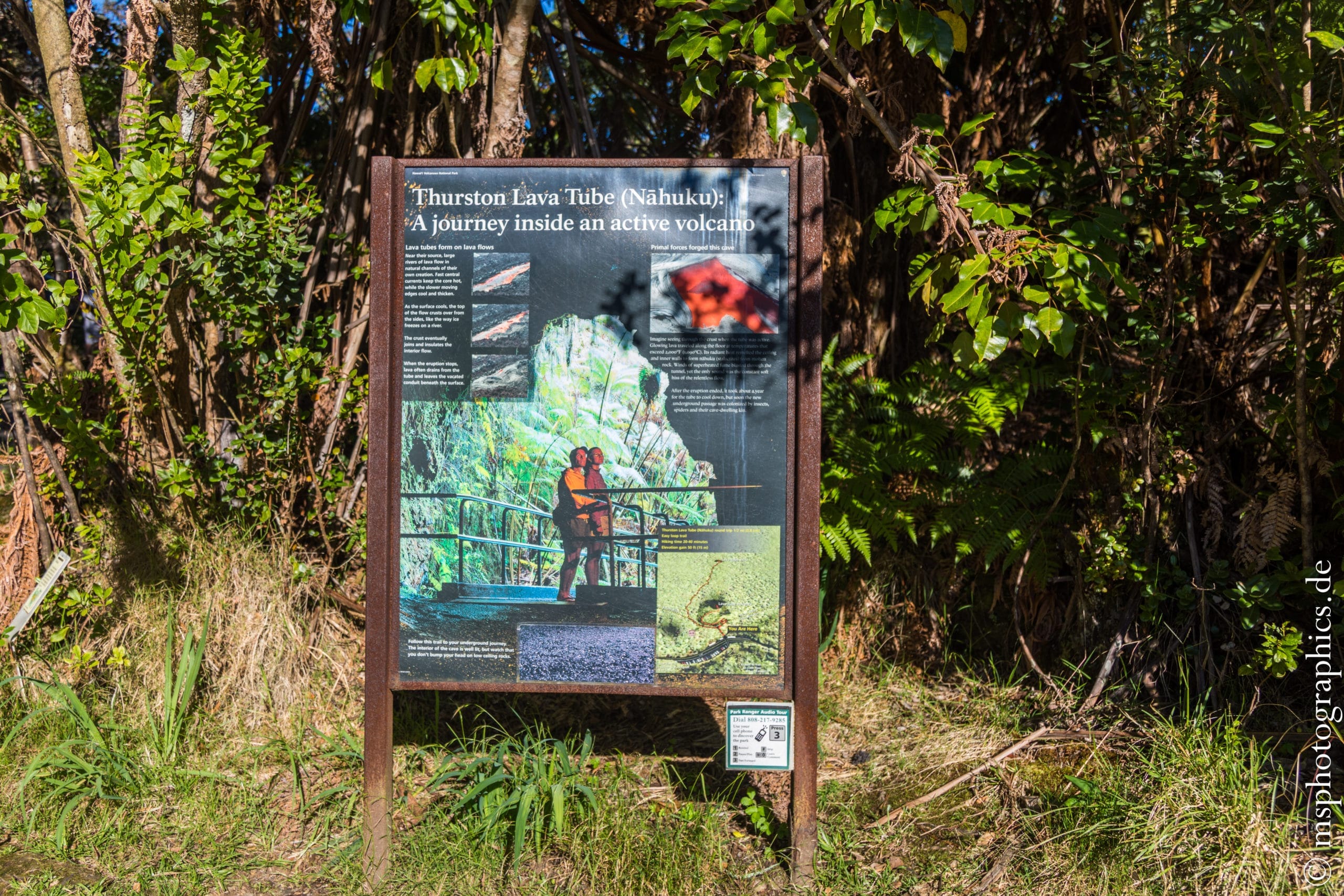




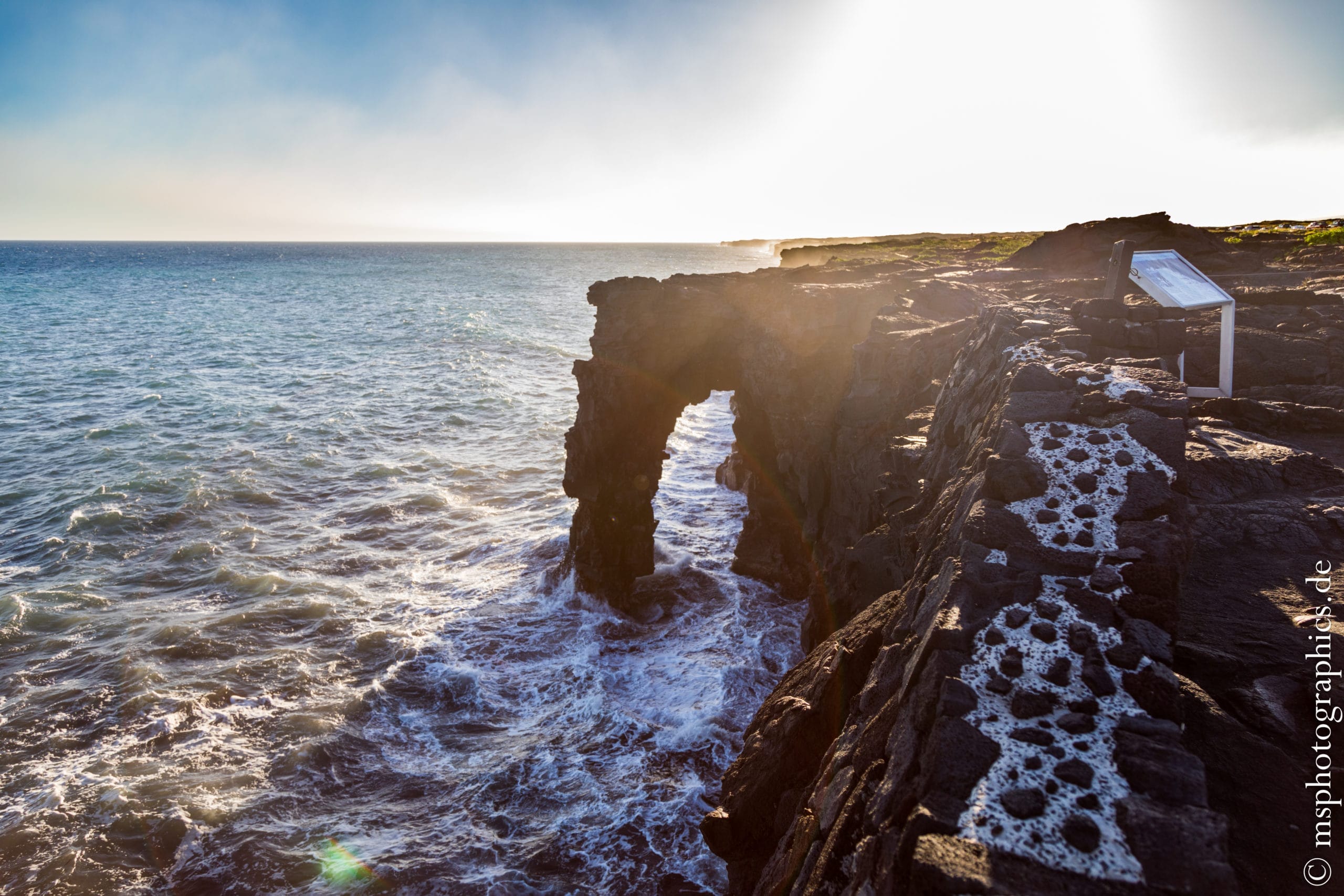

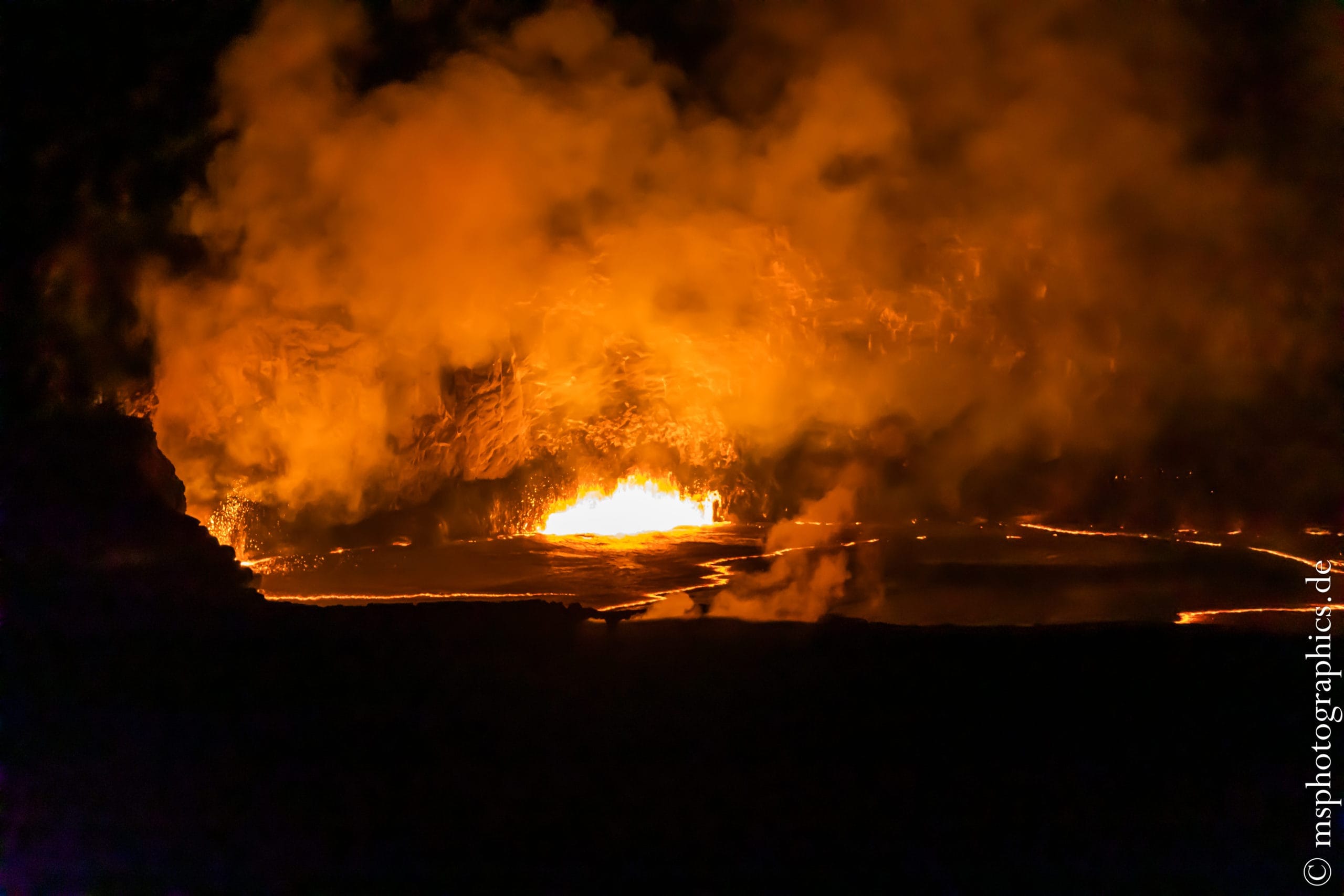
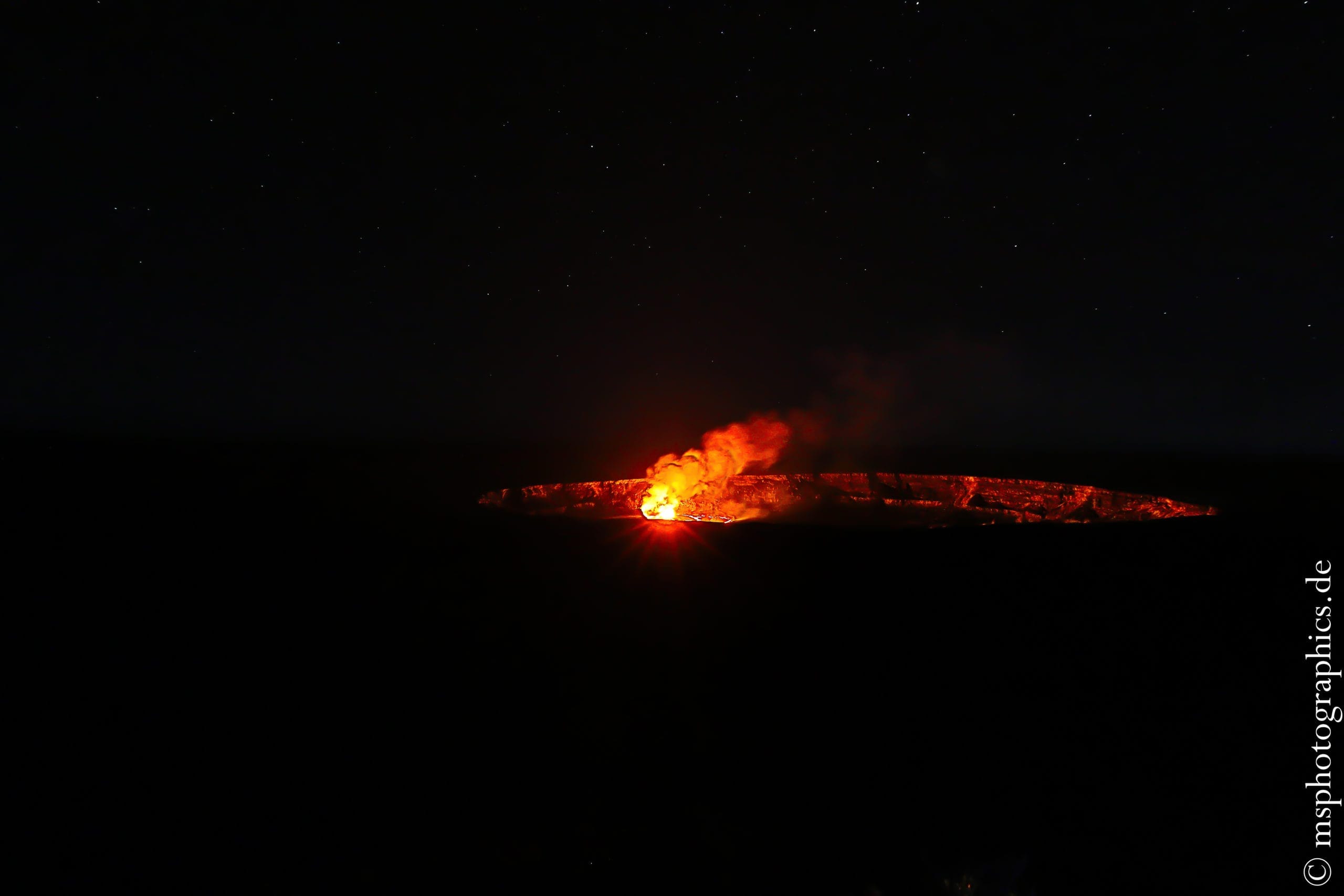

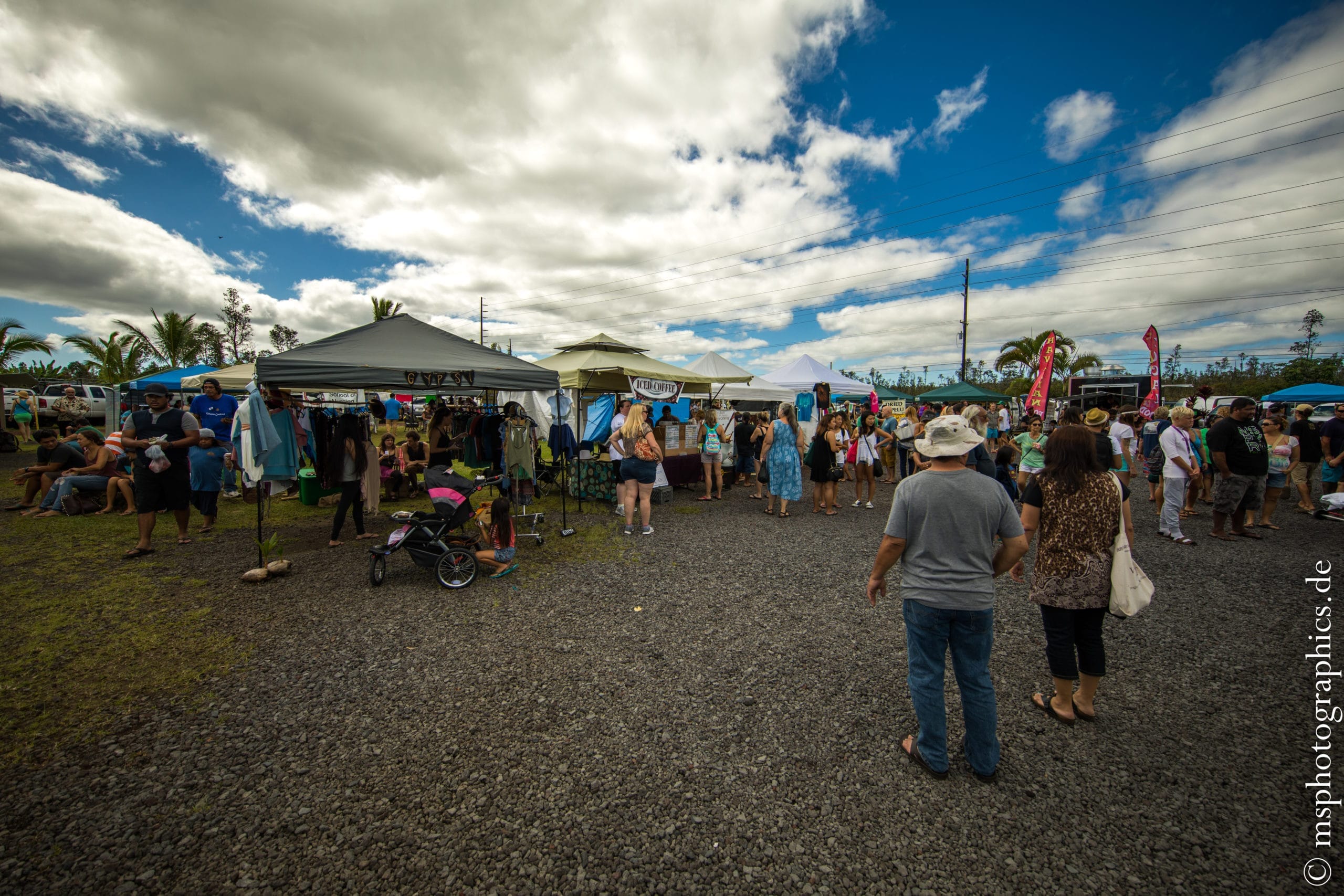

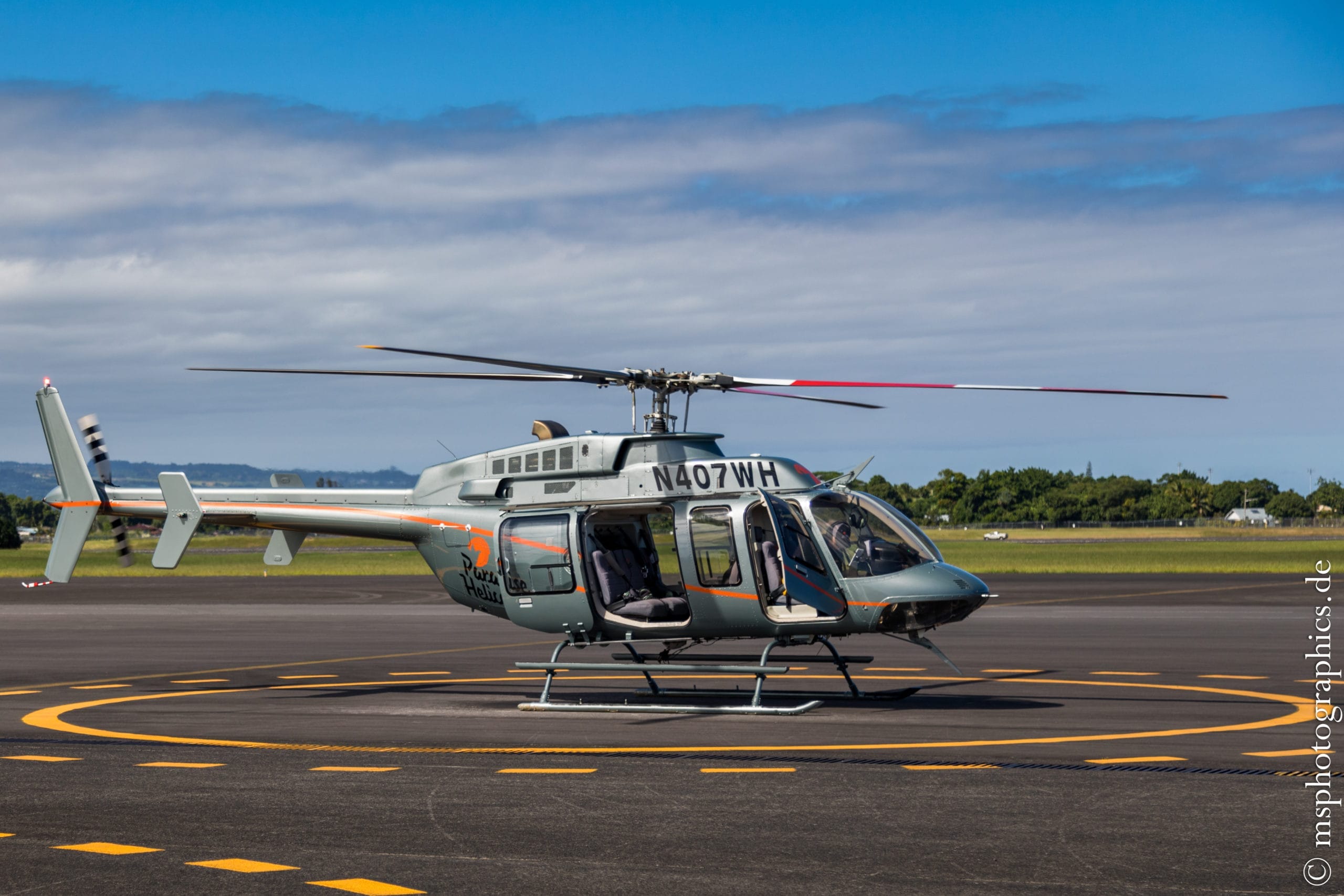
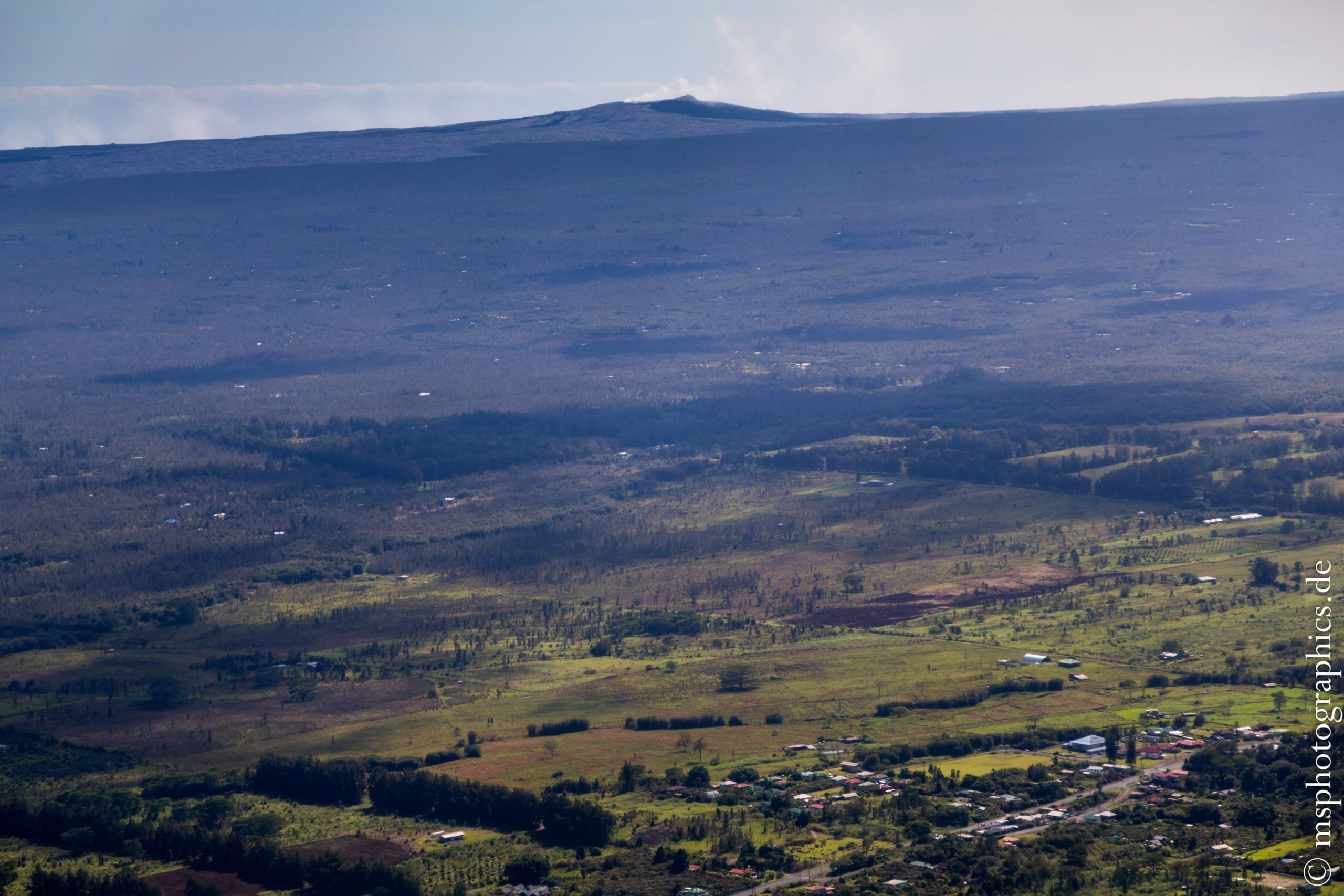
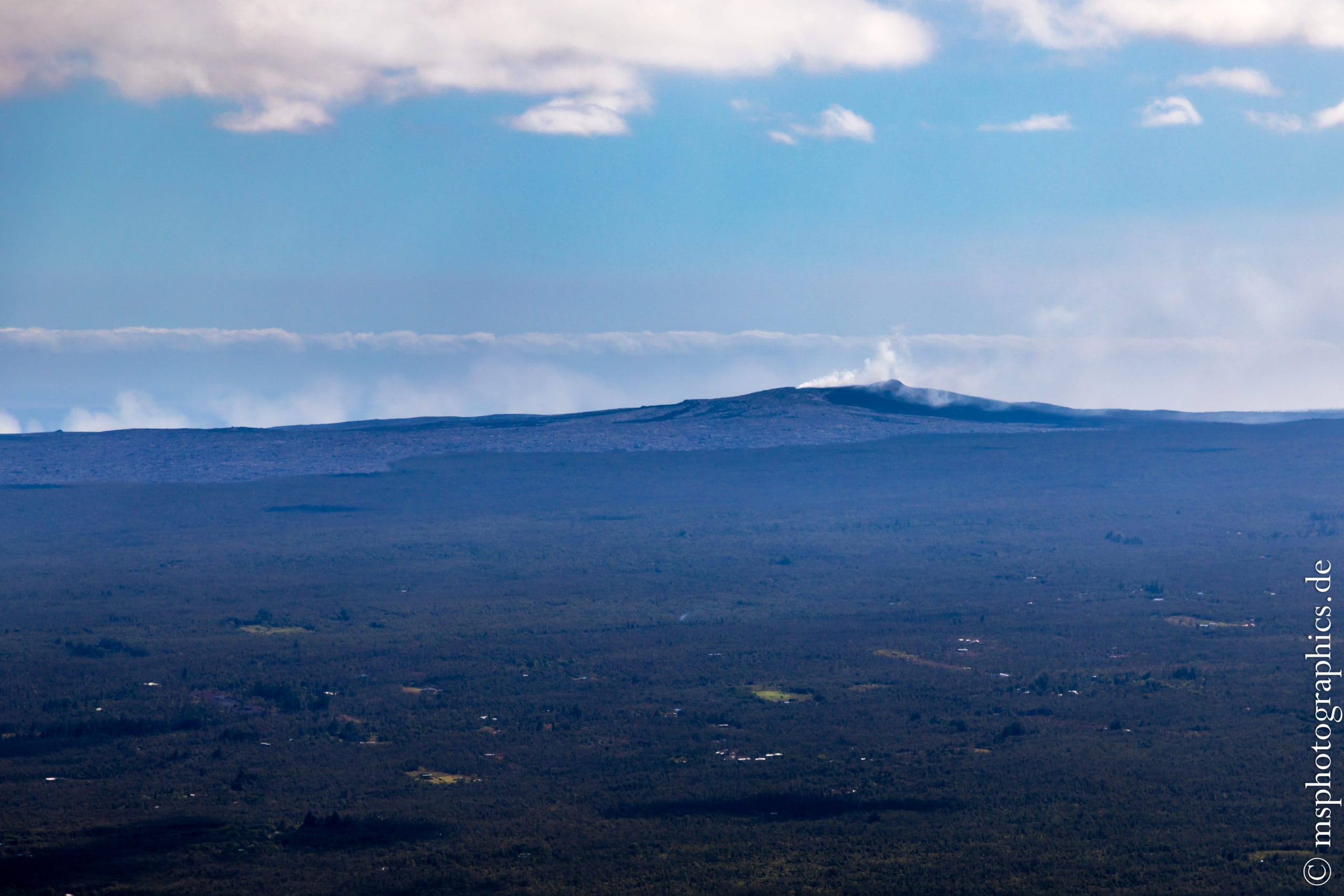
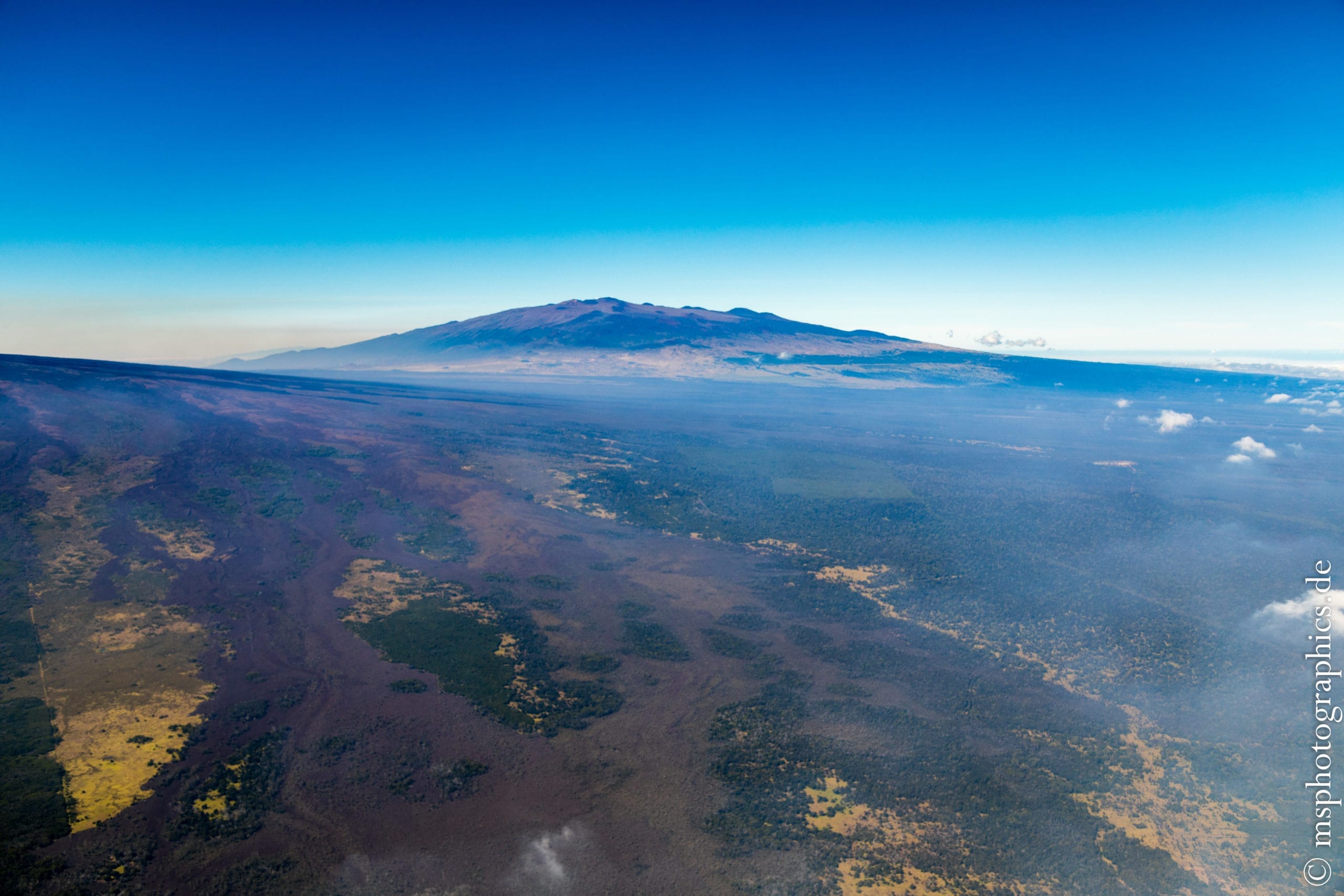
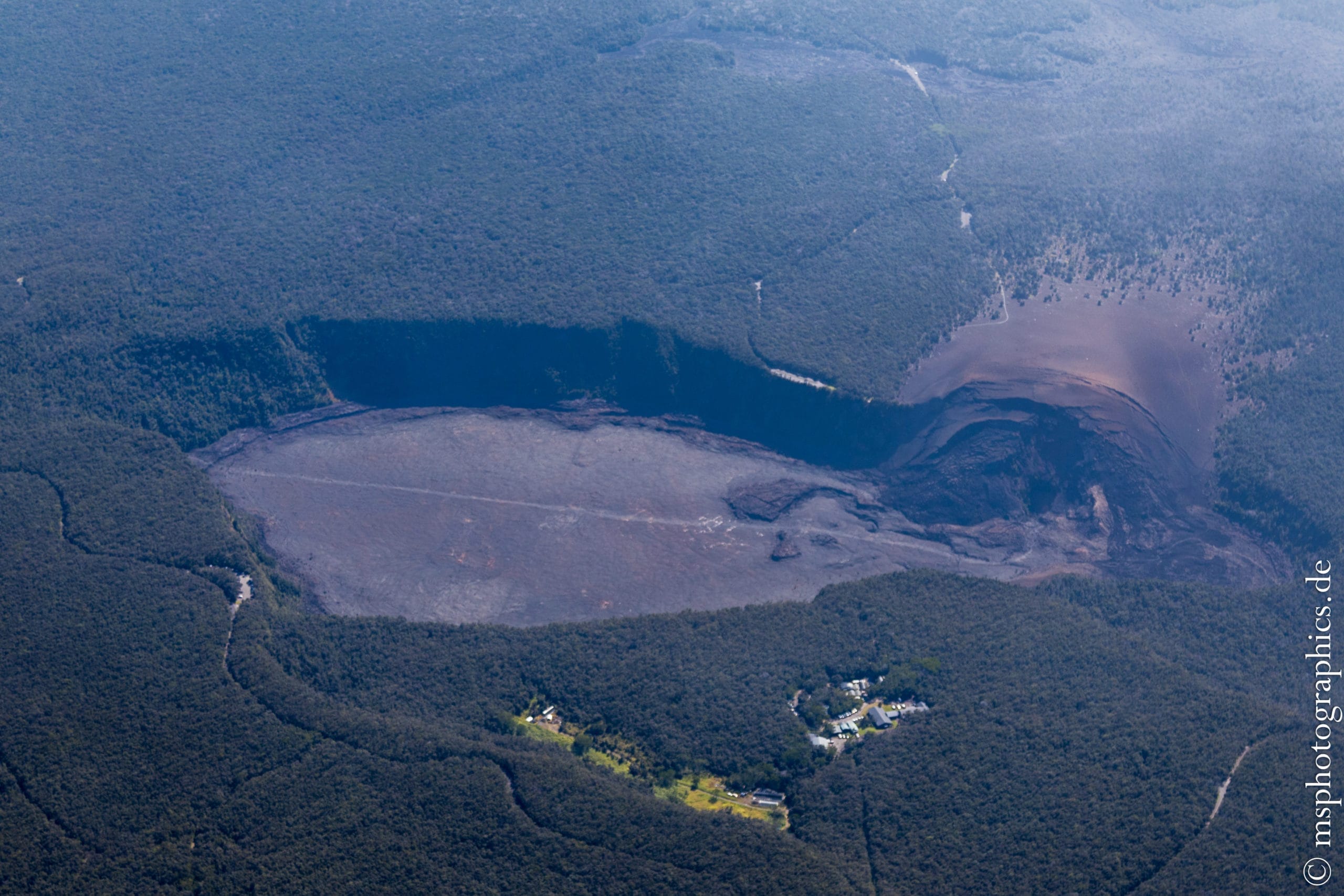
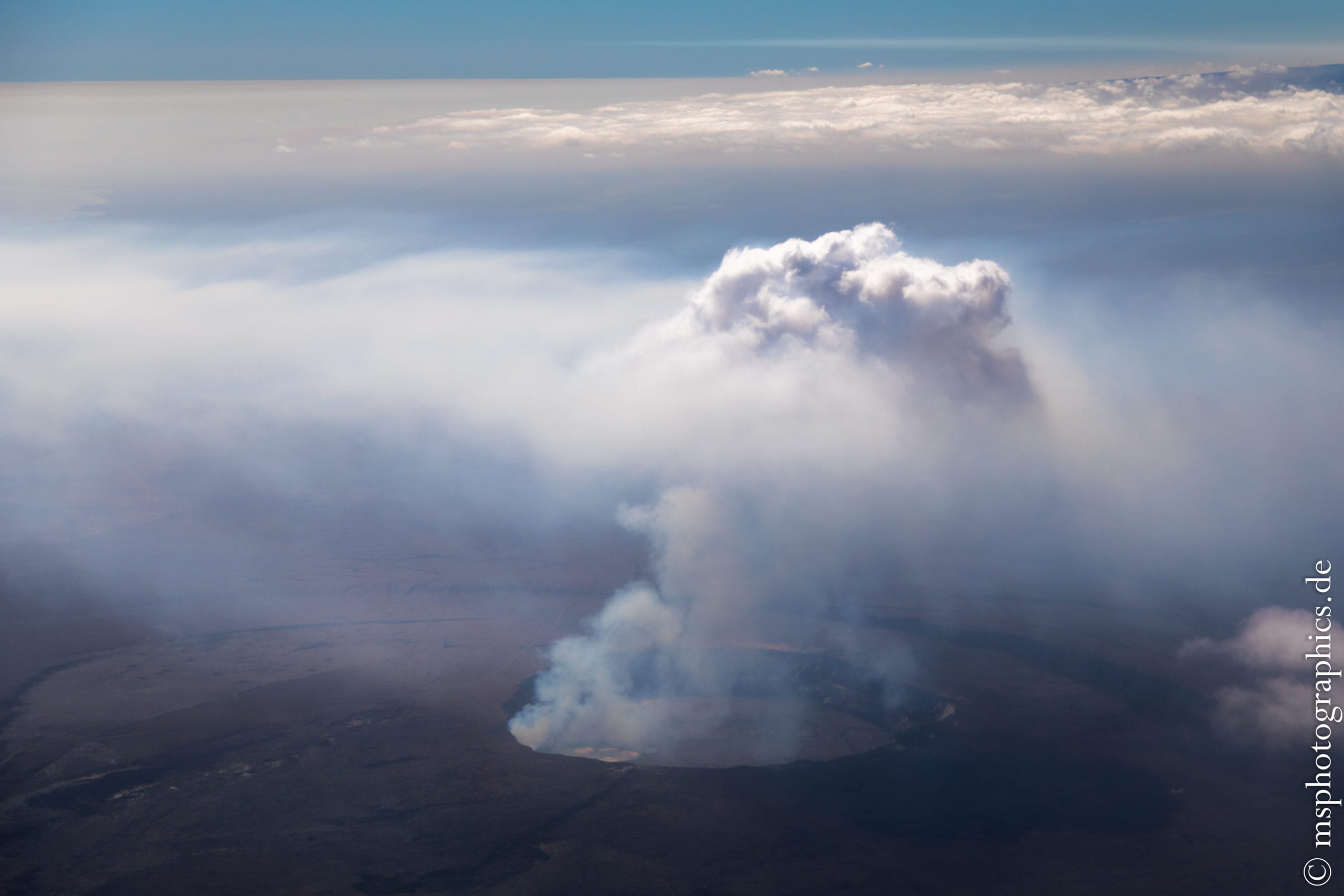
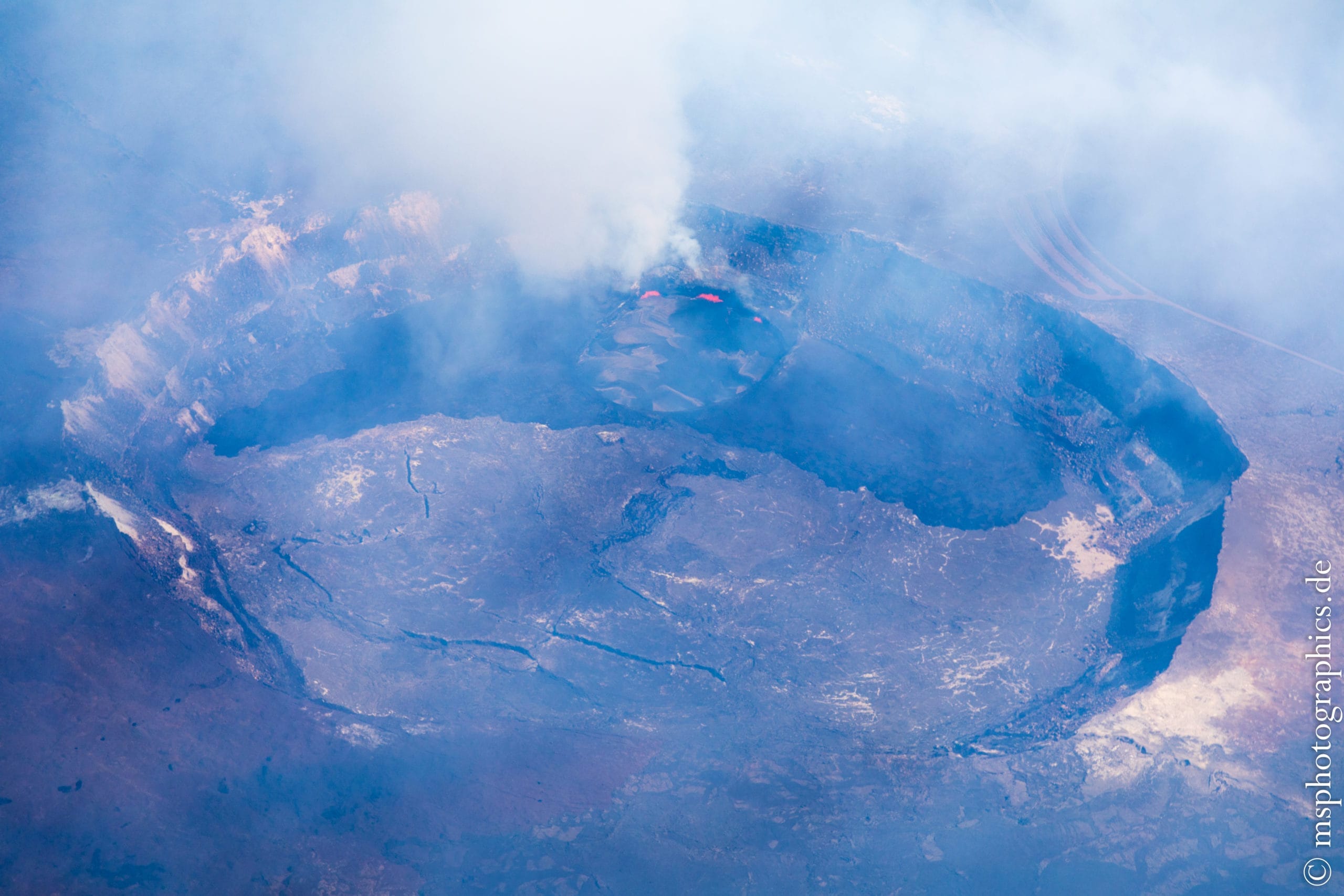
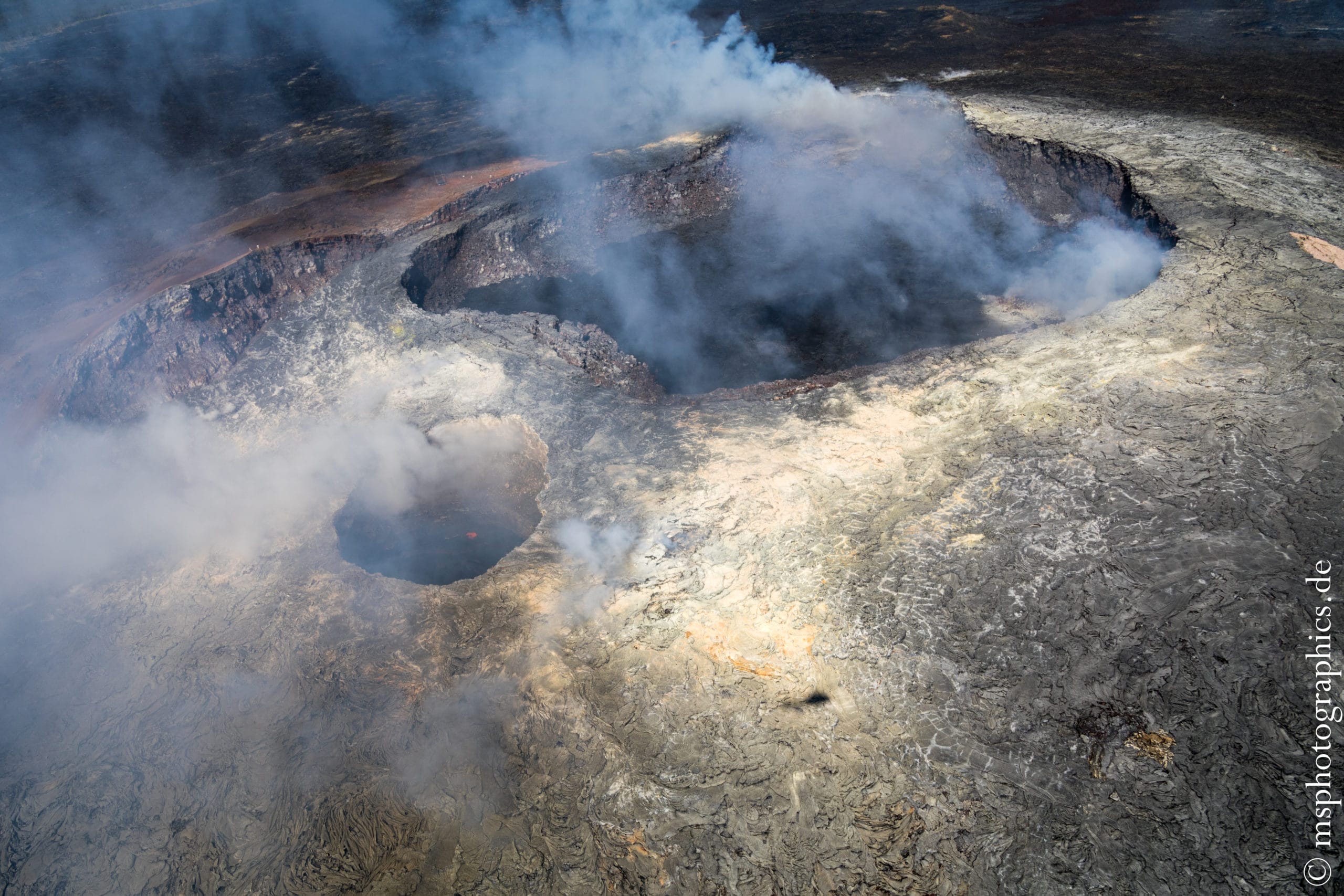

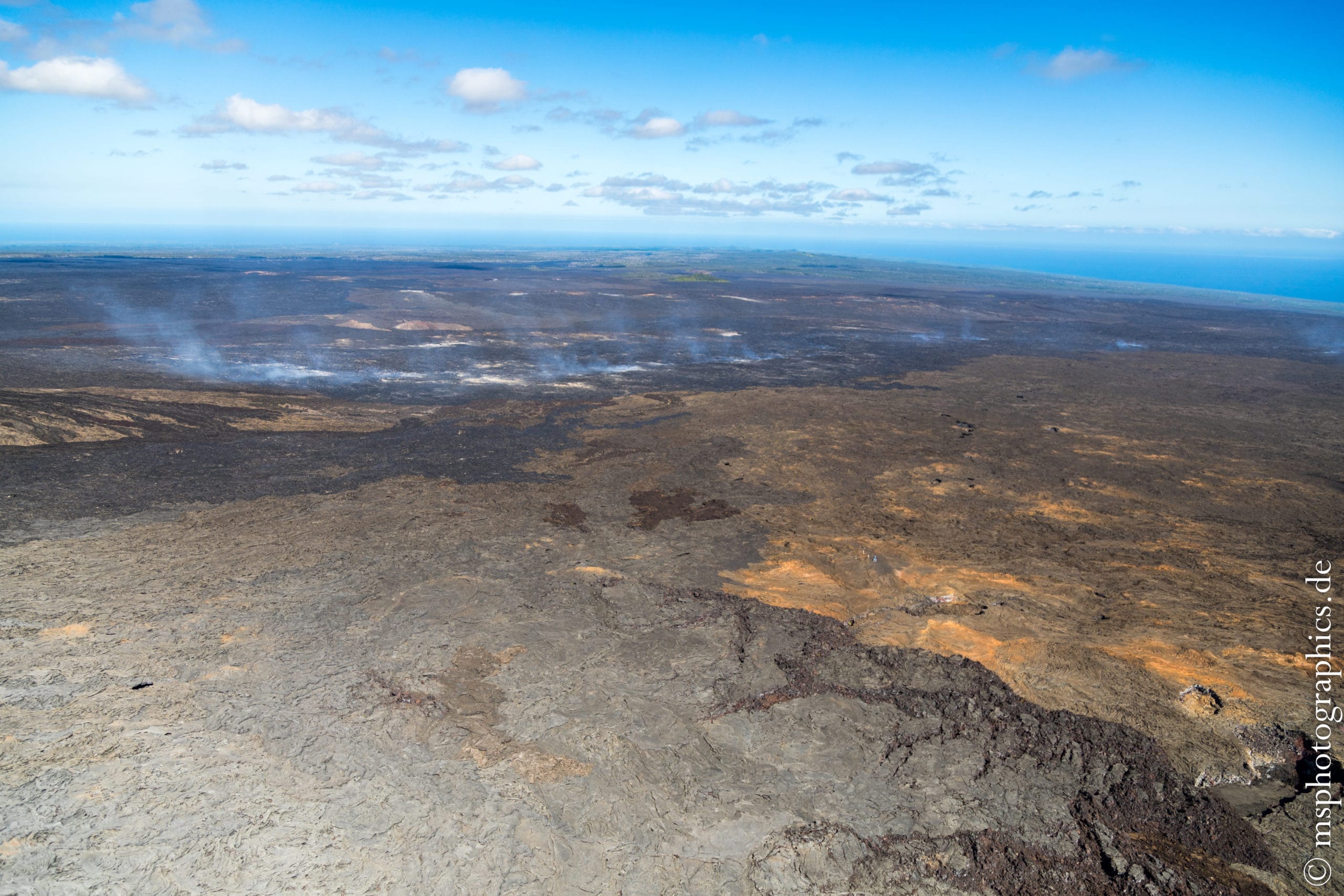

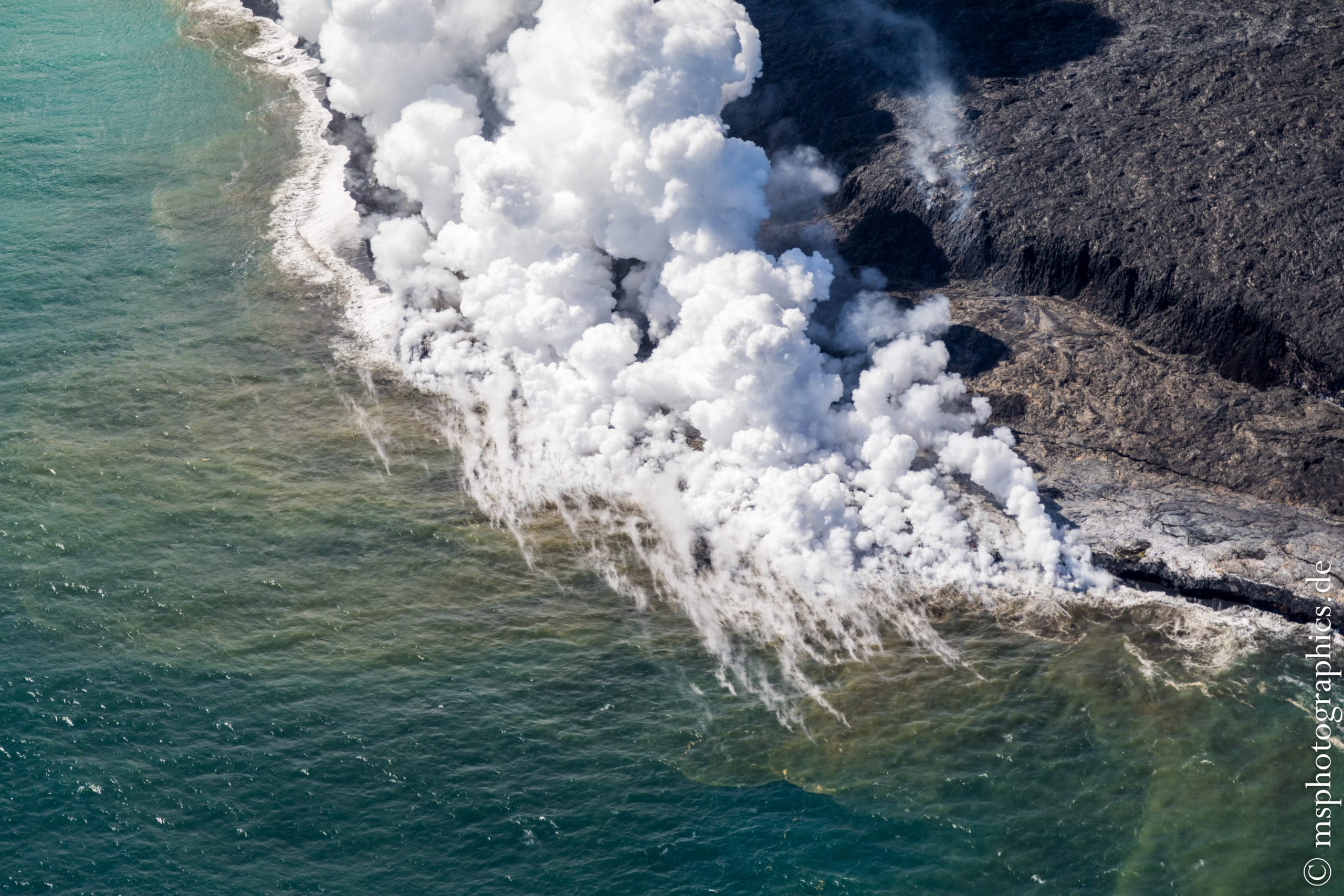

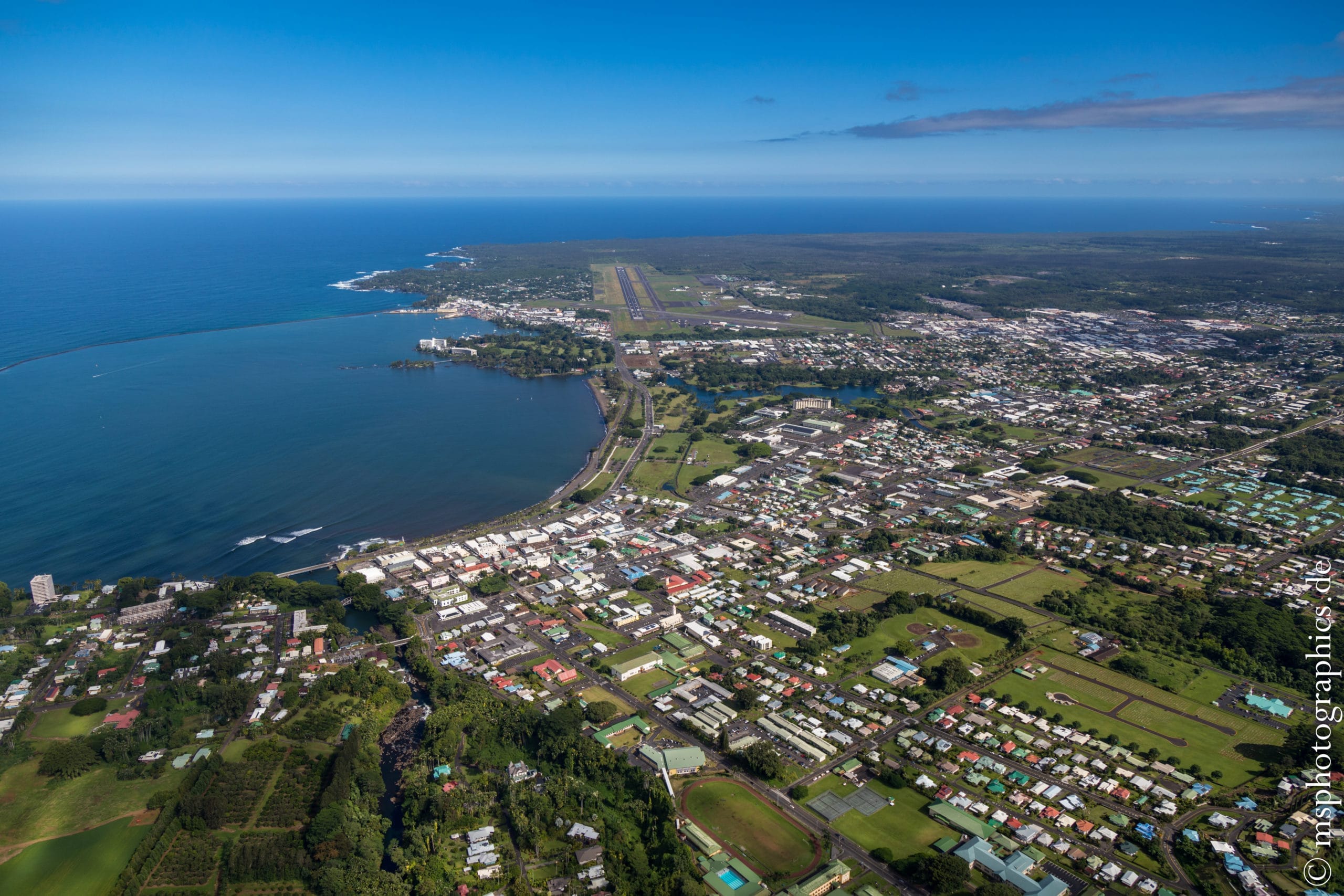
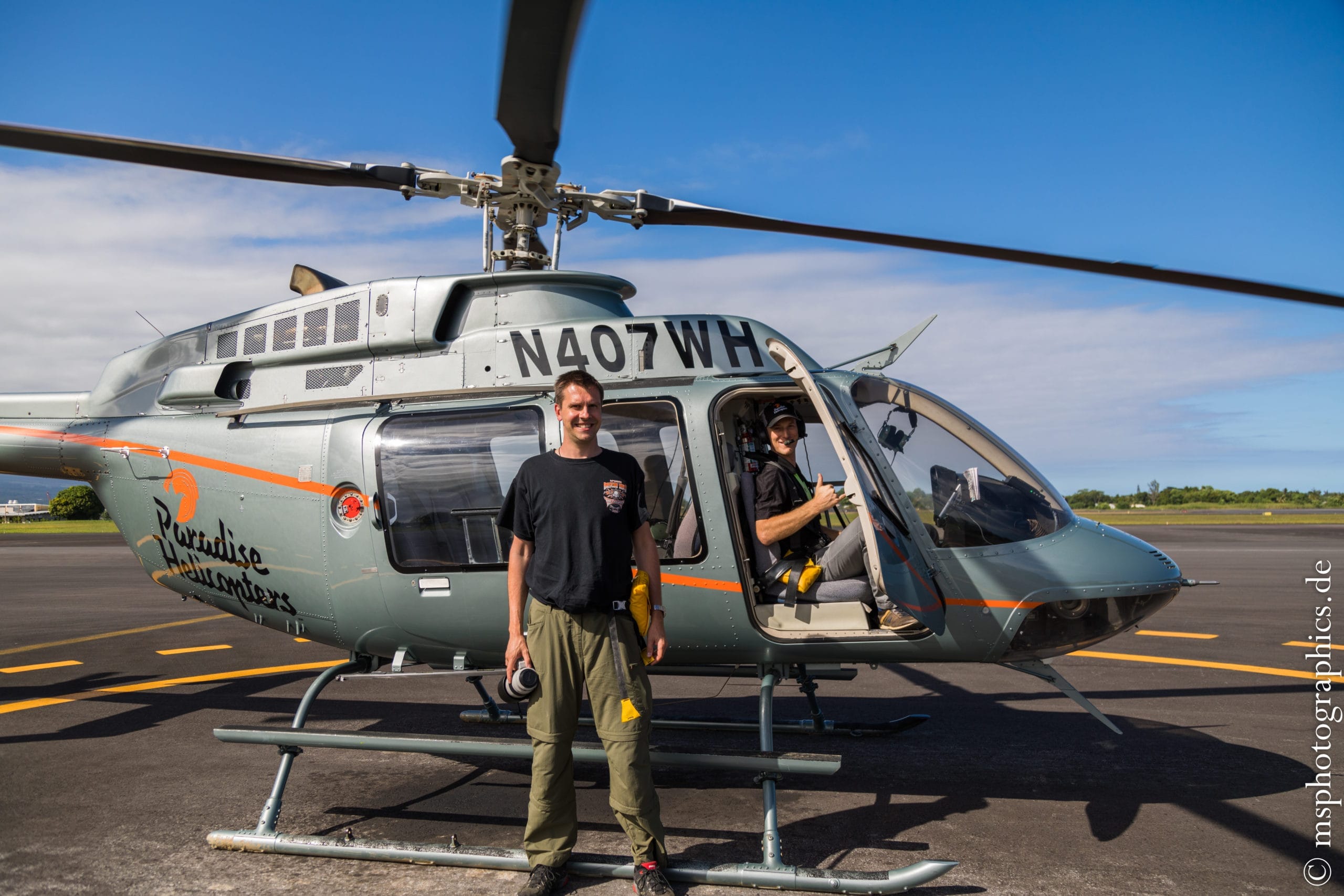
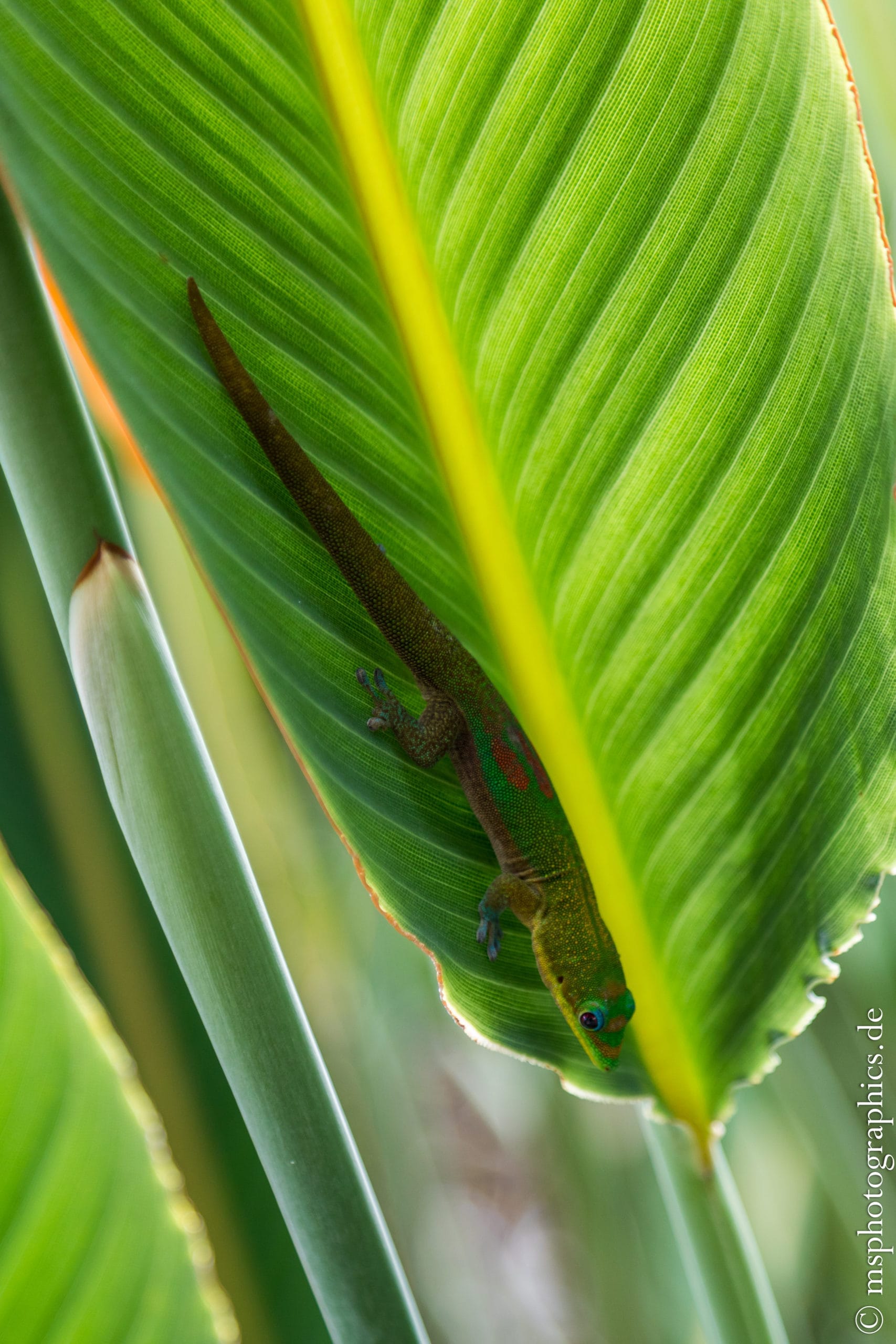
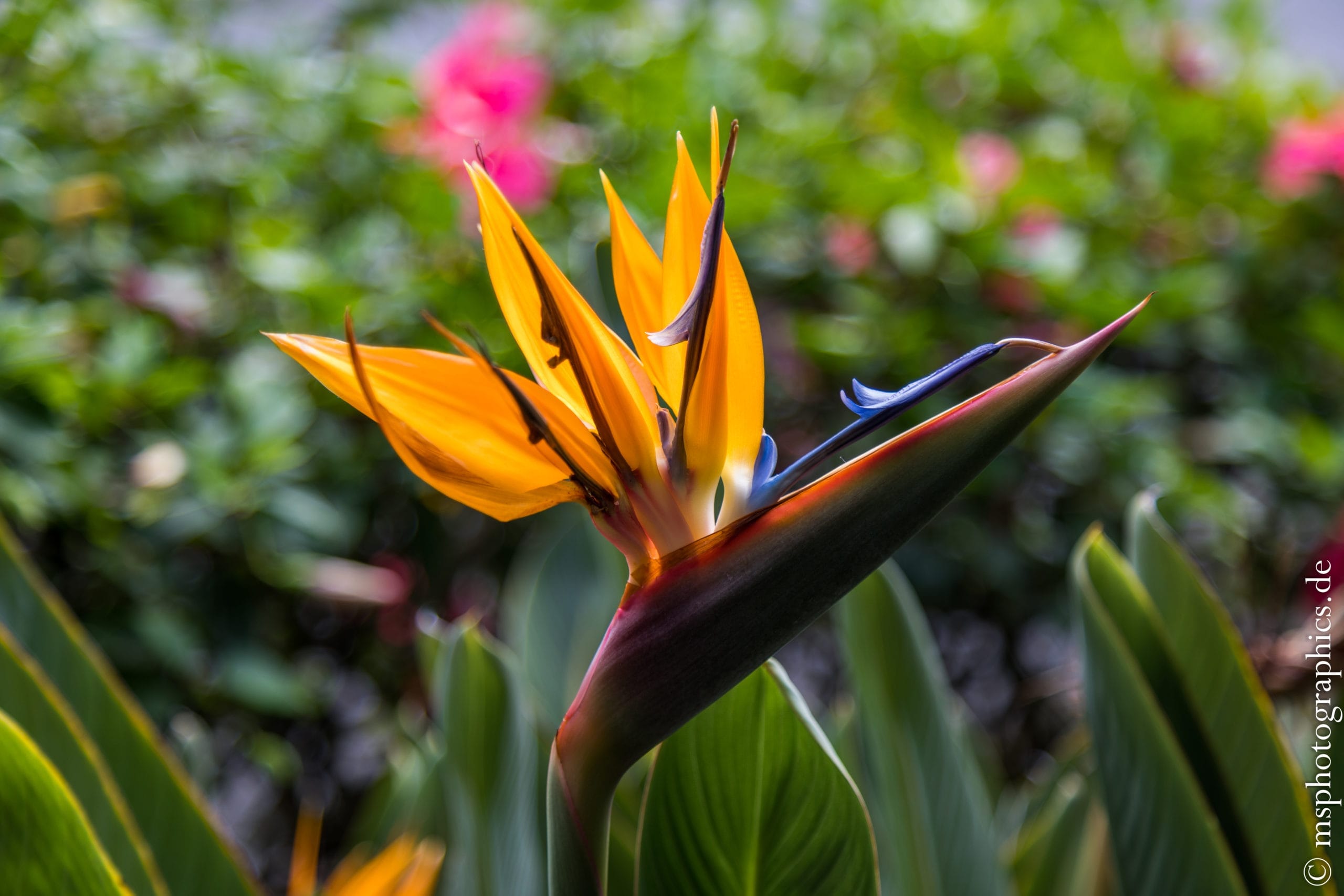
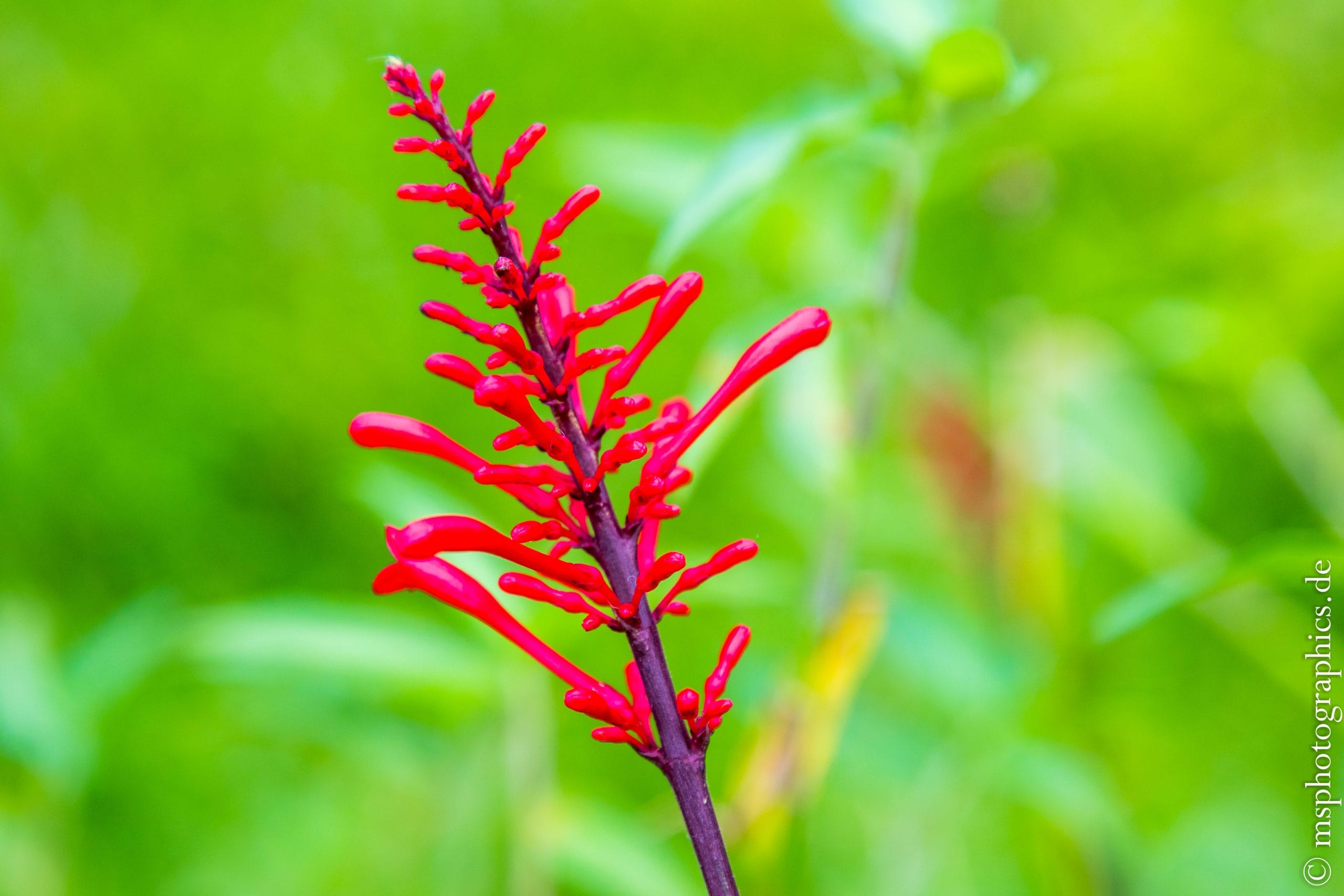
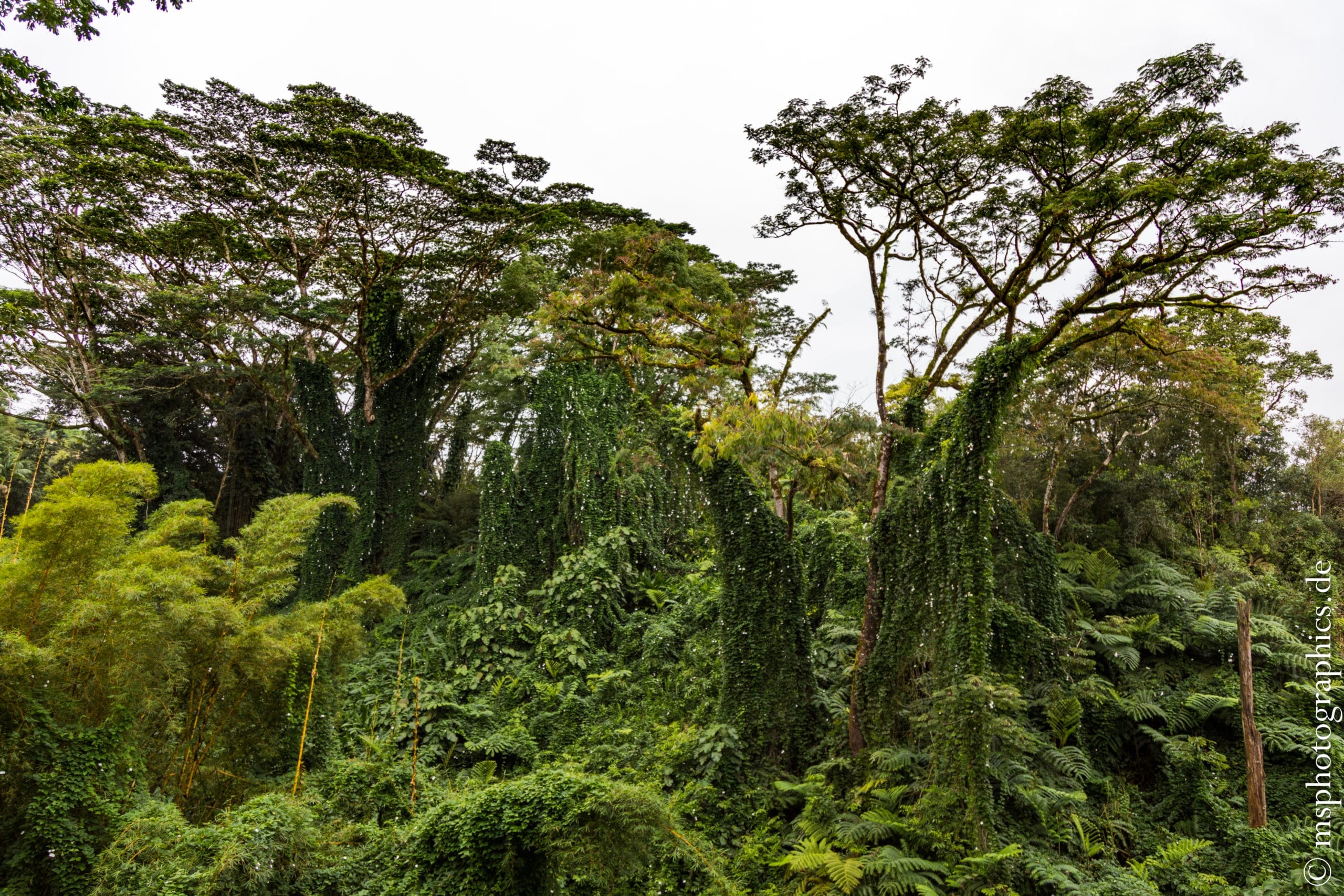
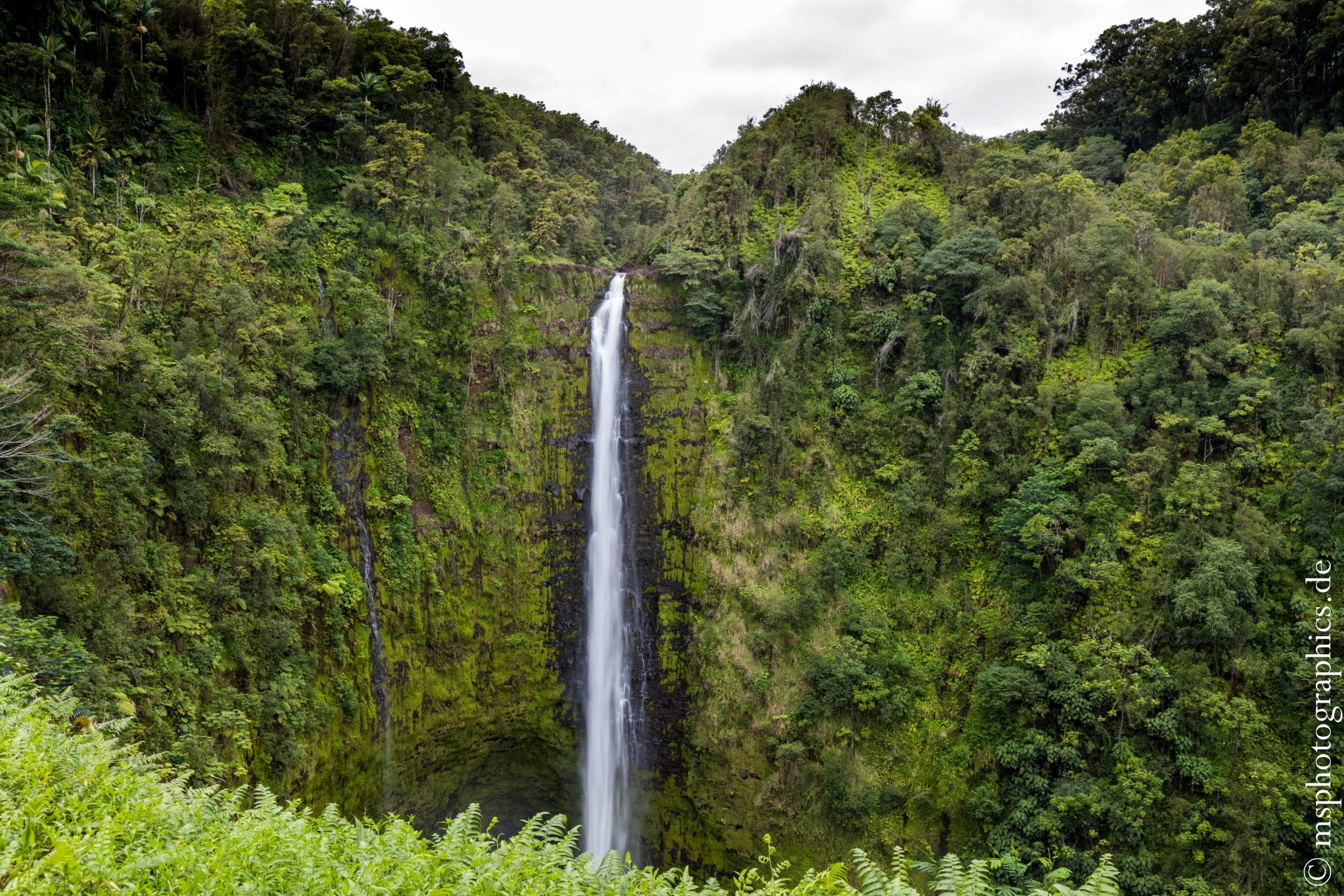

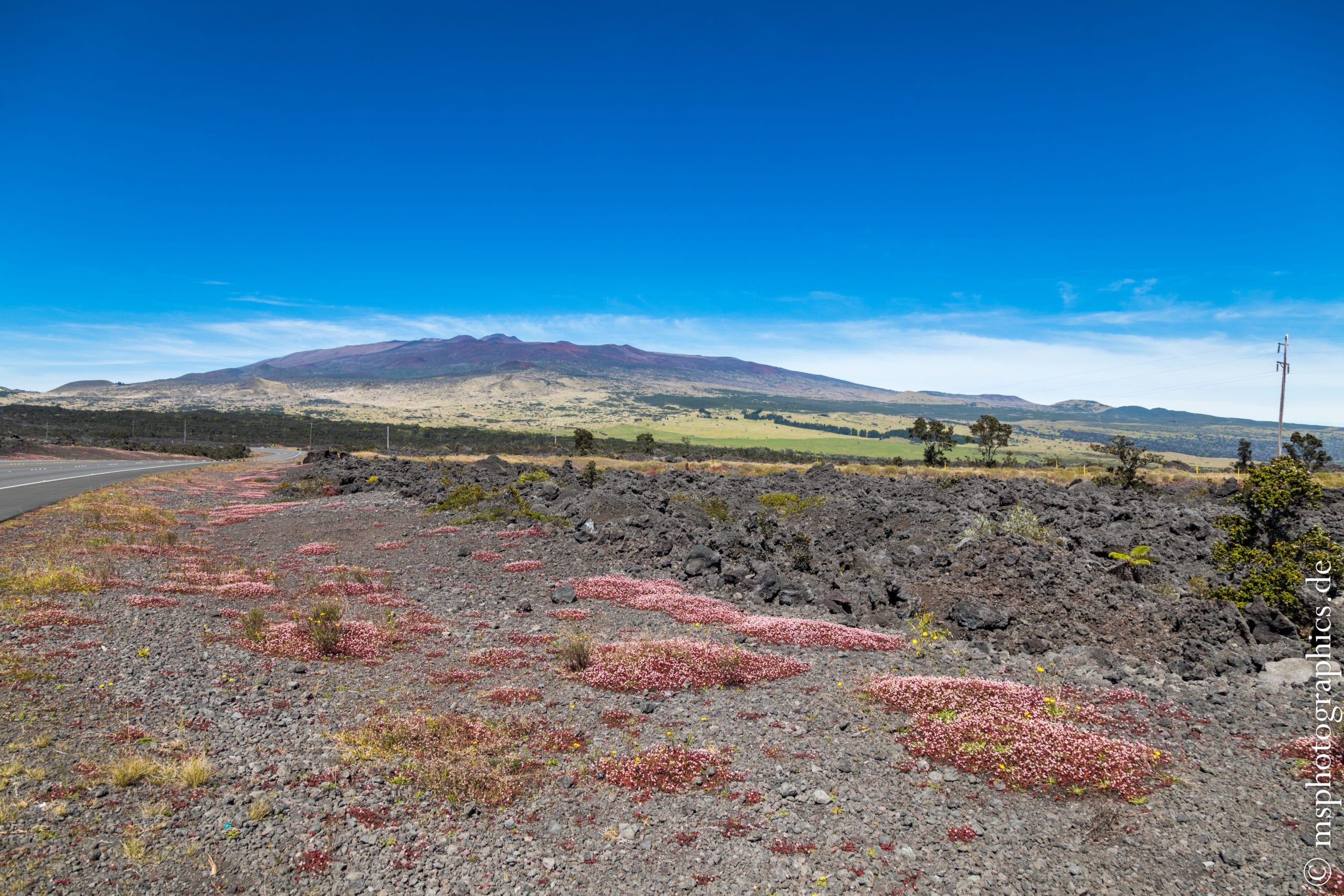
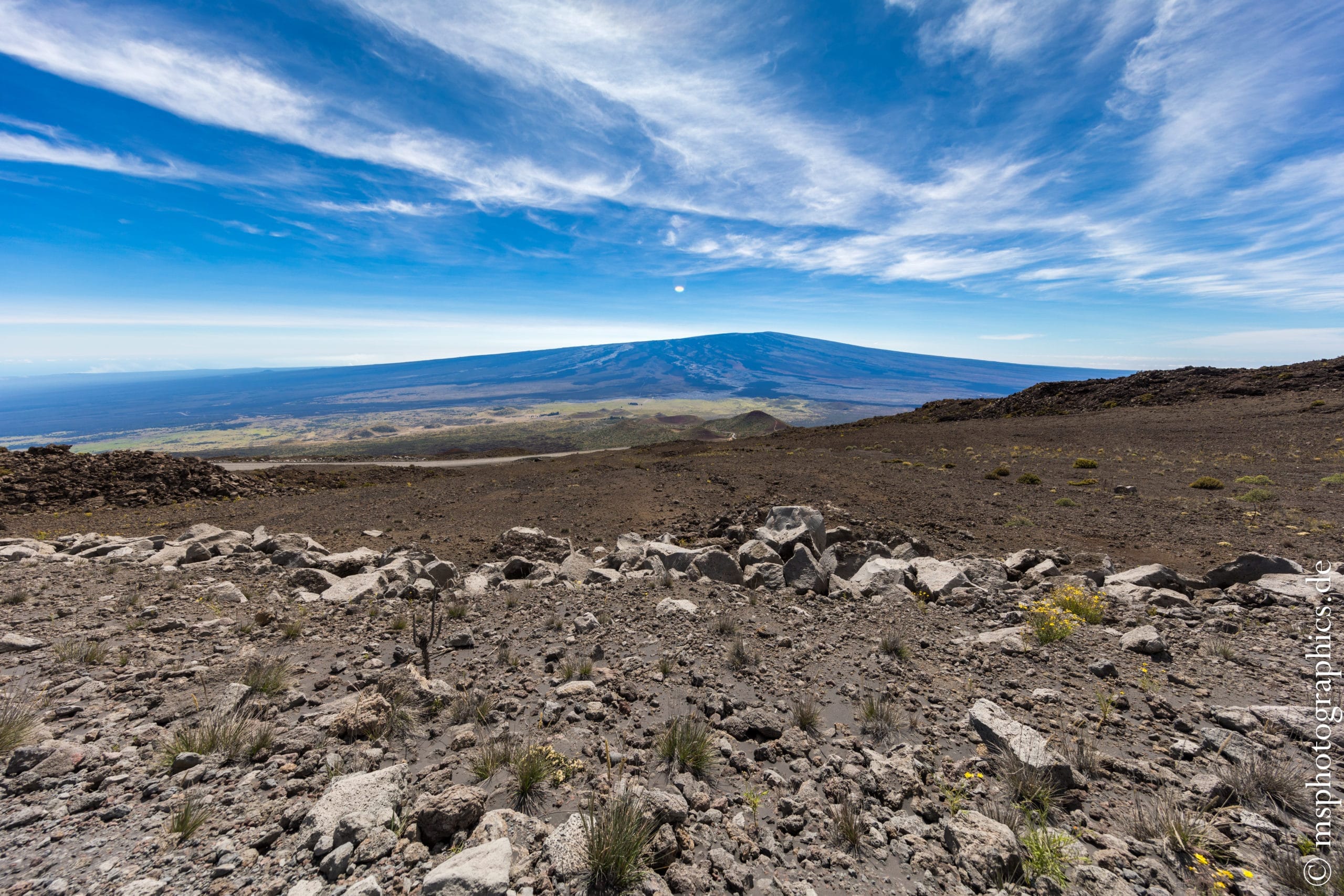
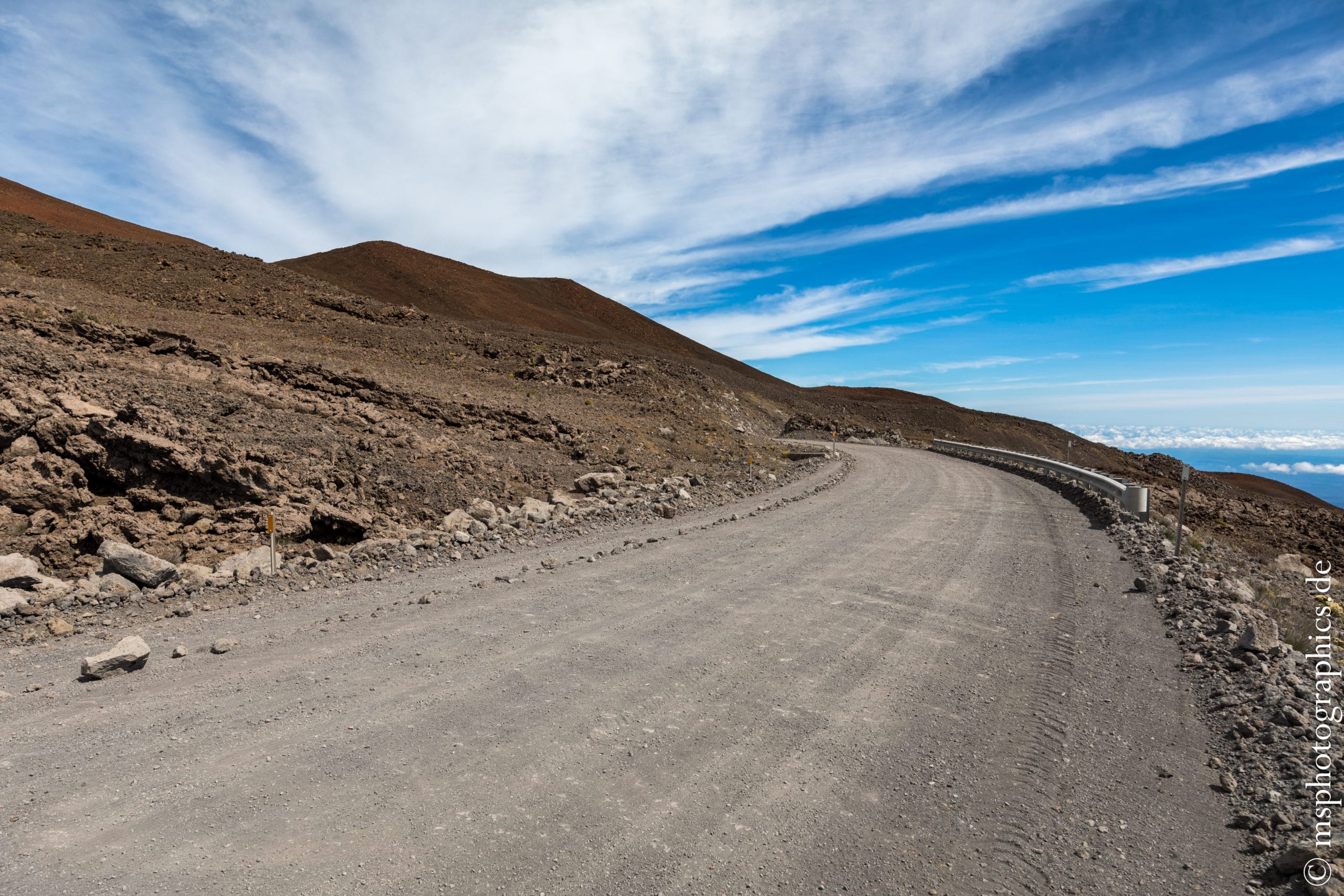
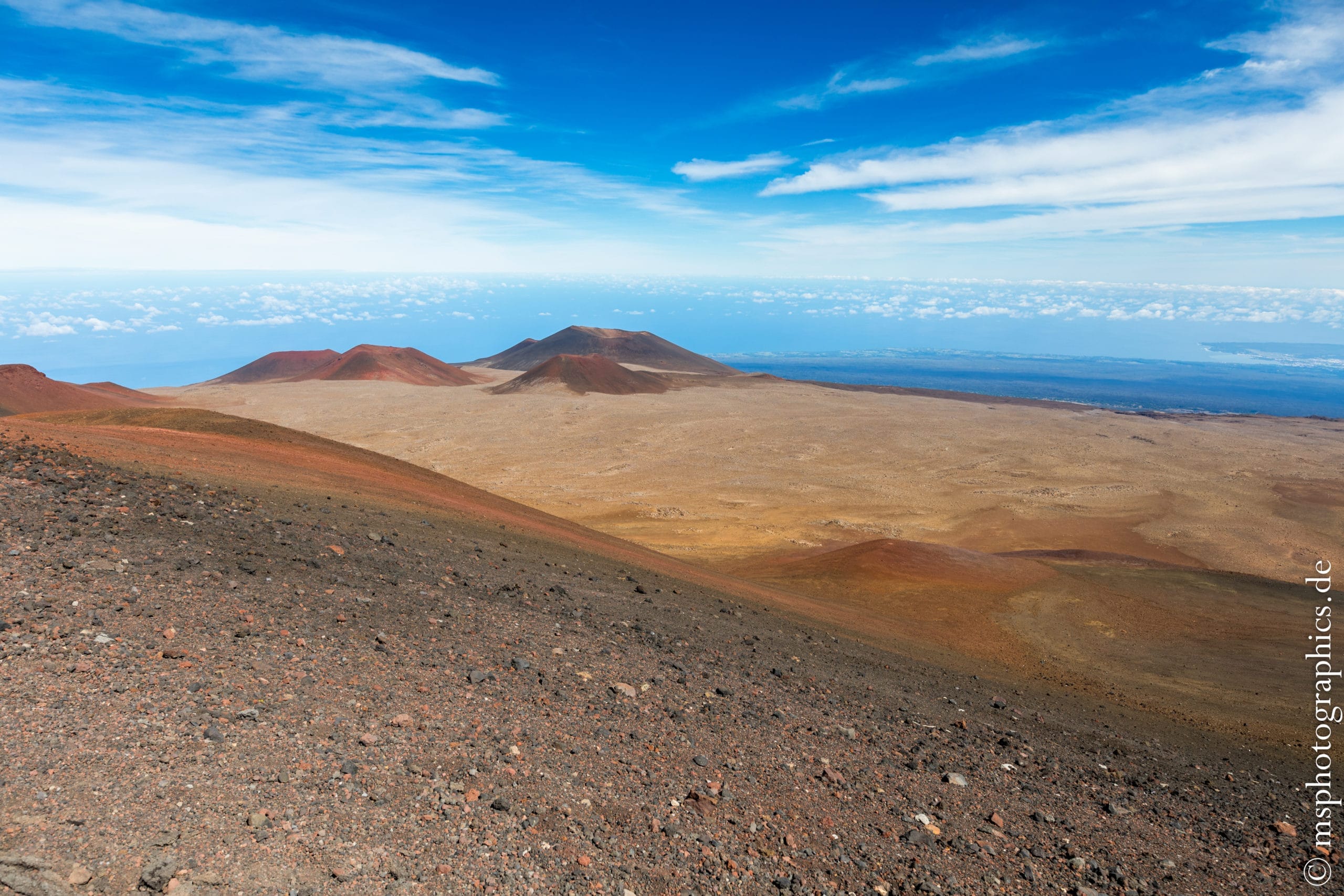
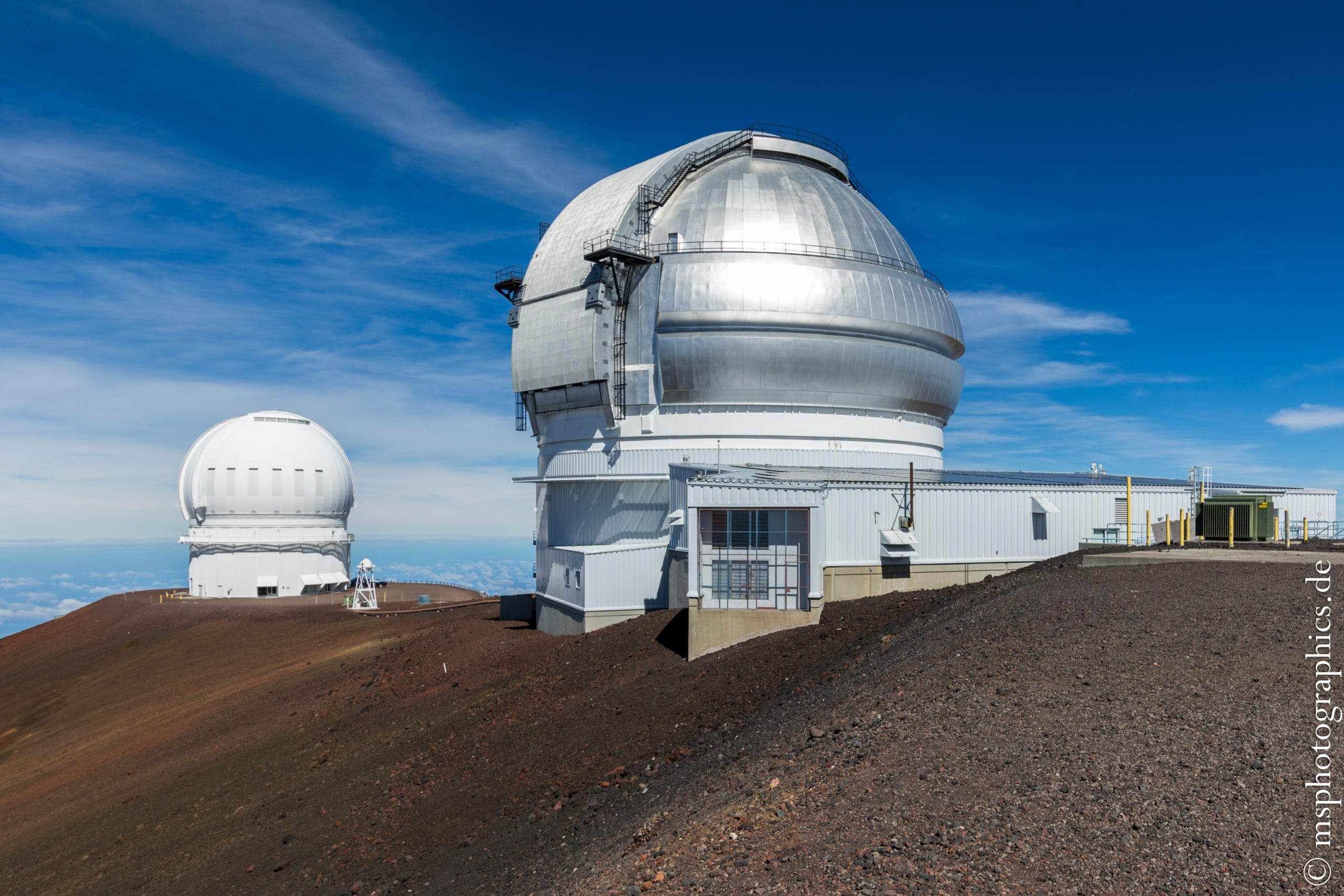



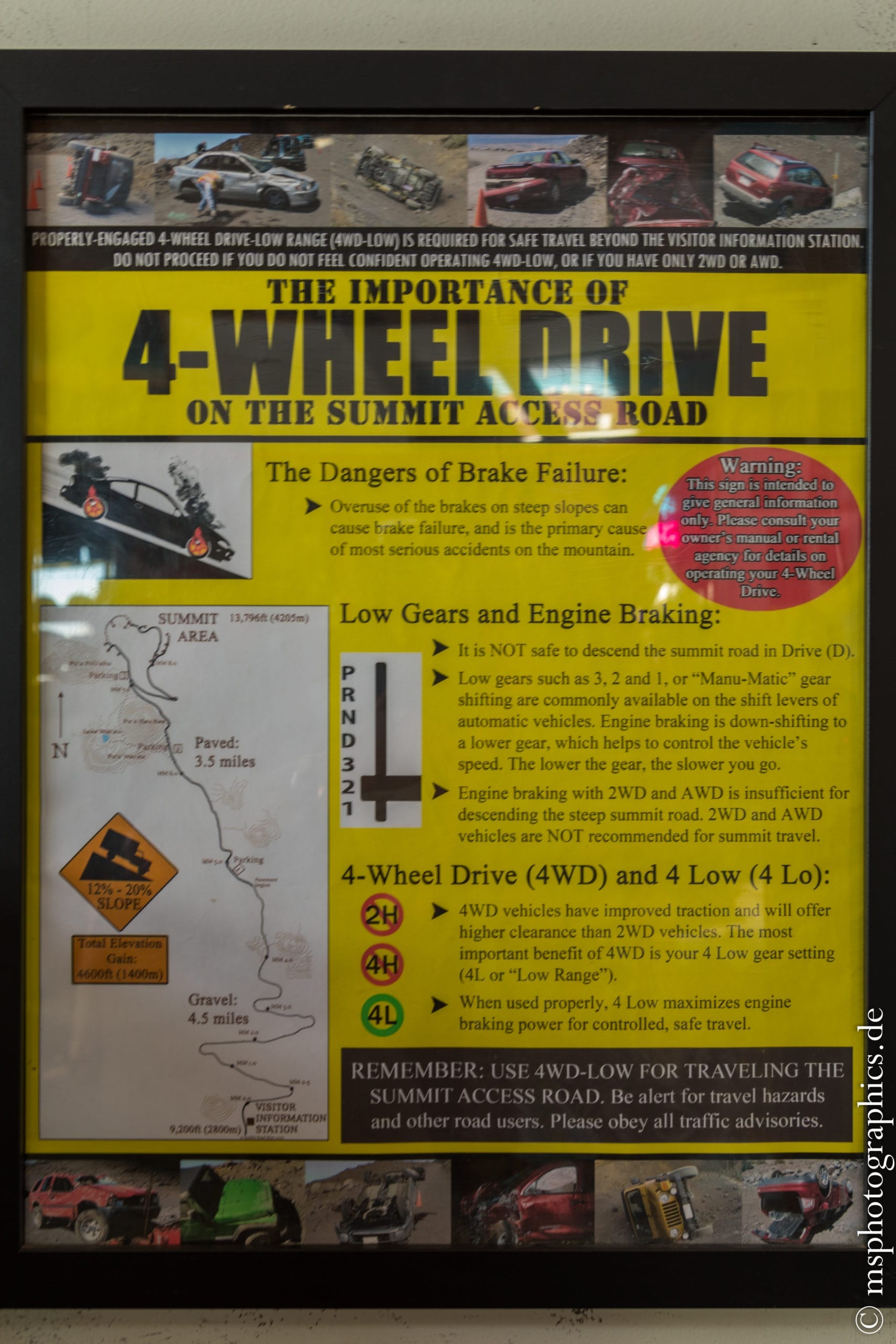


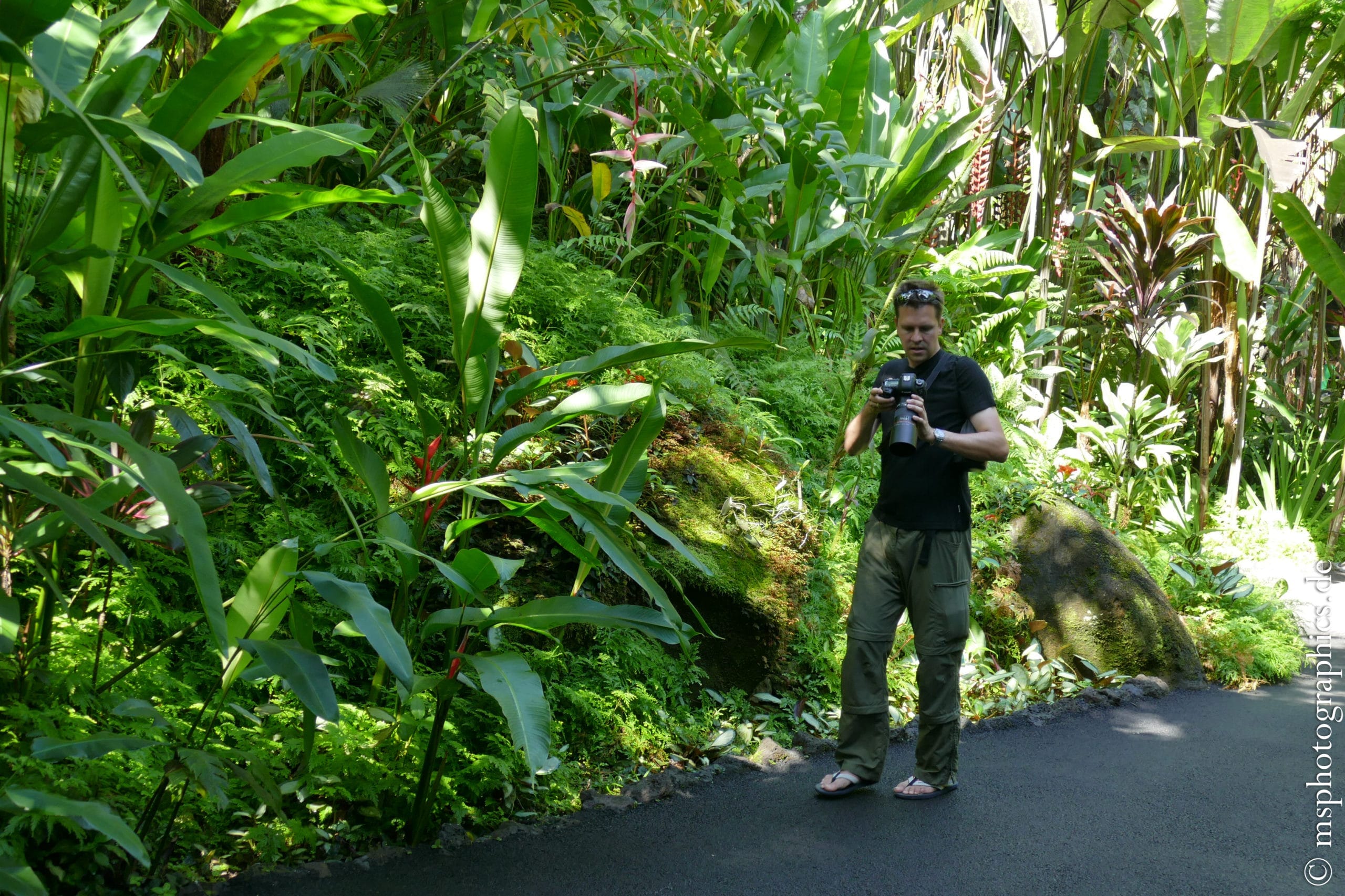
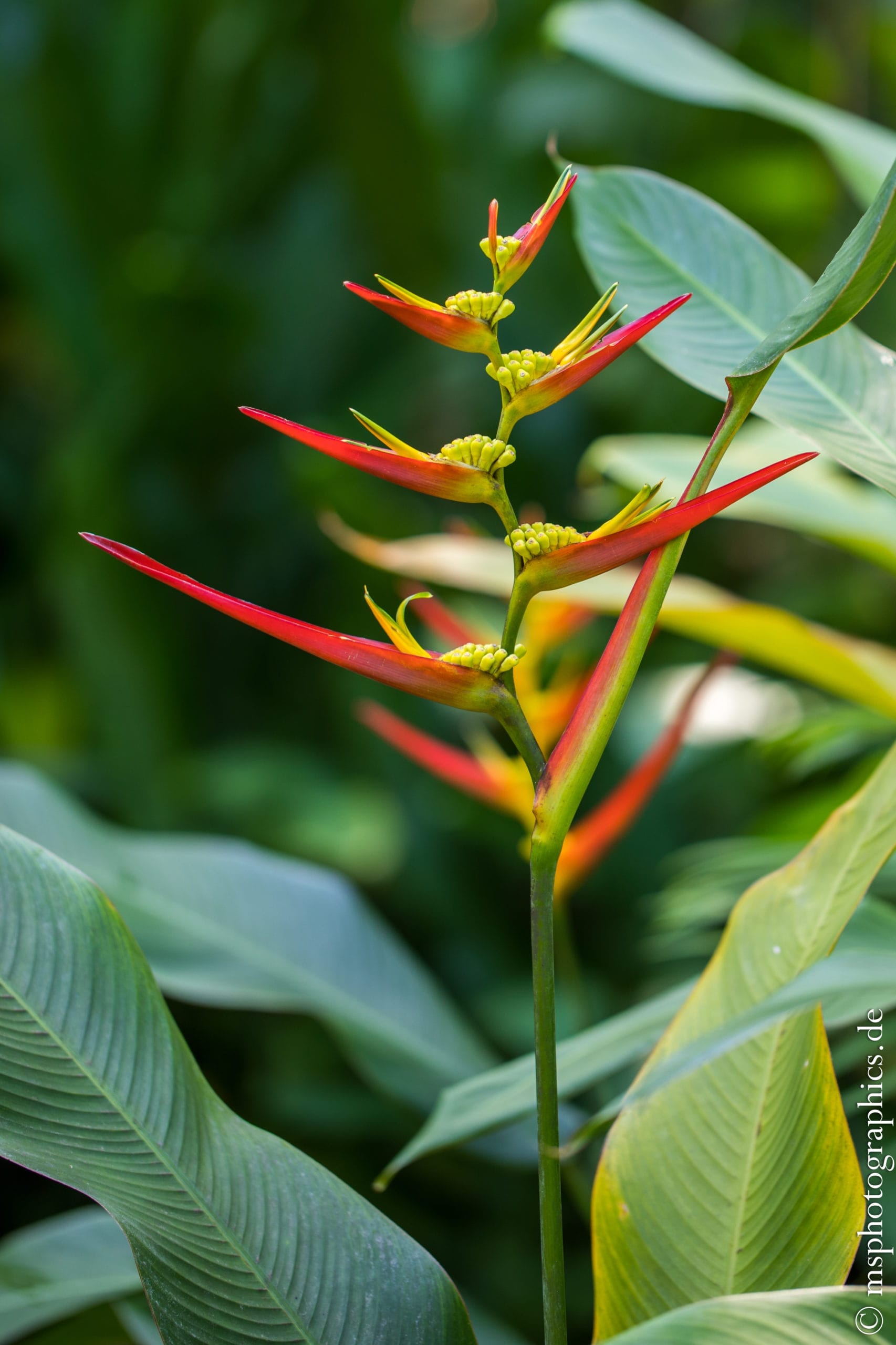
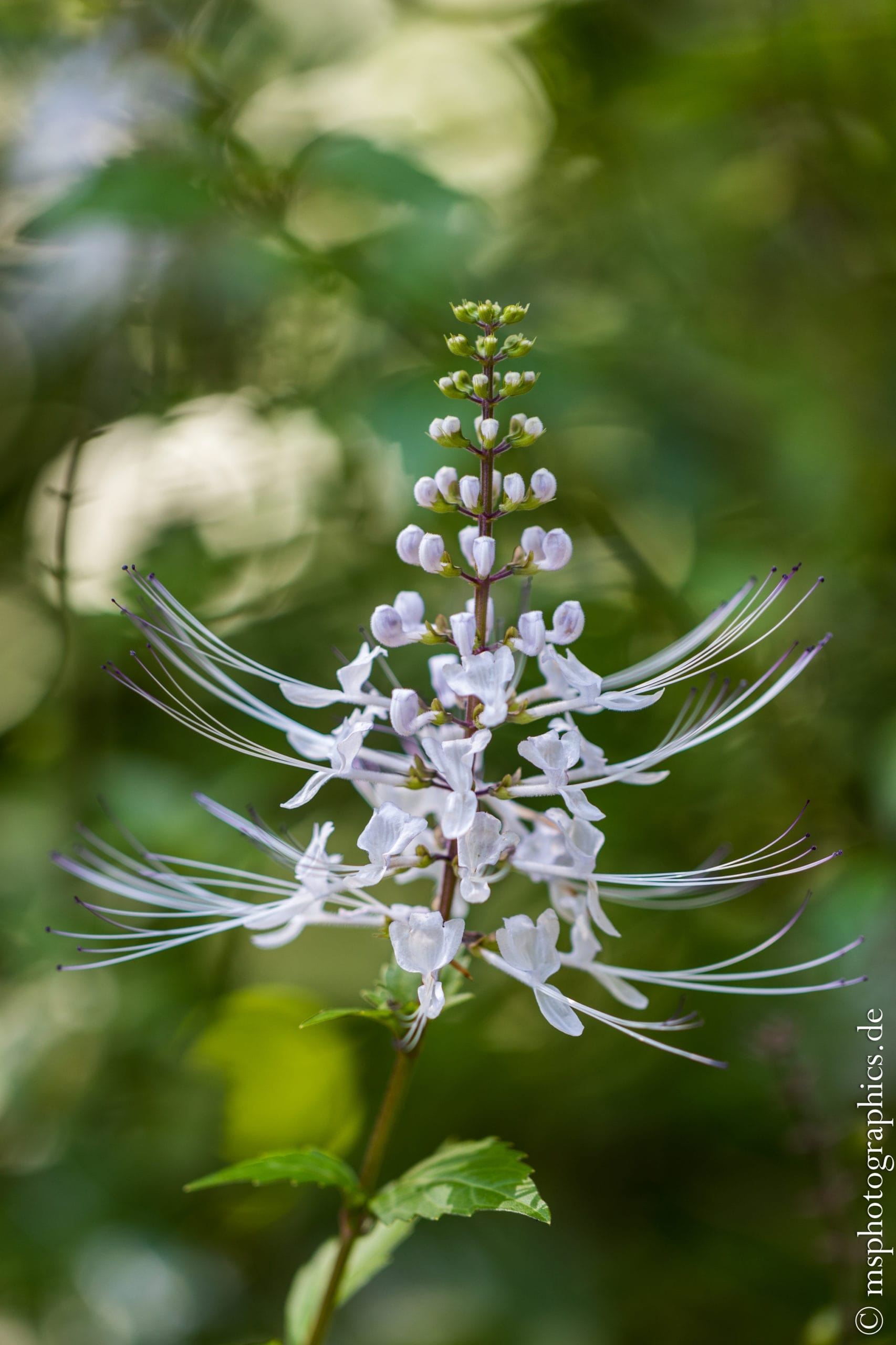
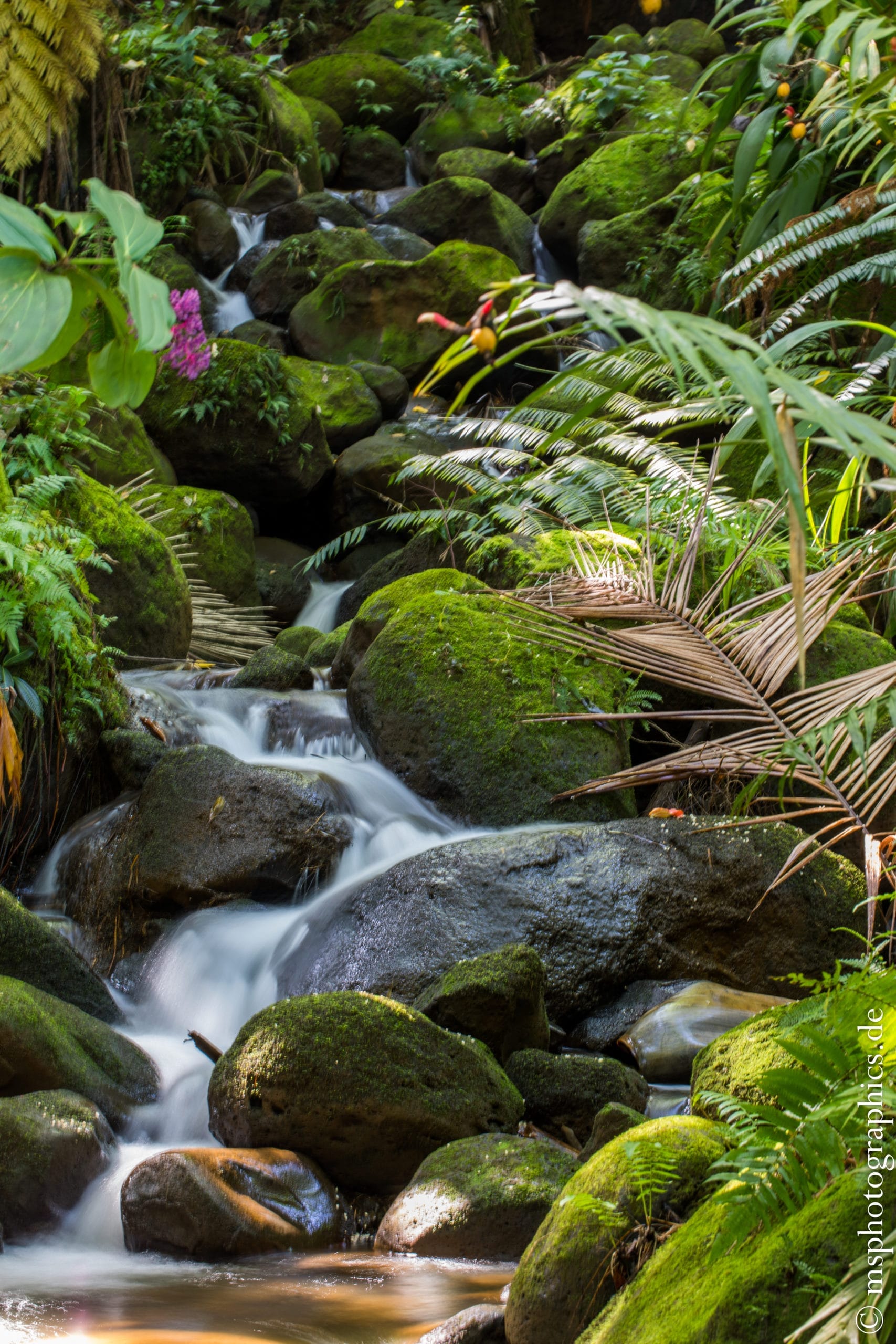
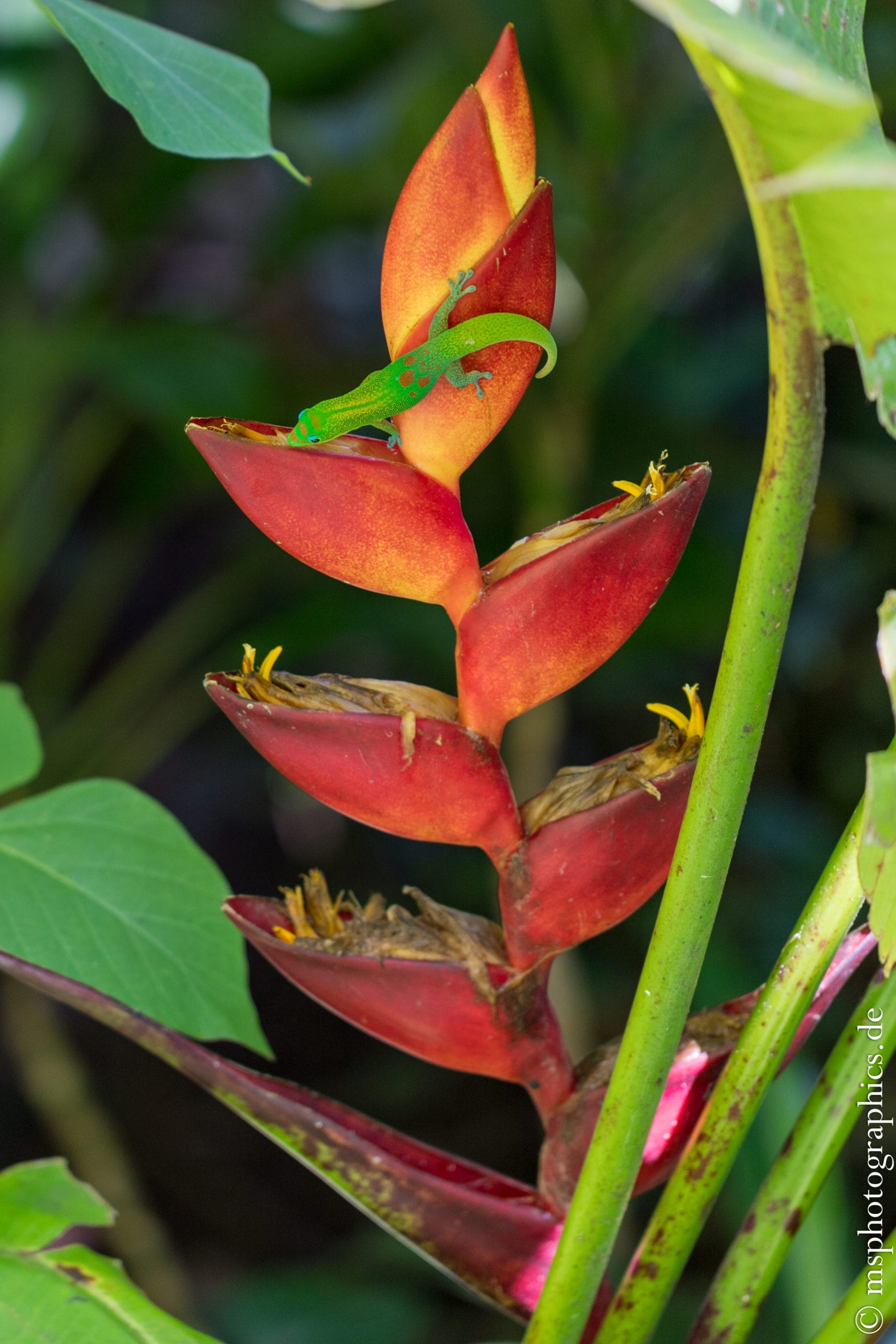
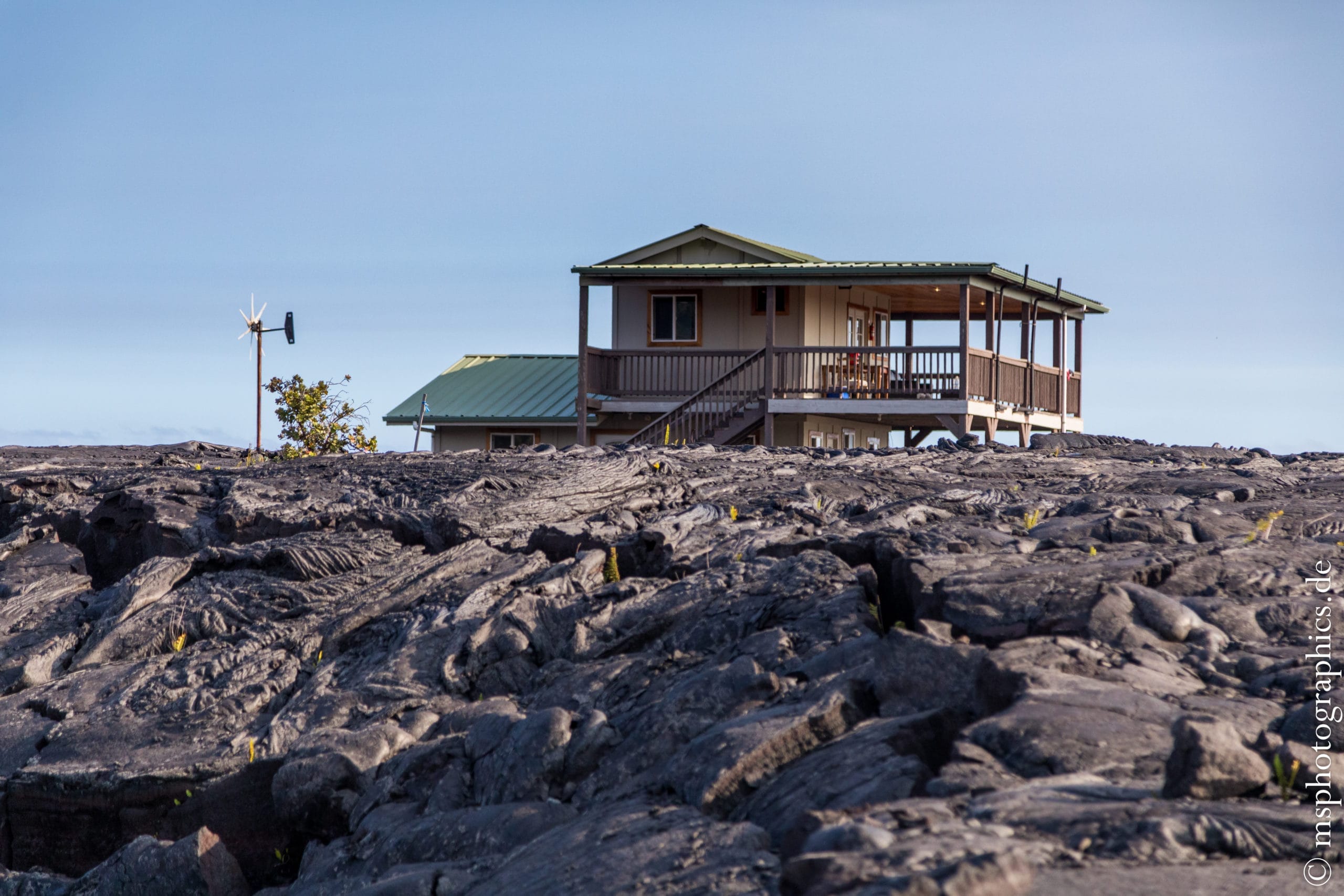
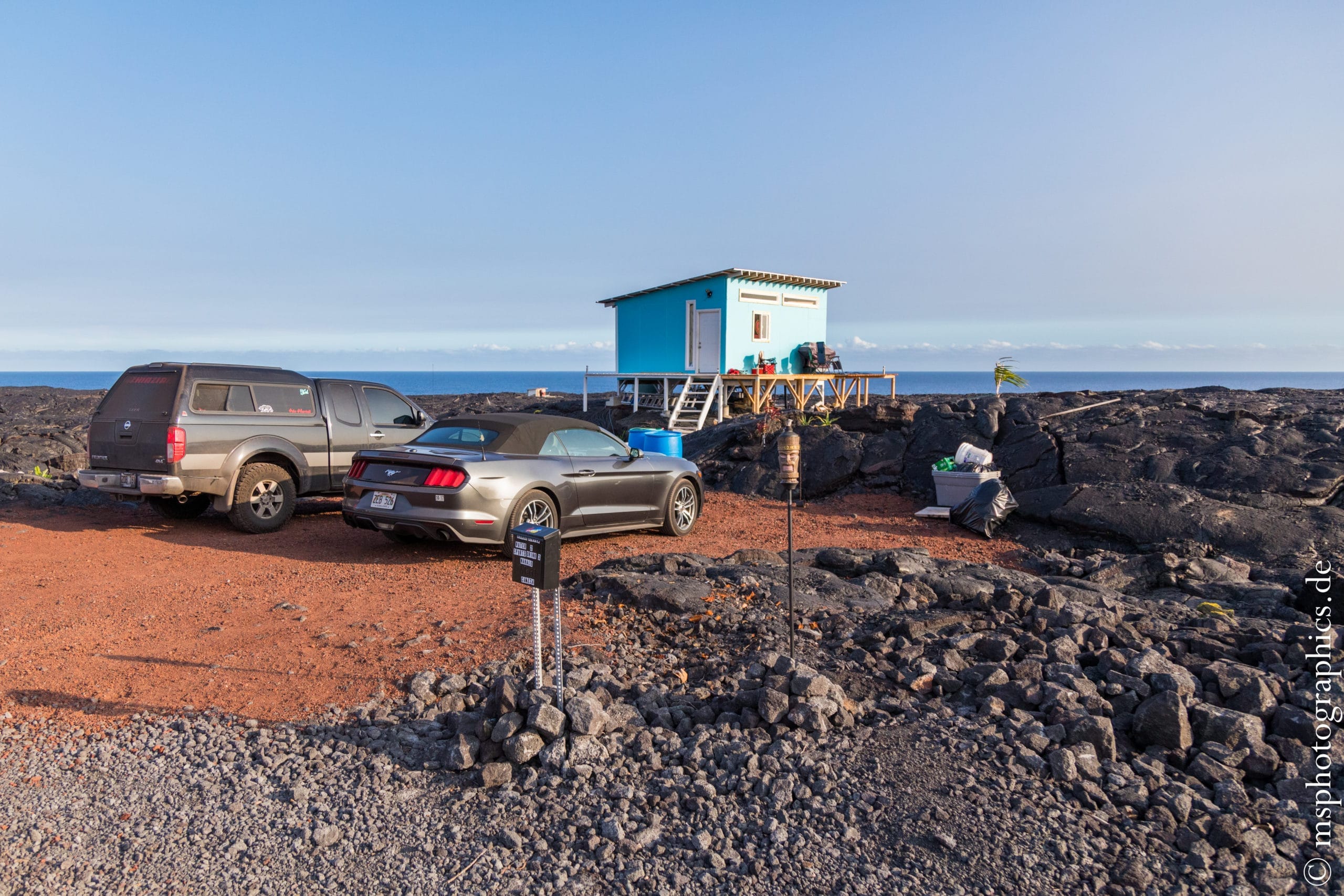

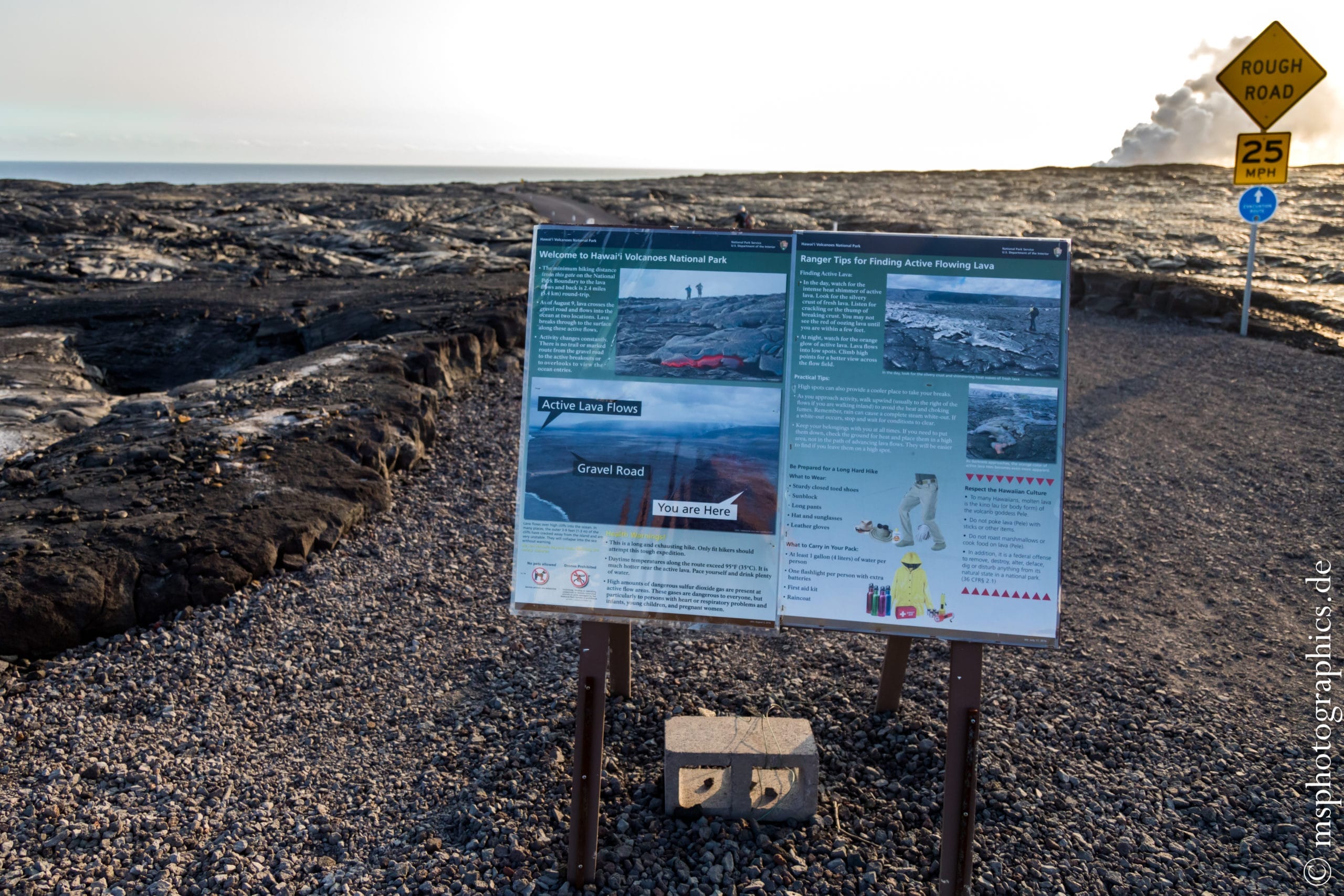

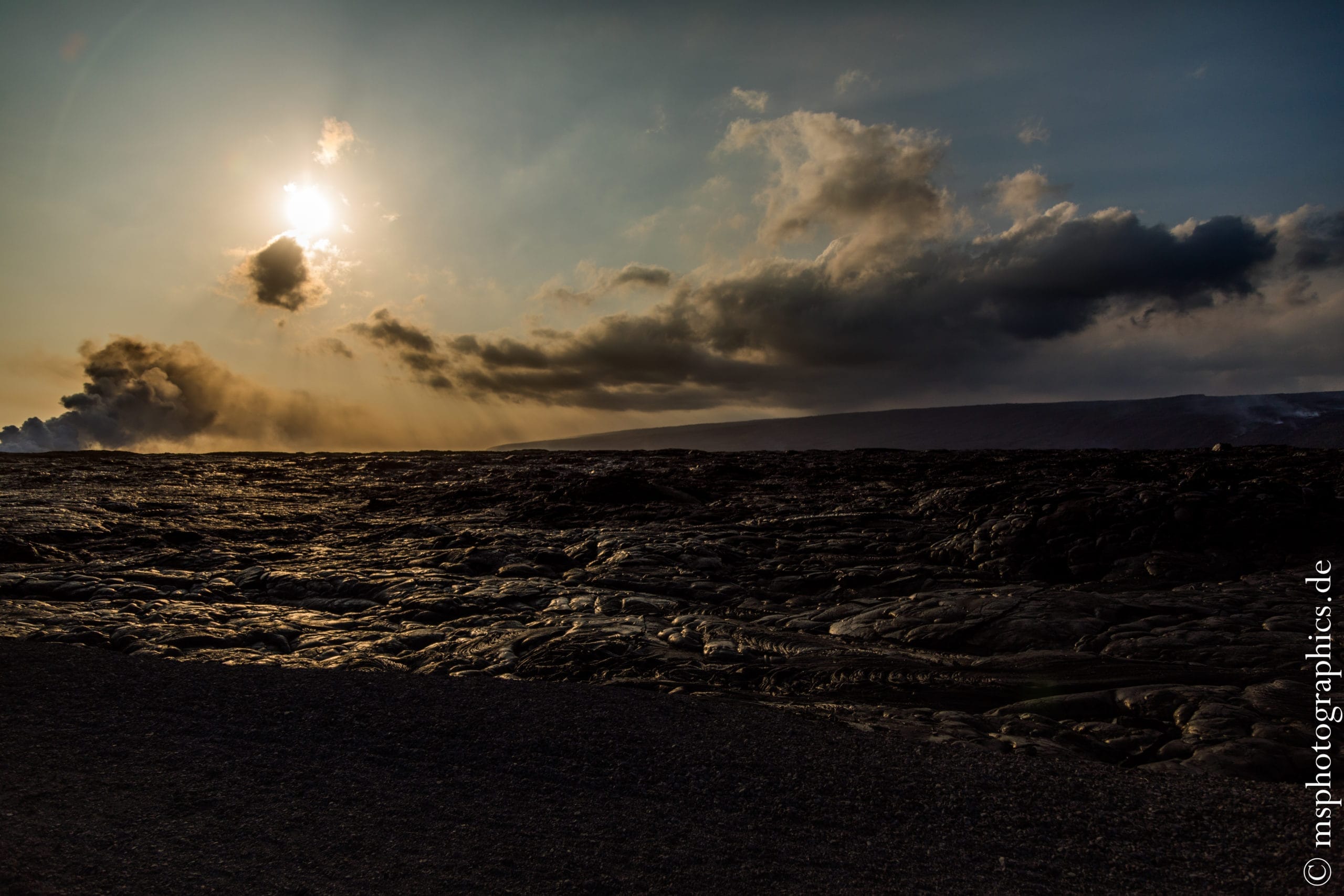

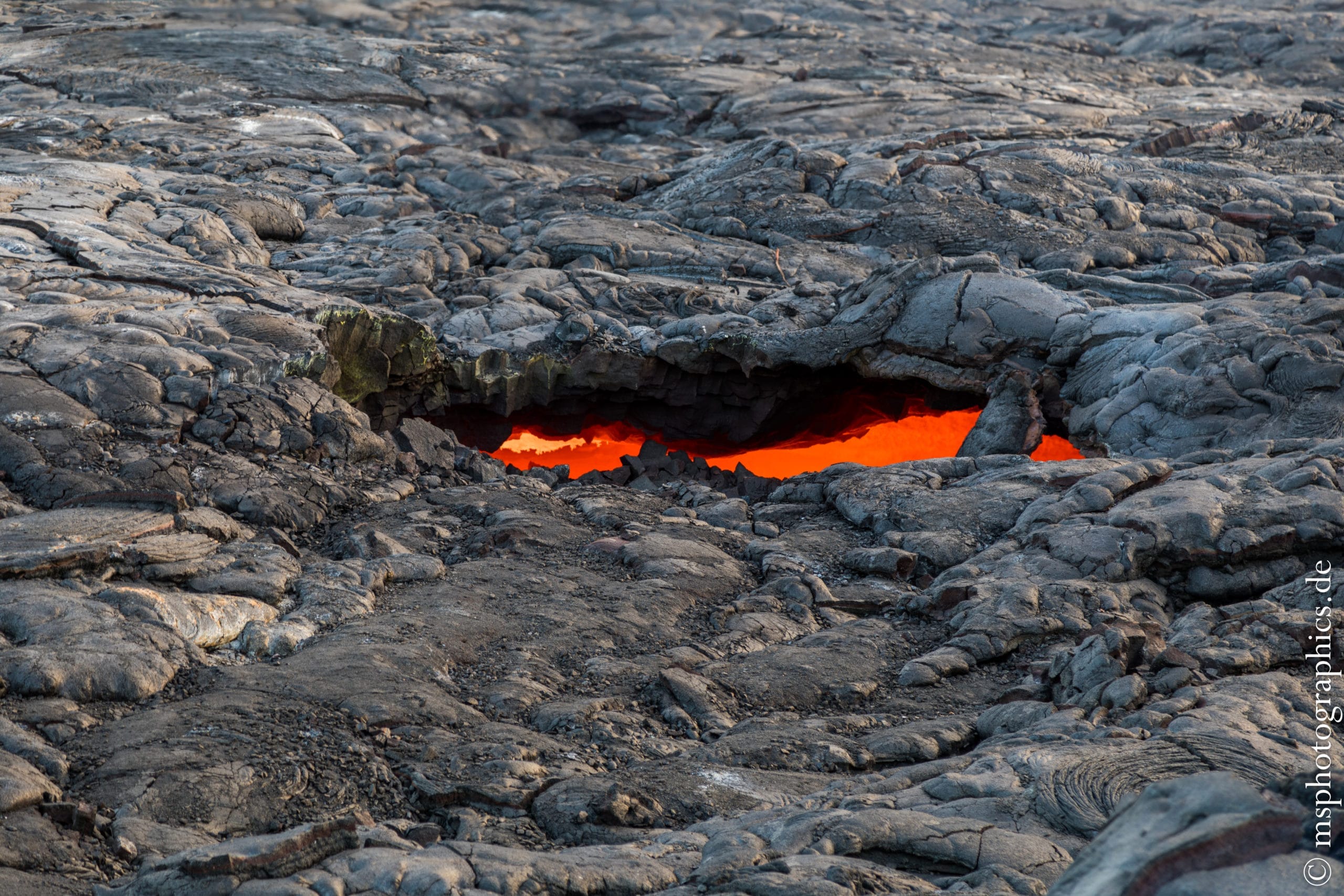
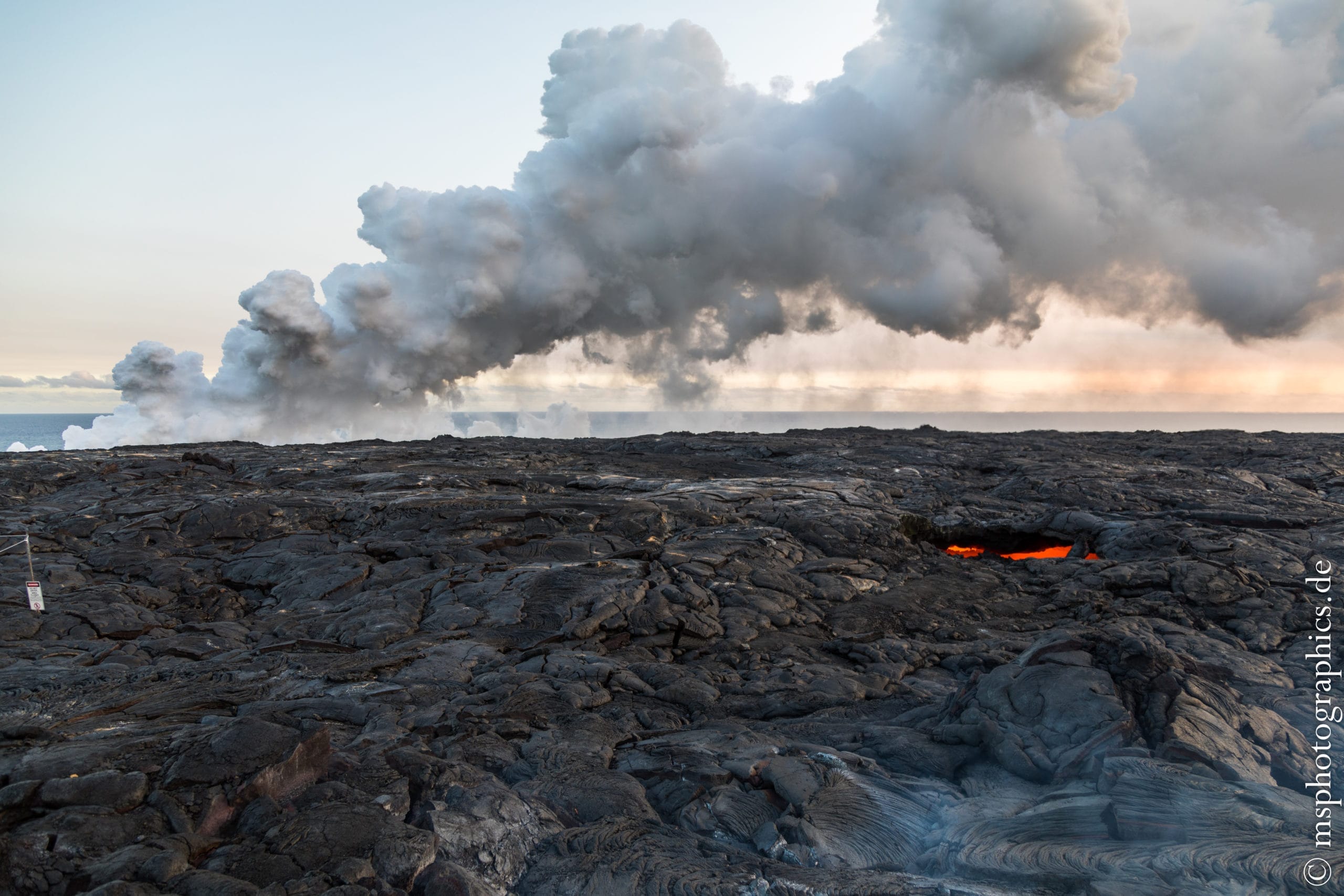
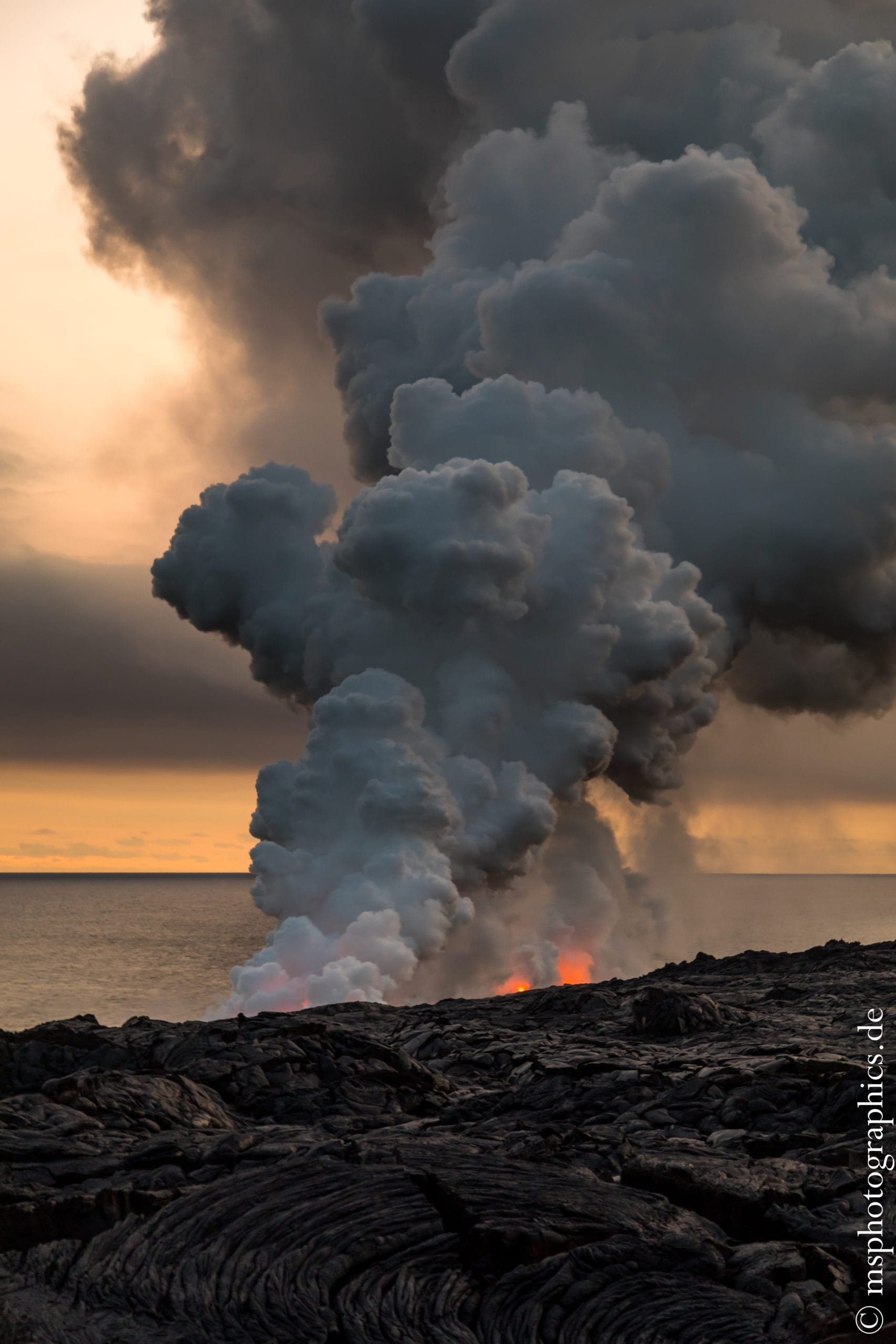

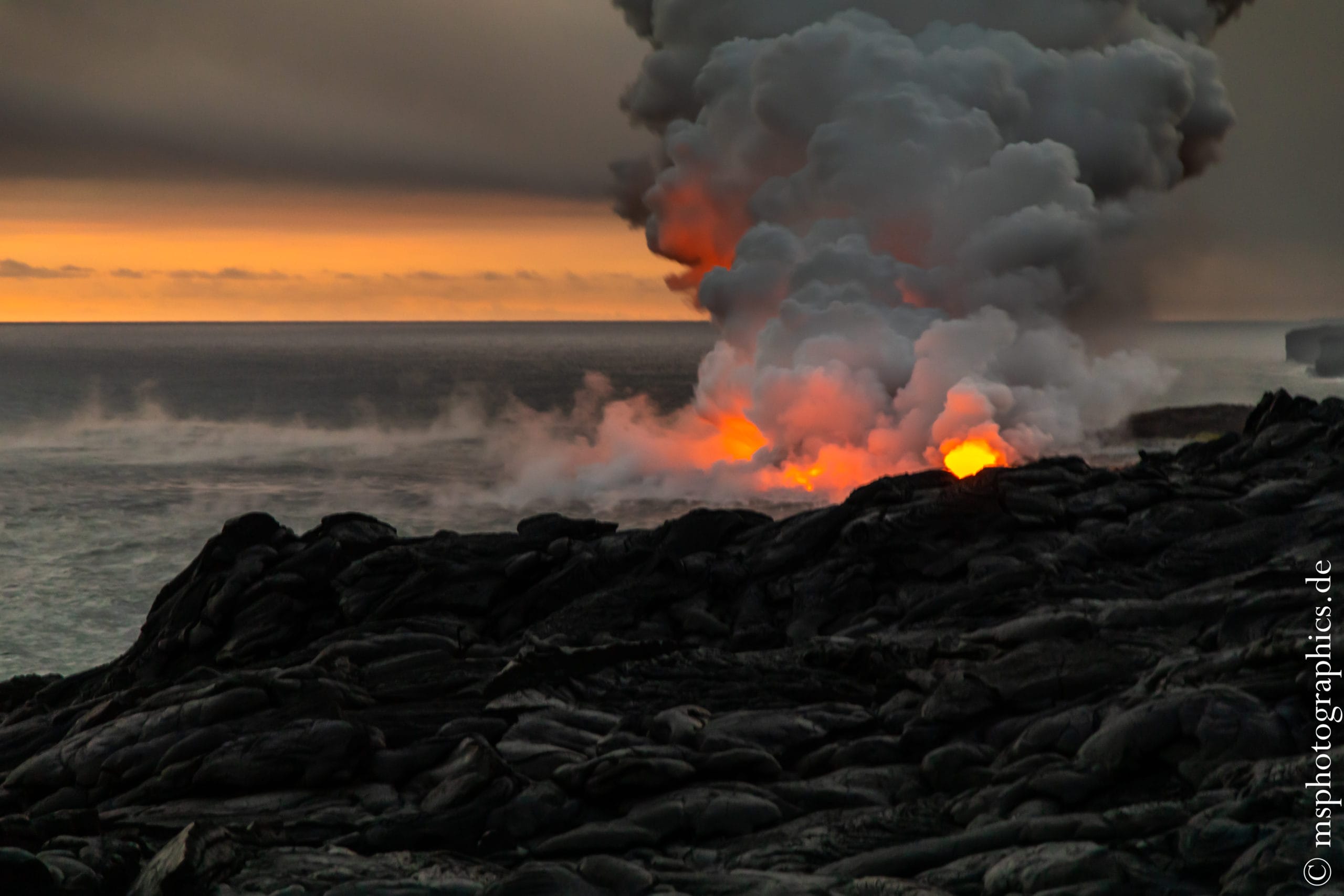
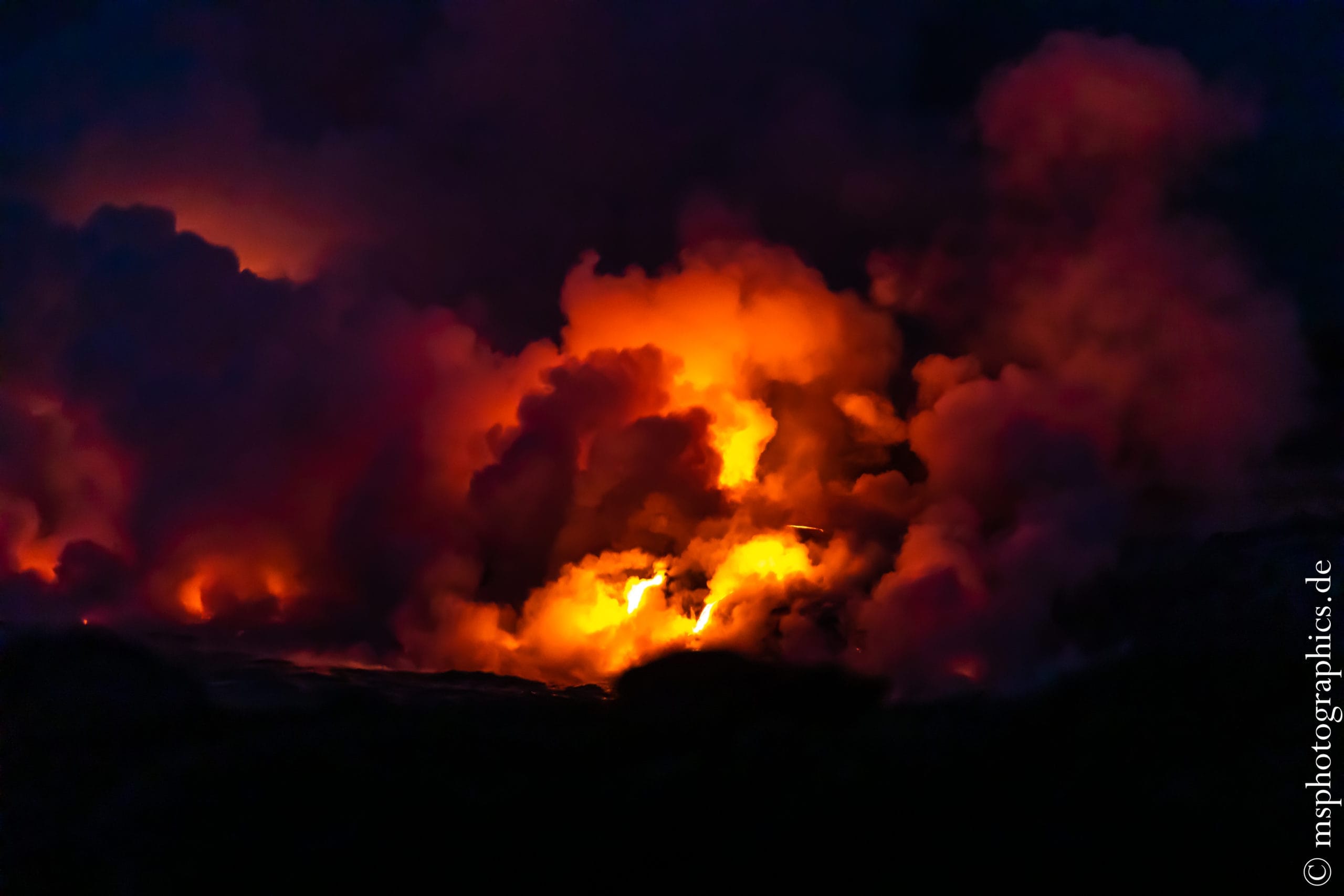
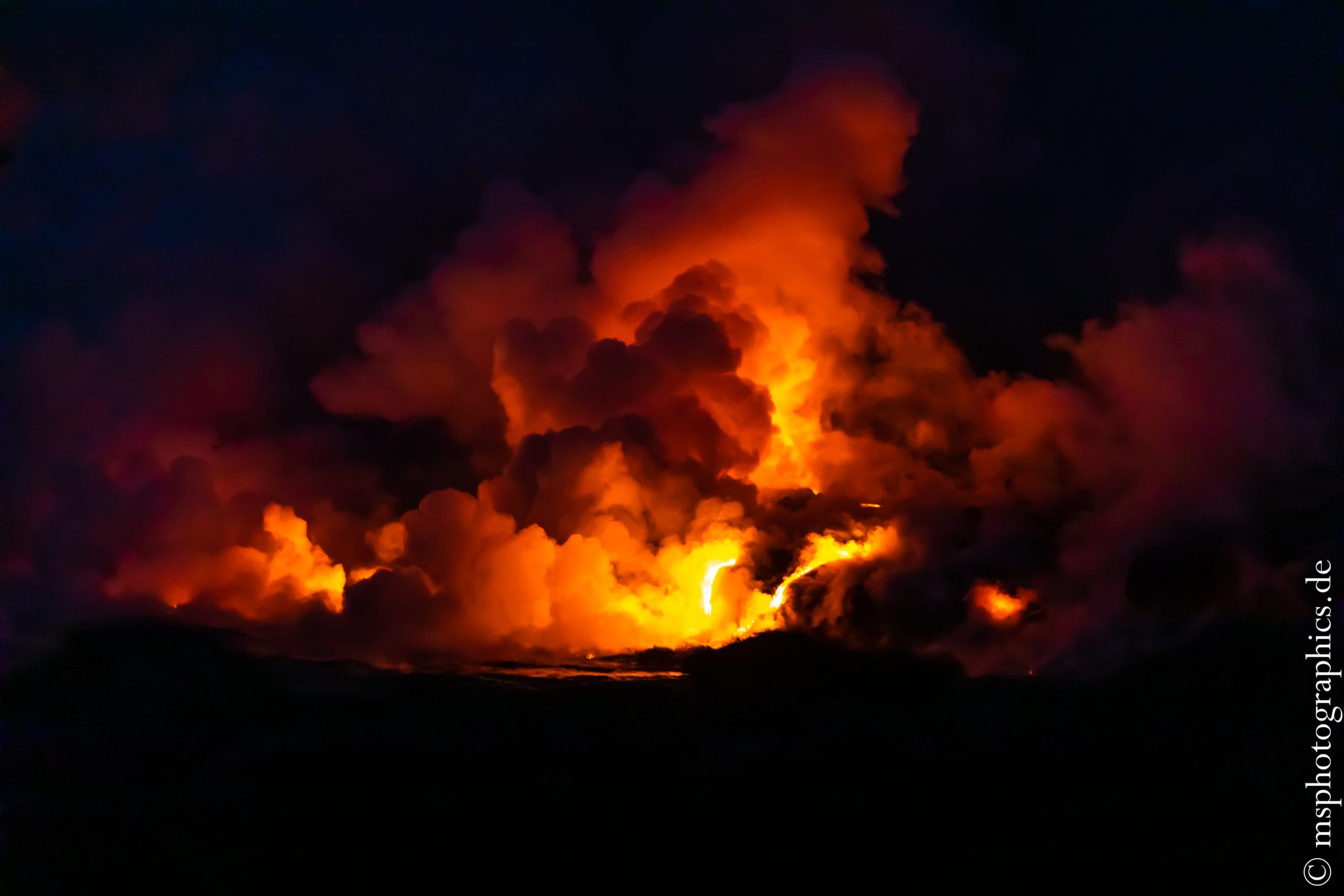

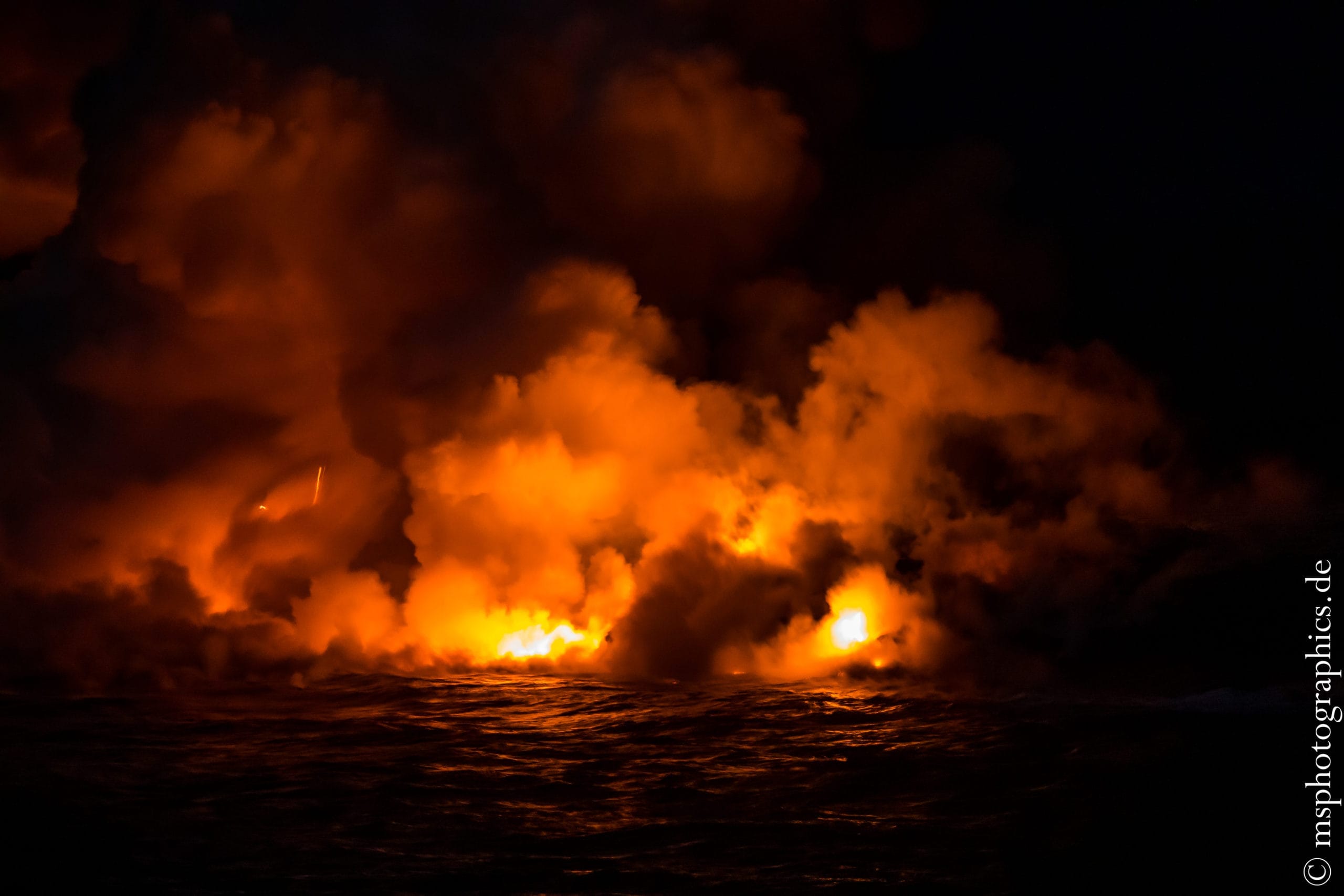
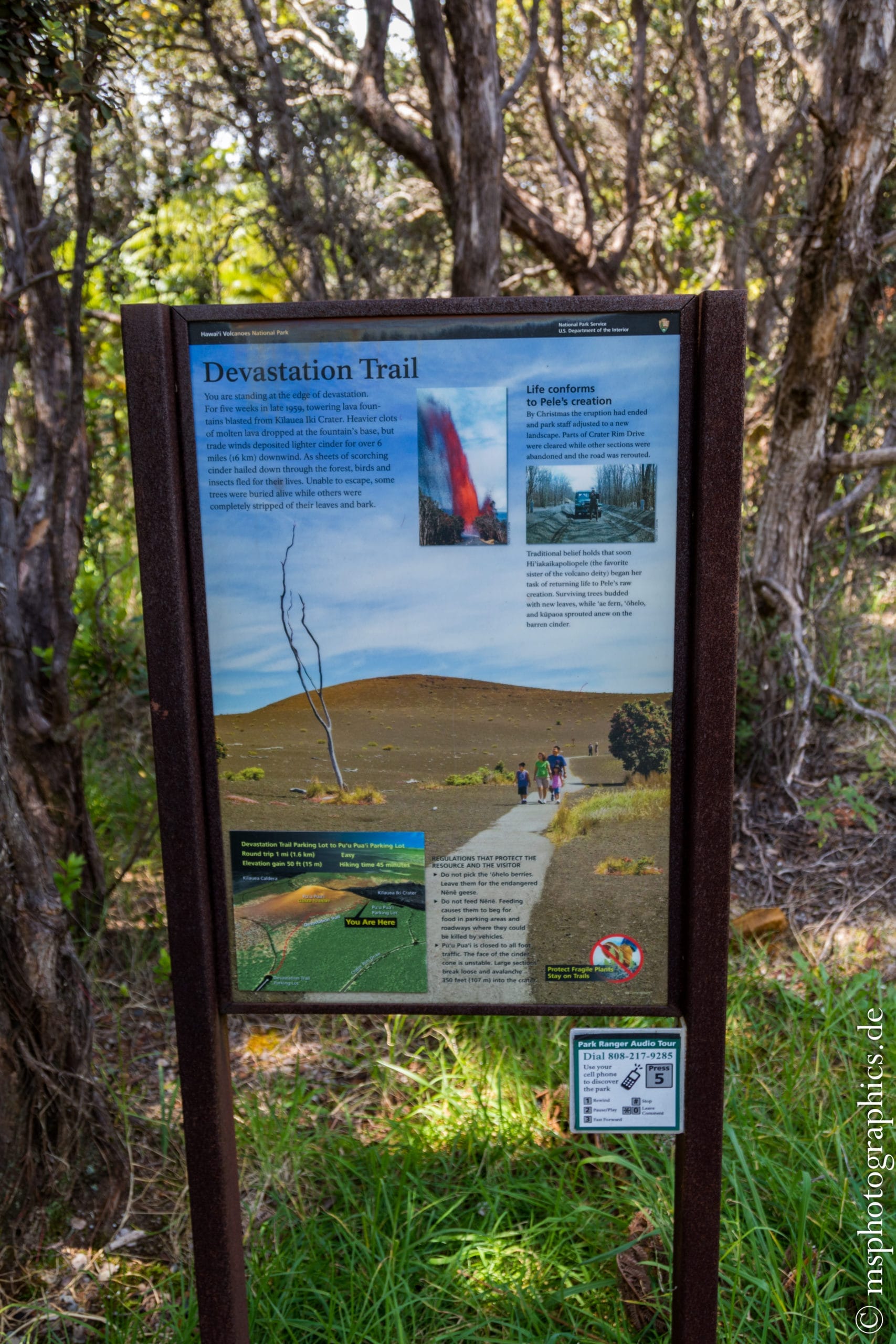
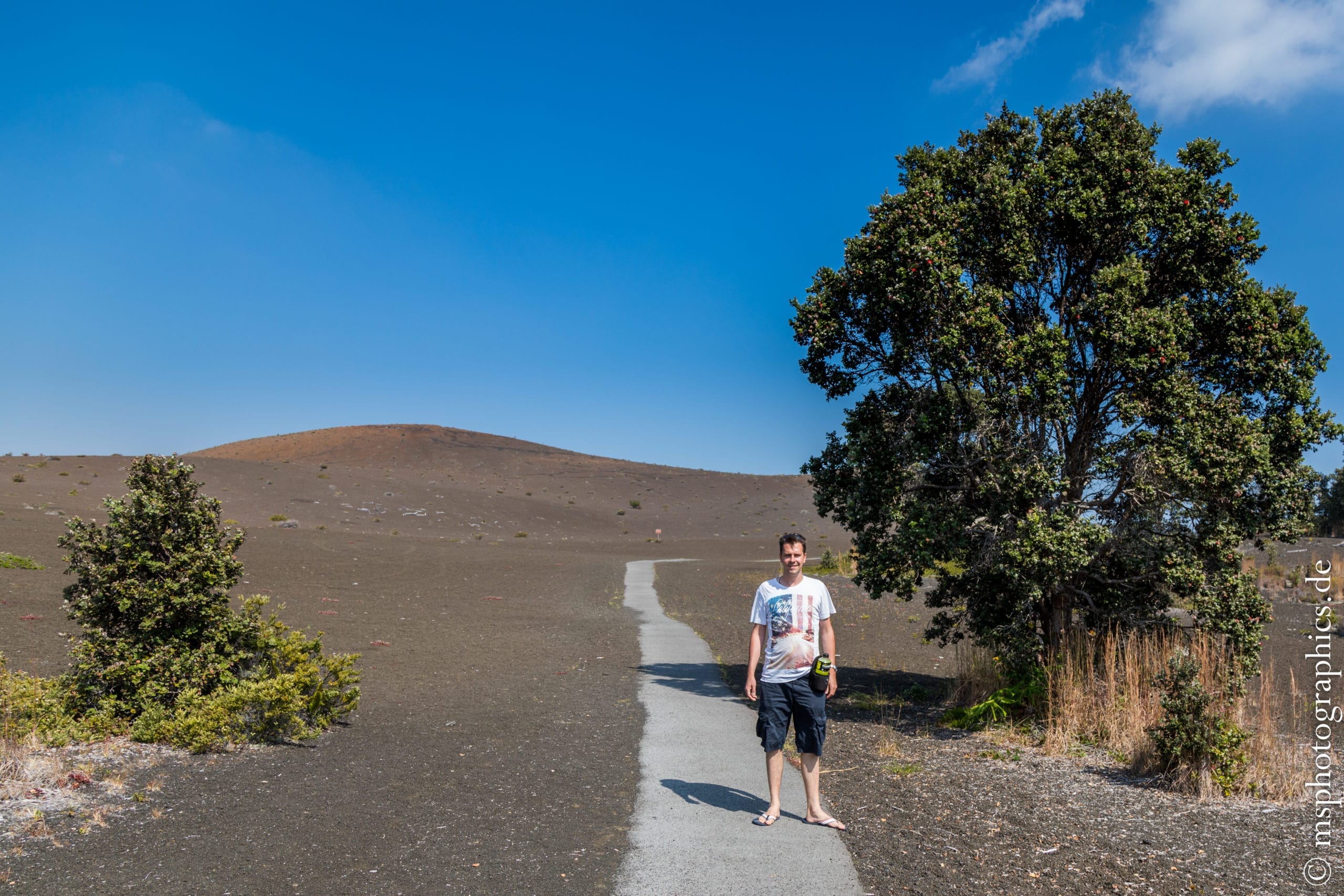
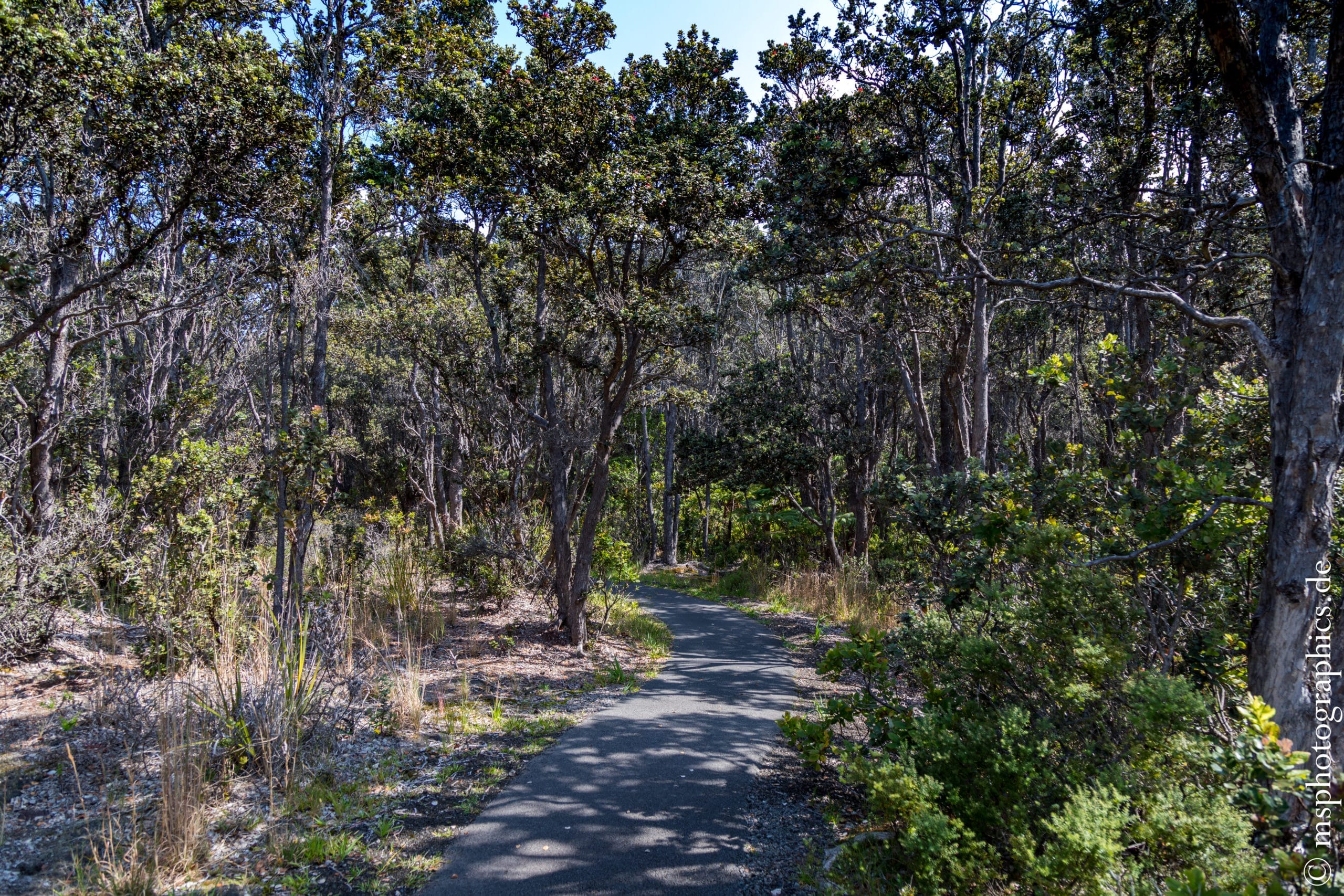


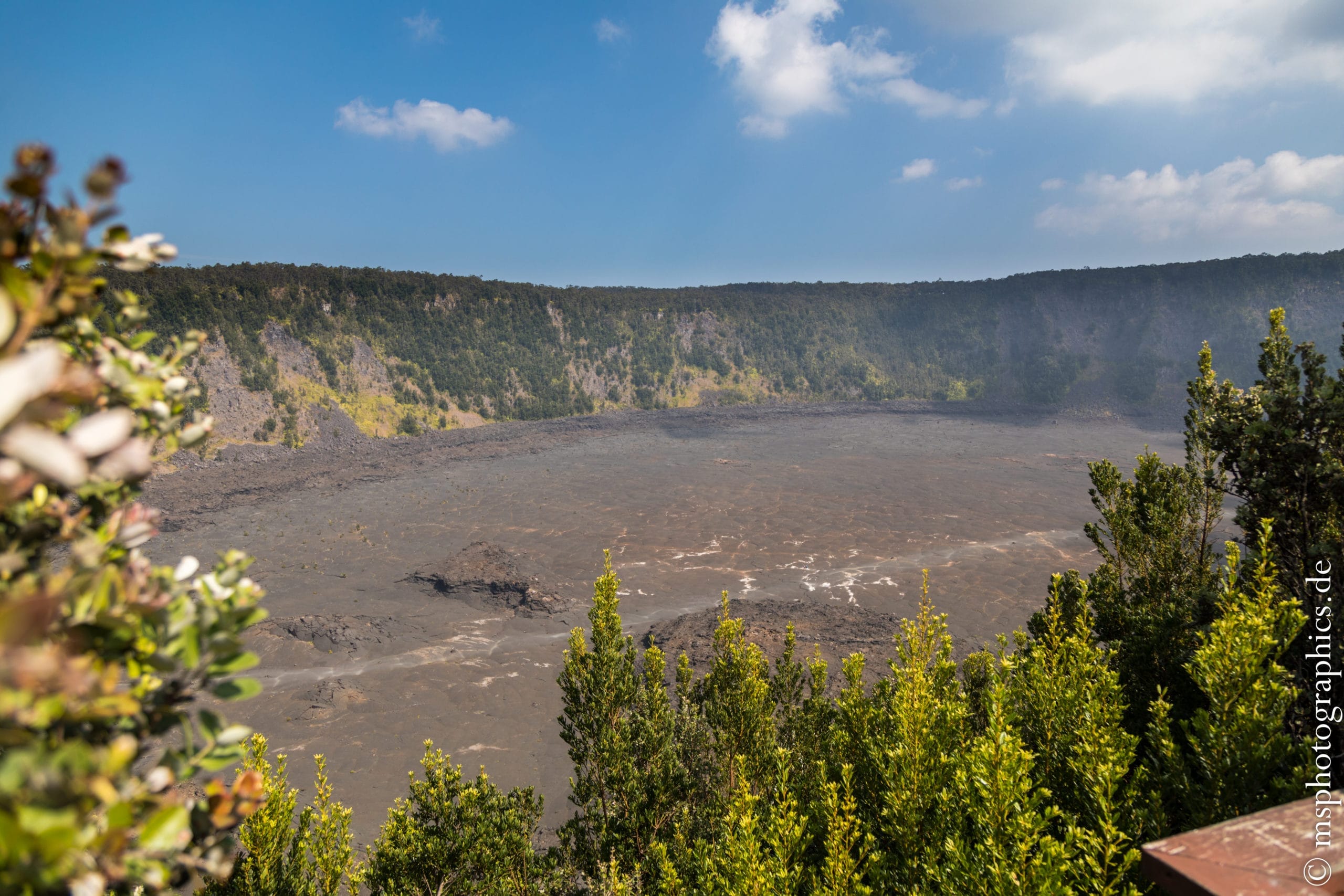
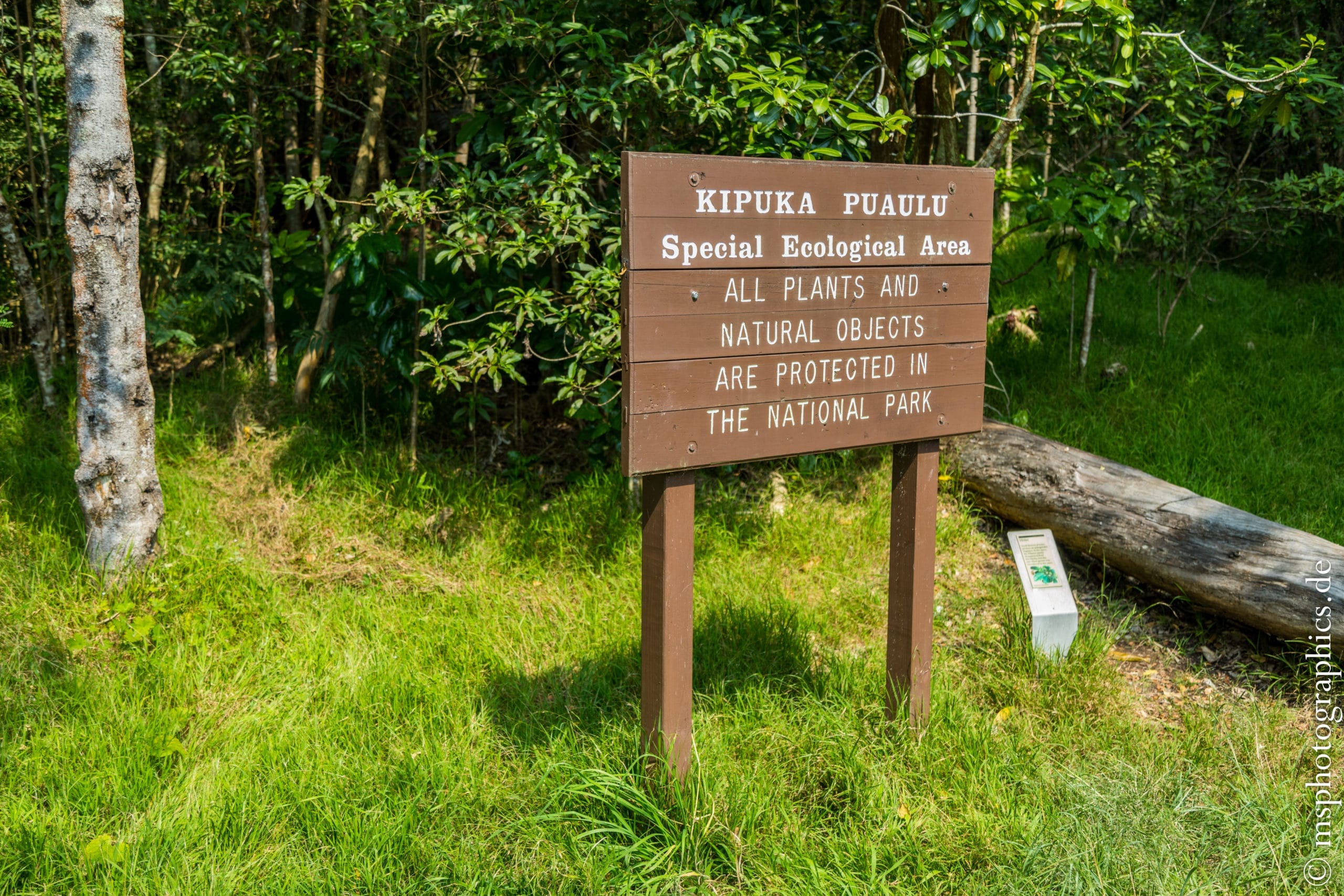

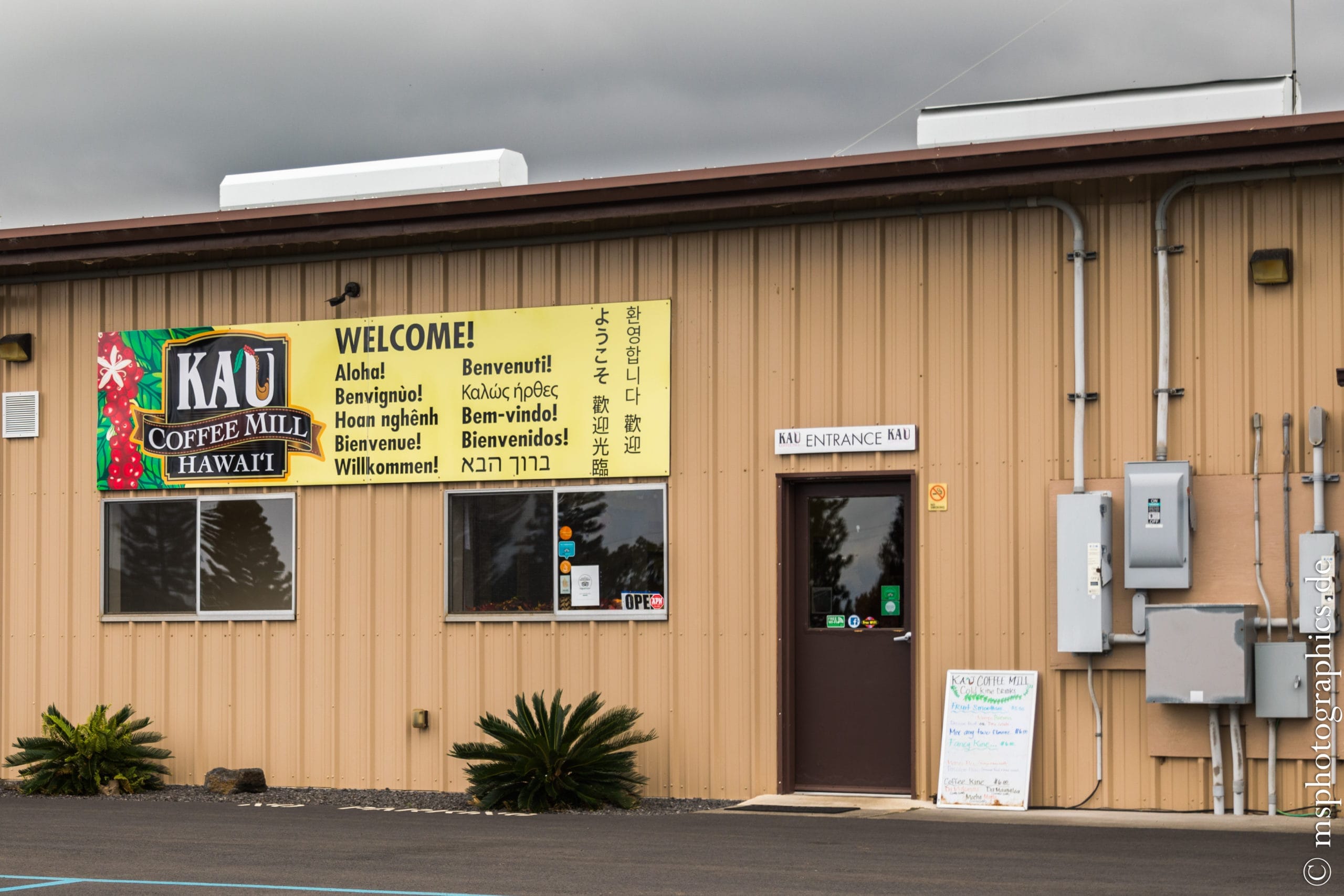

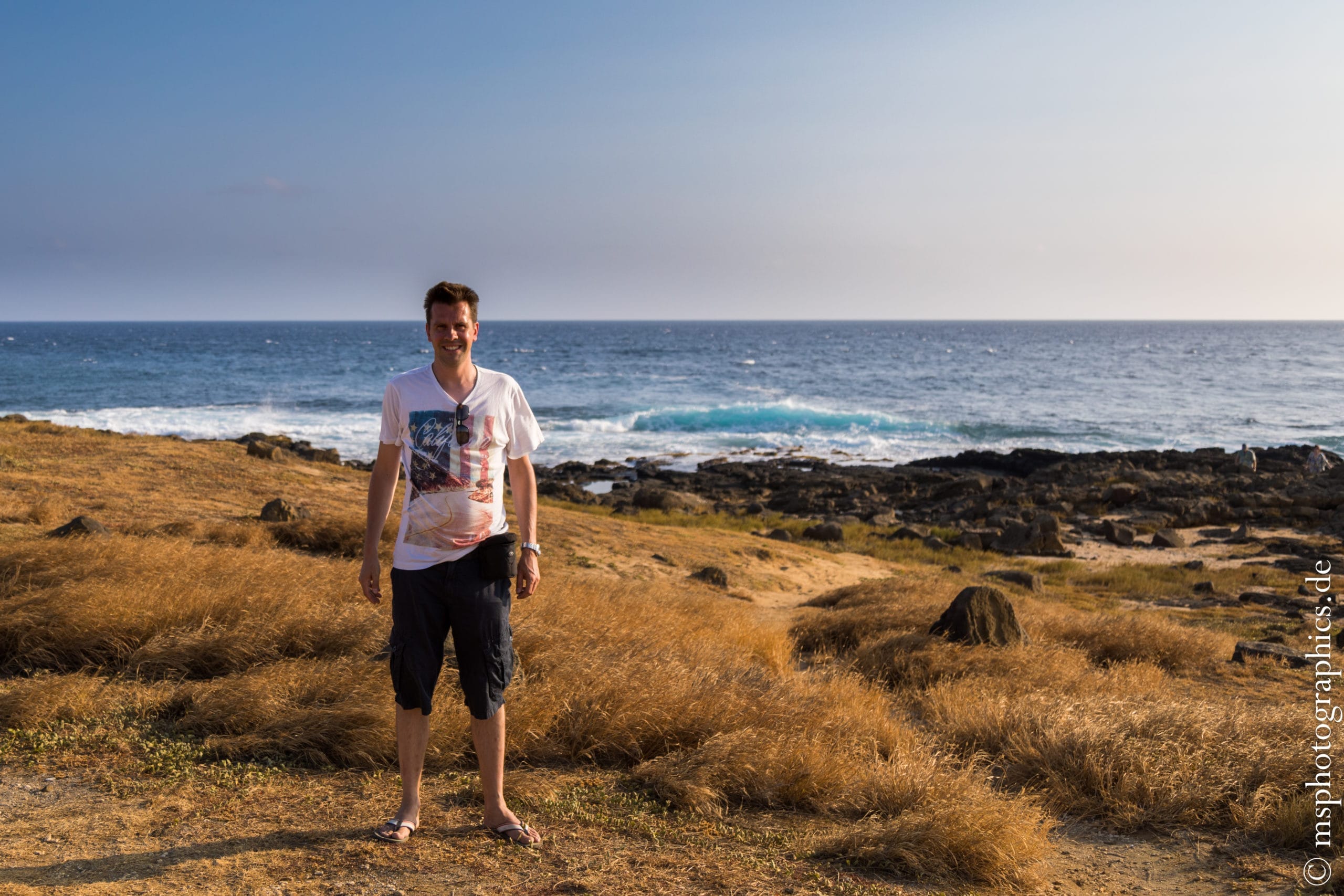


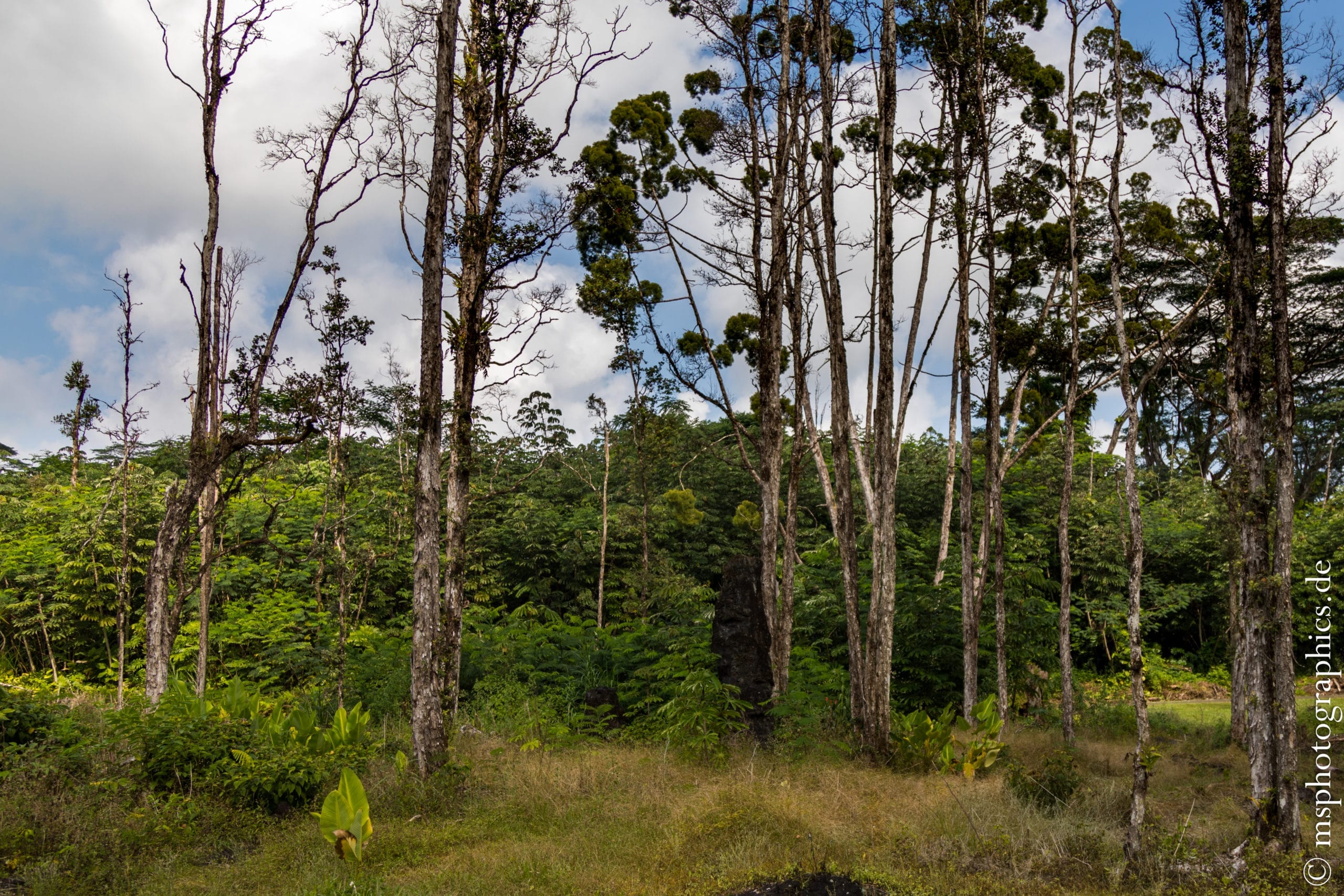




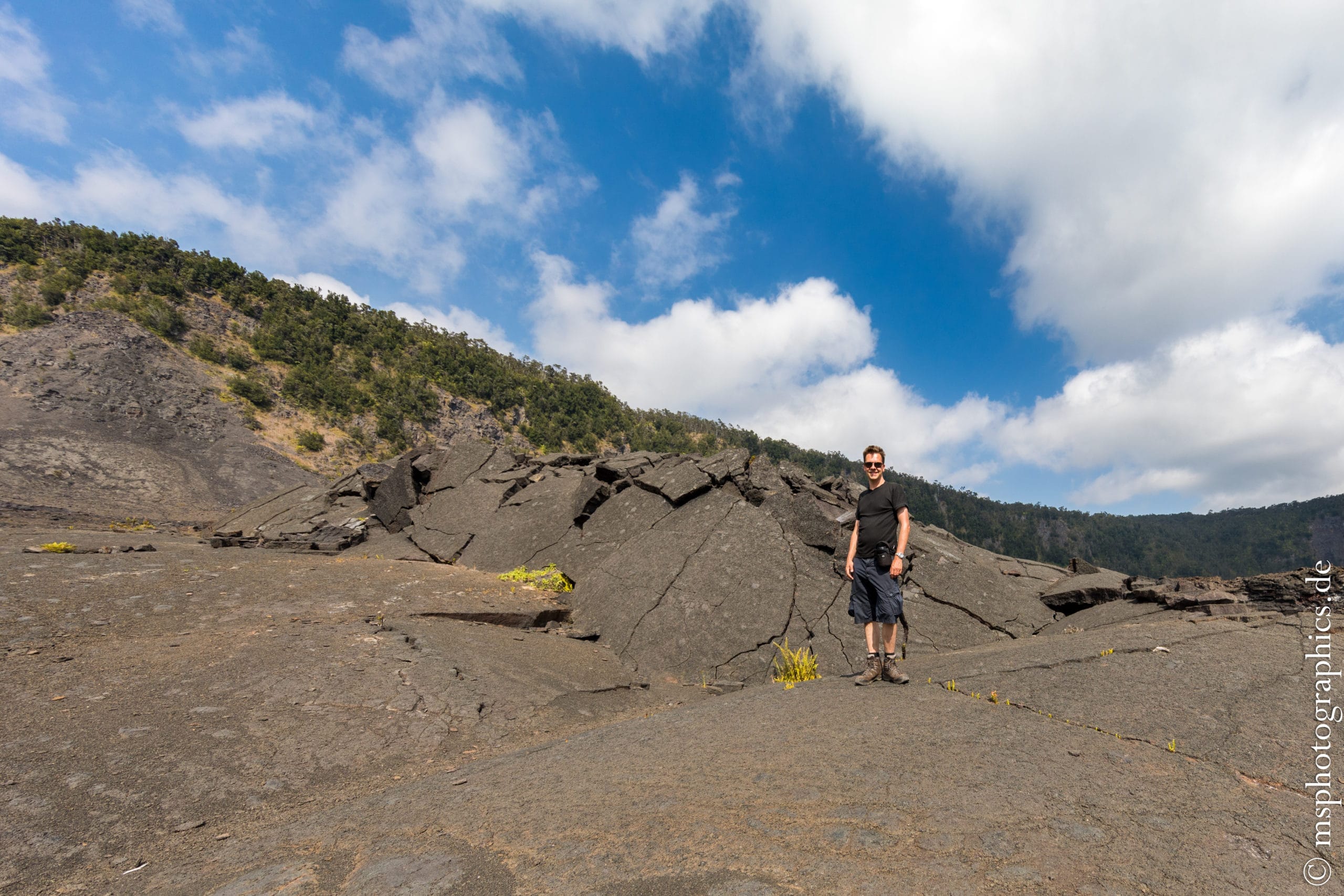
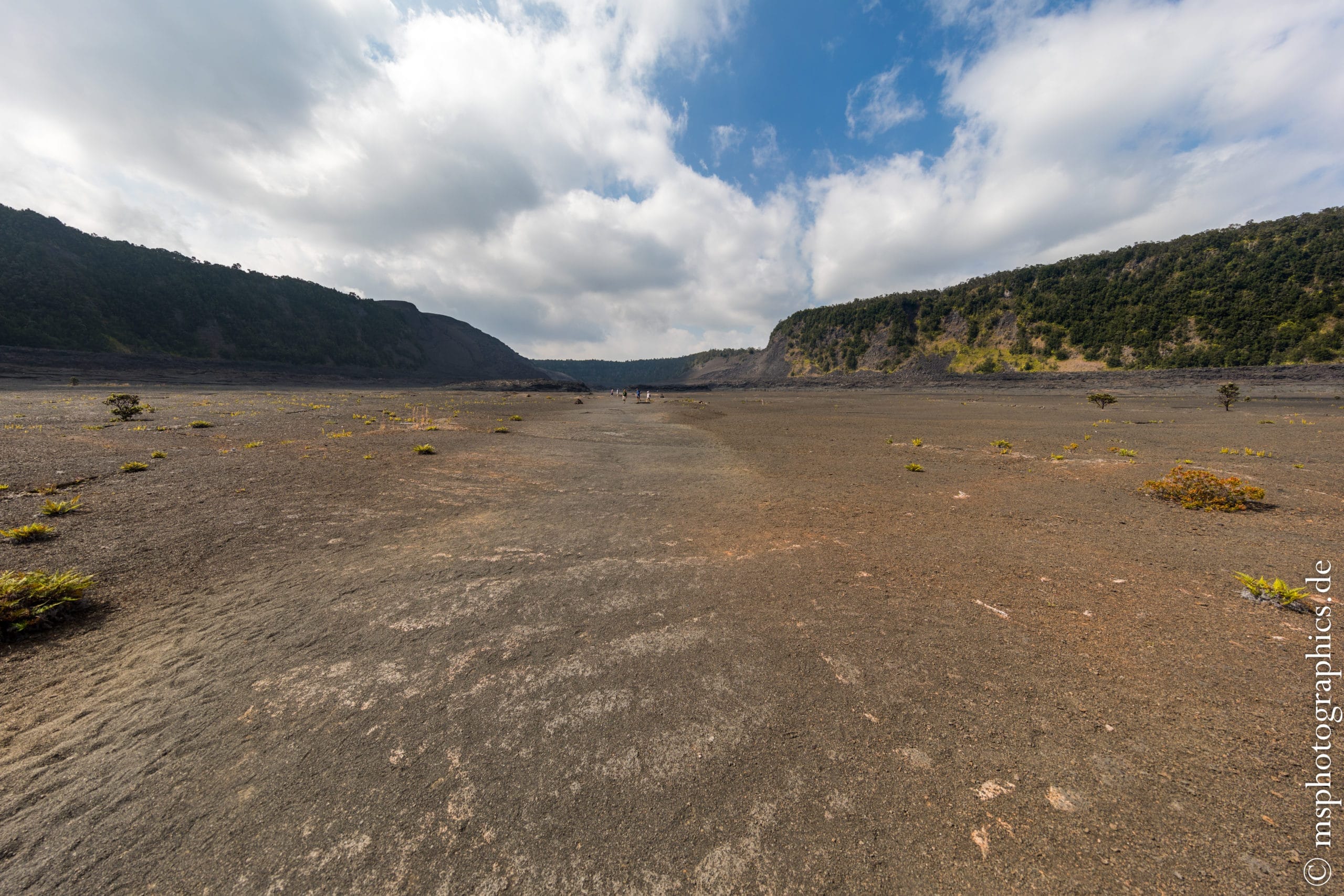
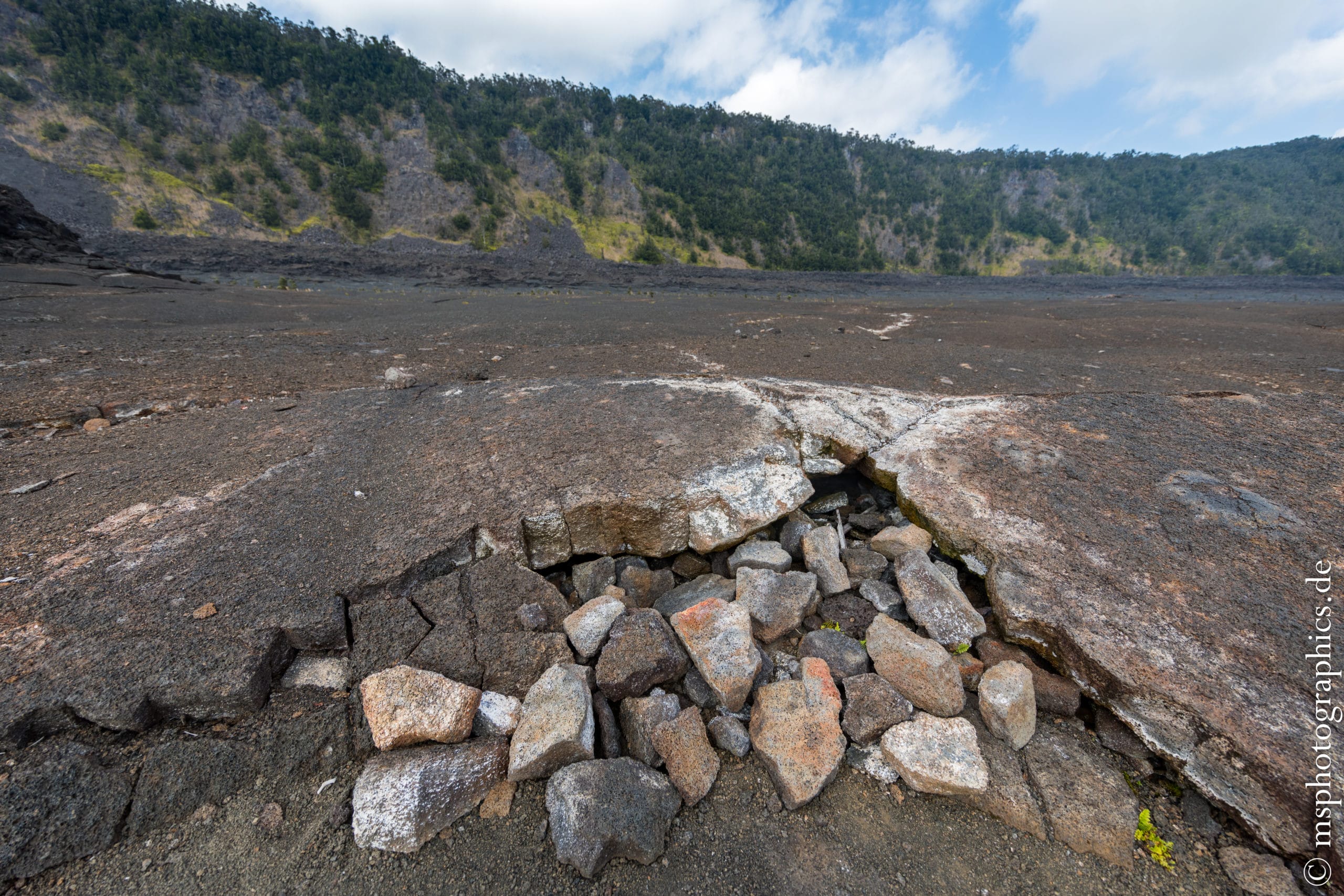
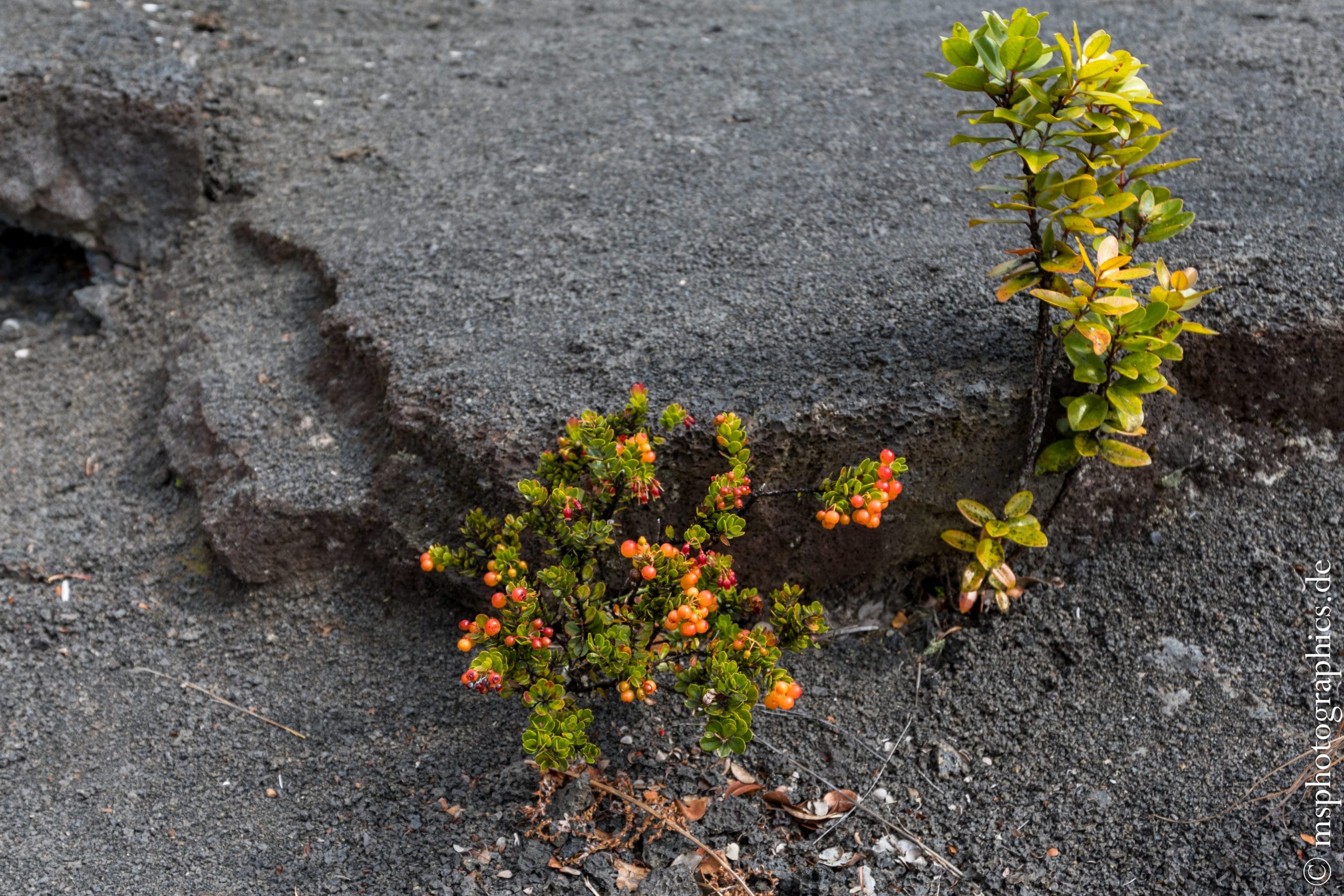



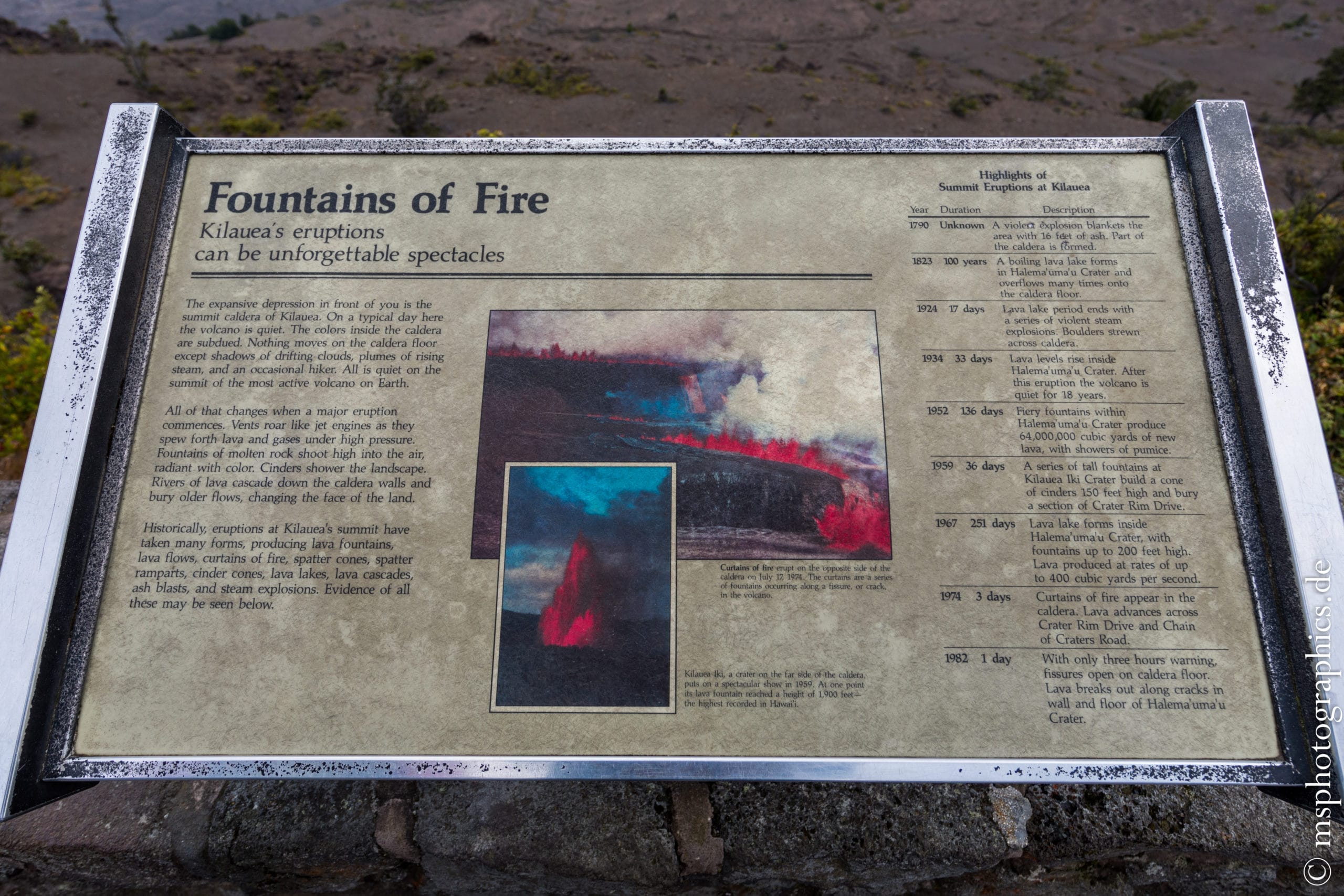
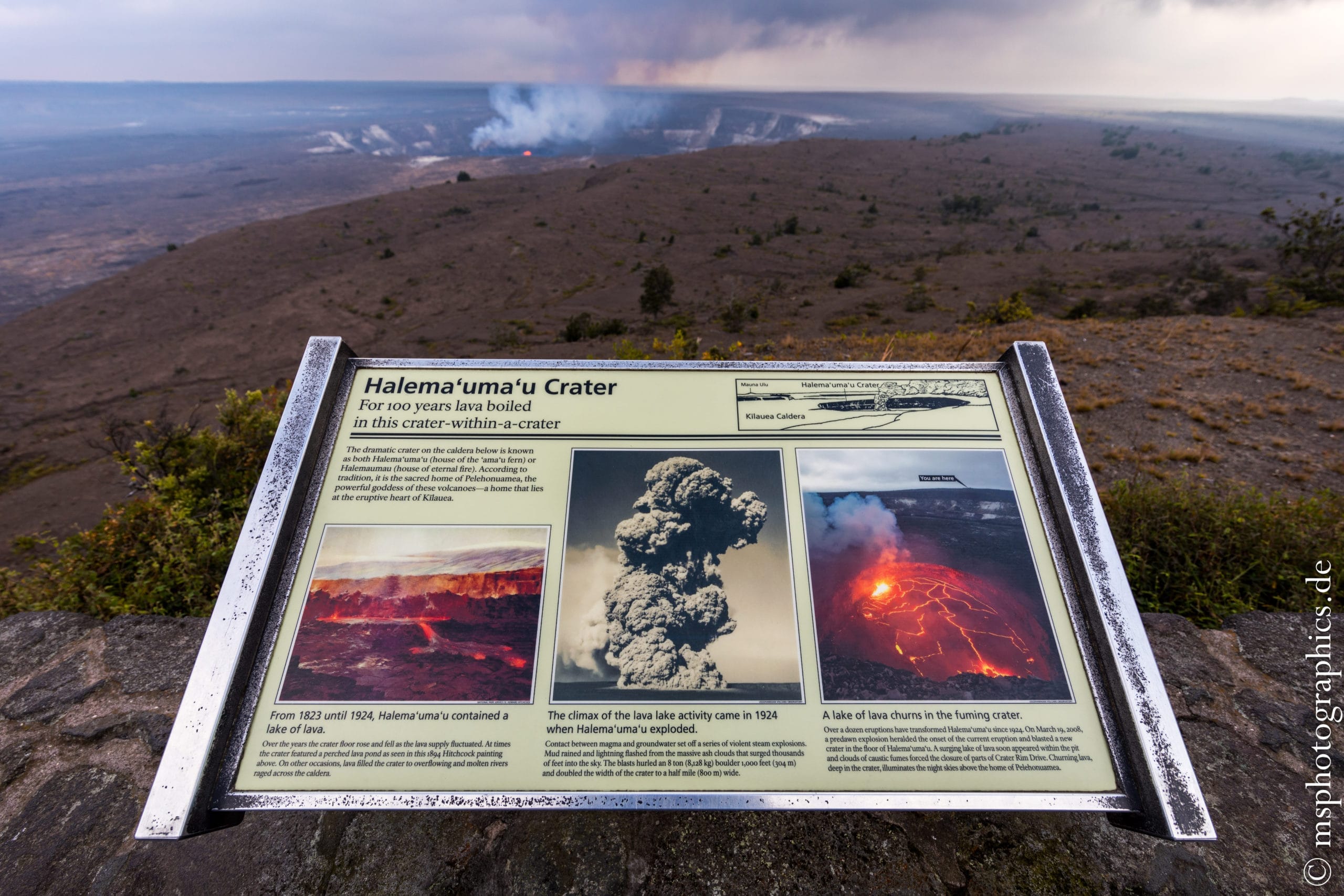
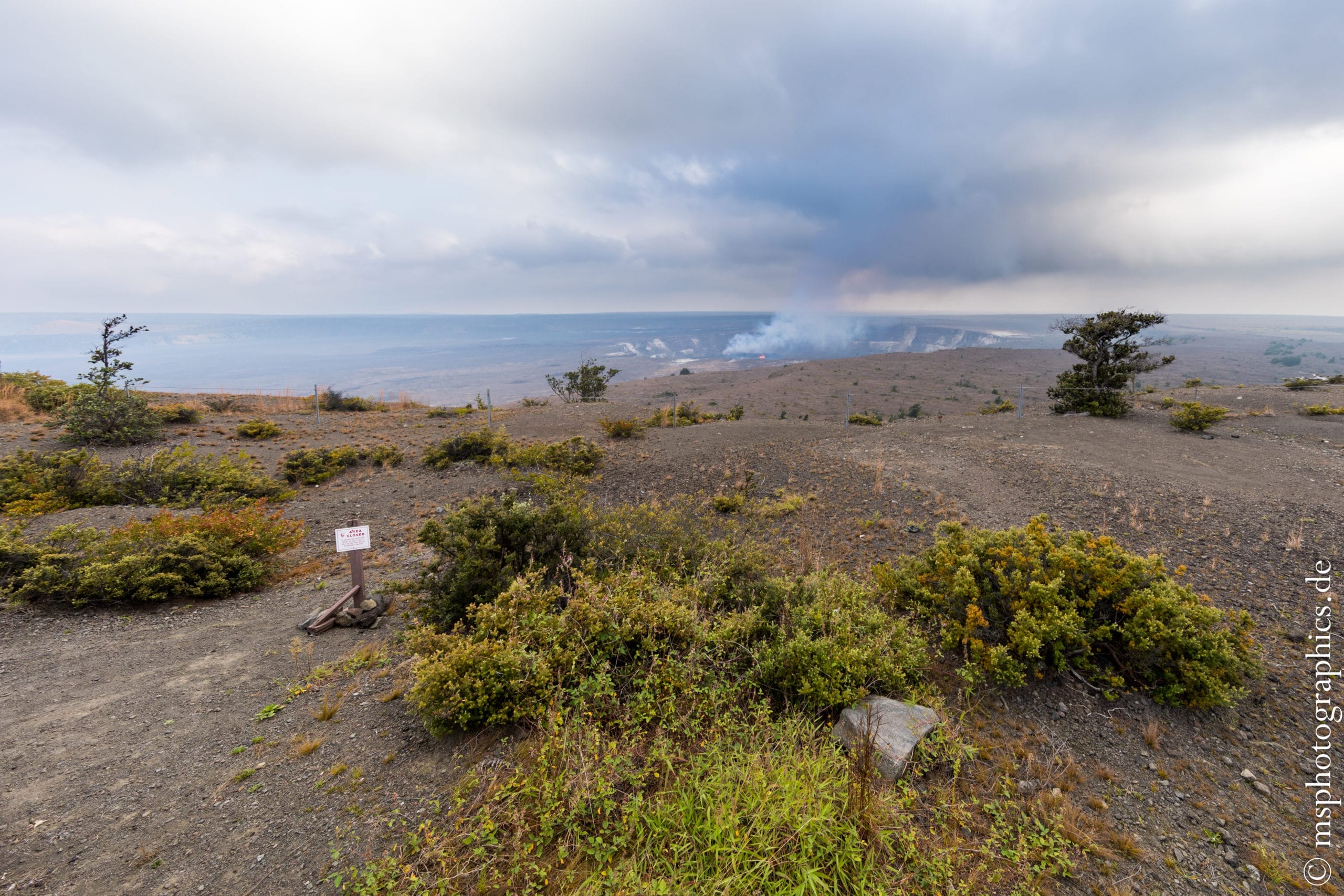

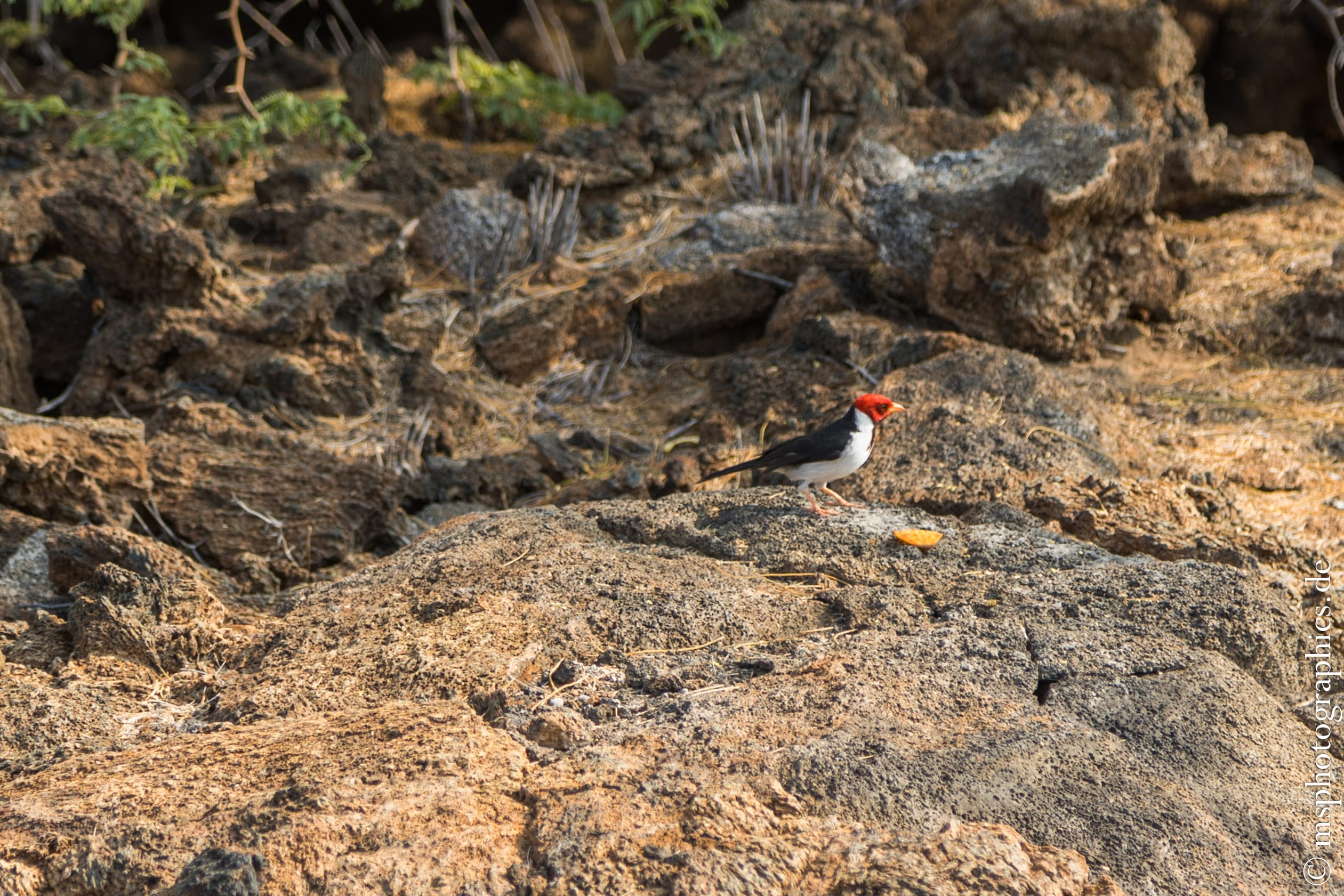
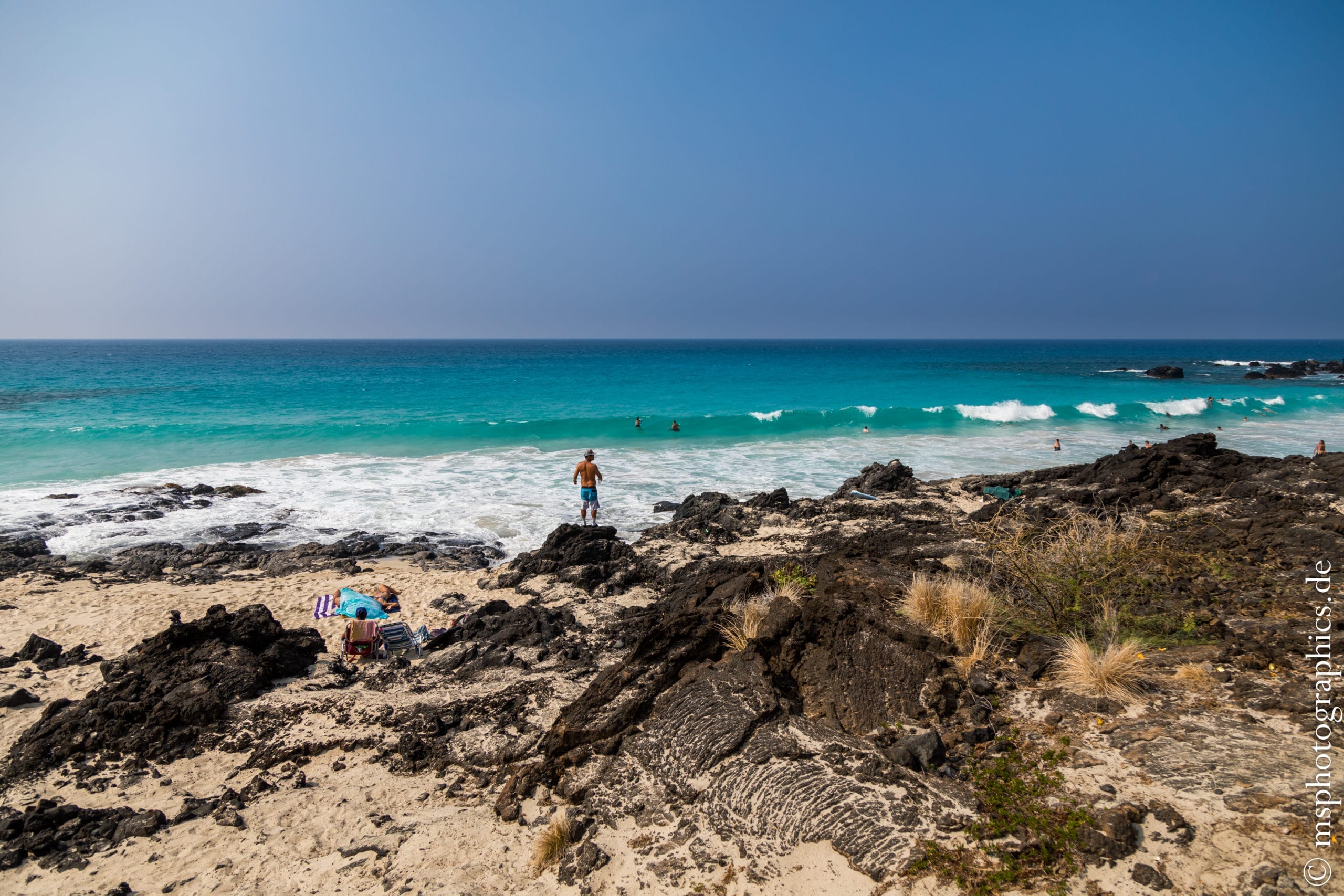


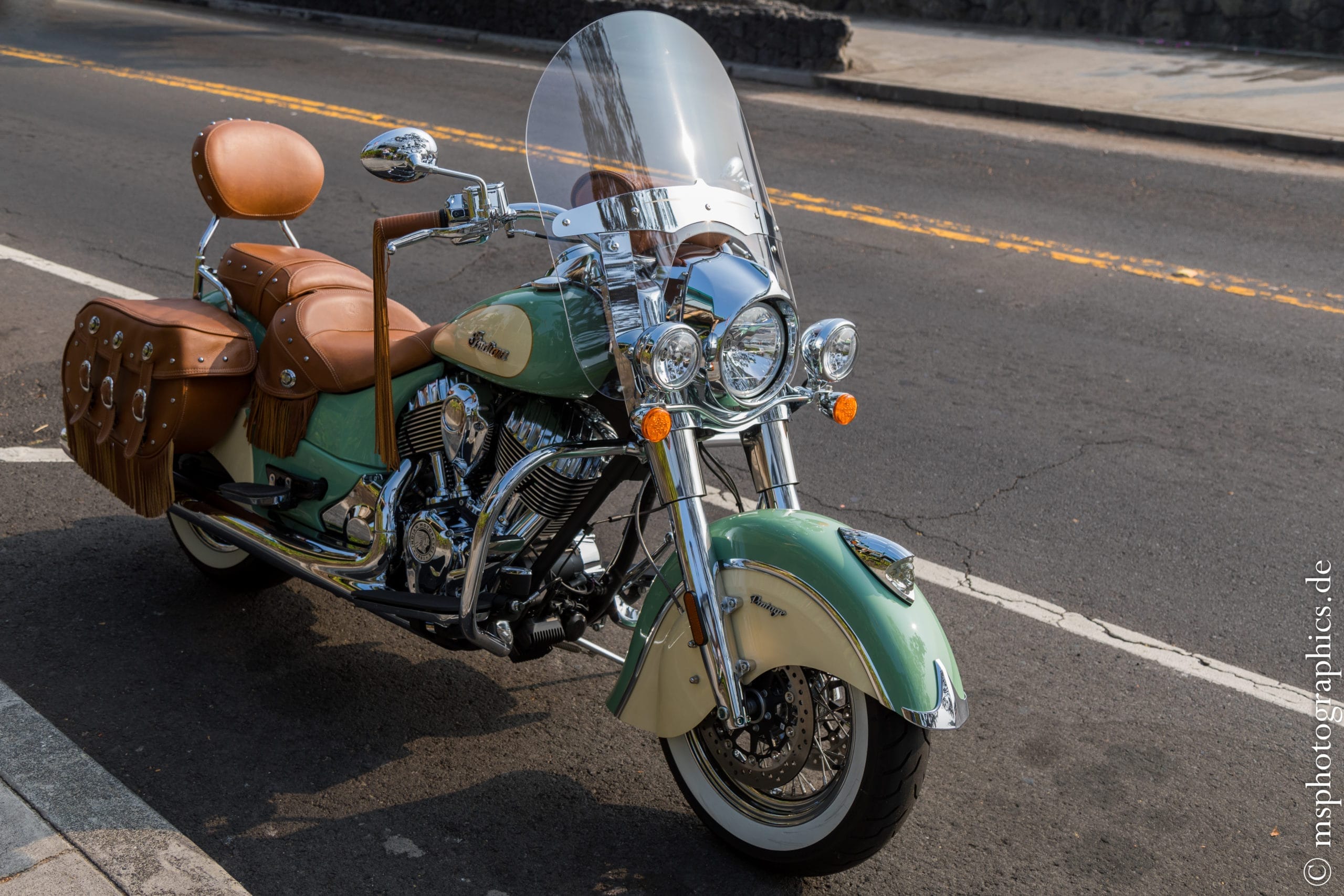
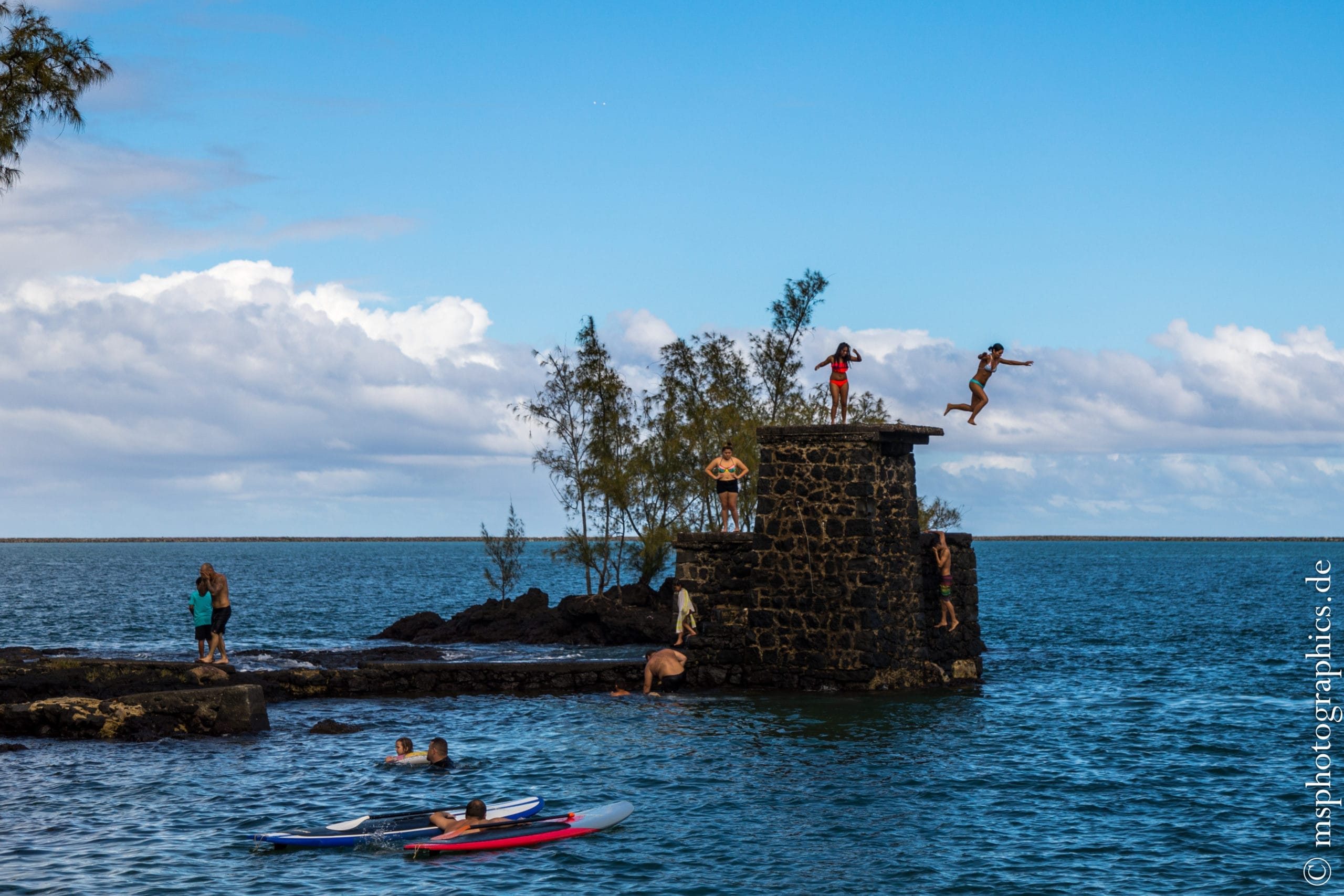
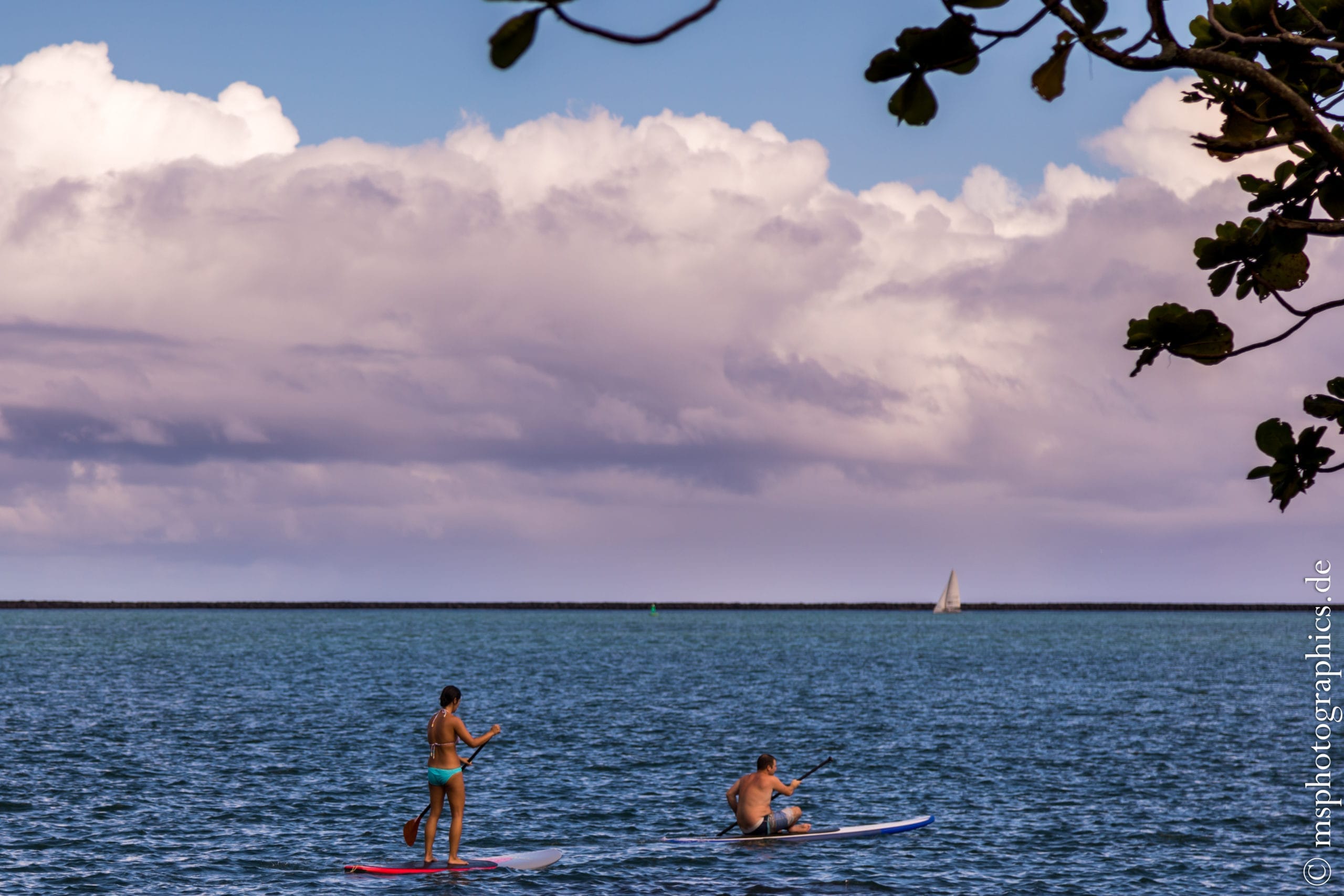
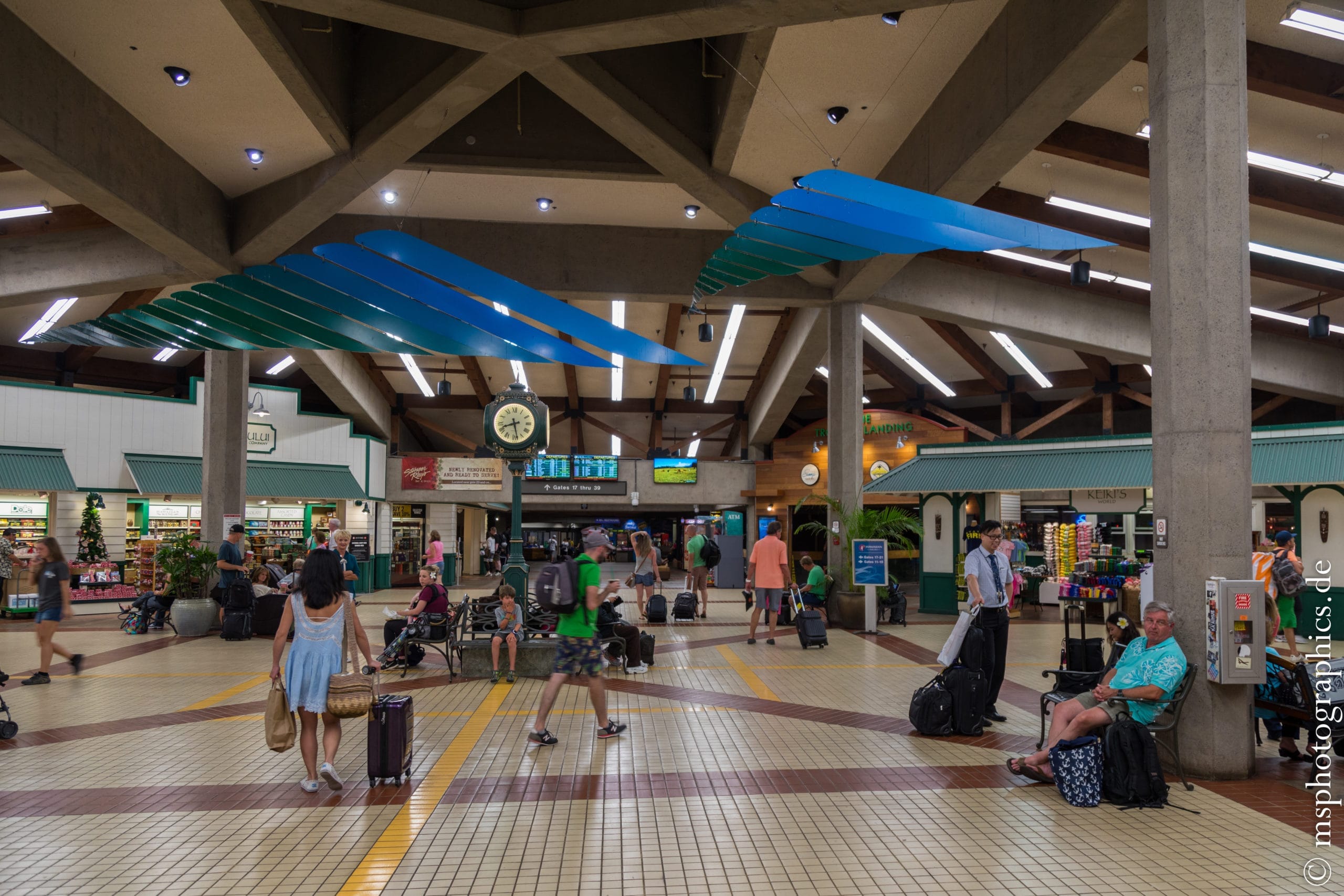

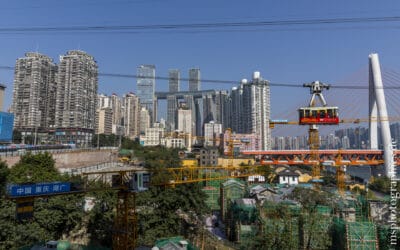
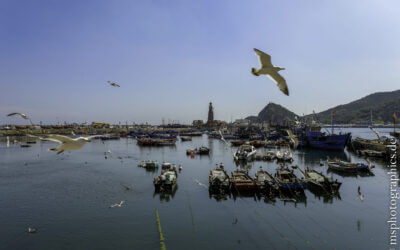

0 Comments